Best DJI drone 2025: the finest flying cameras from its impressive range
We've ranked the best DJI drones you can buy right now
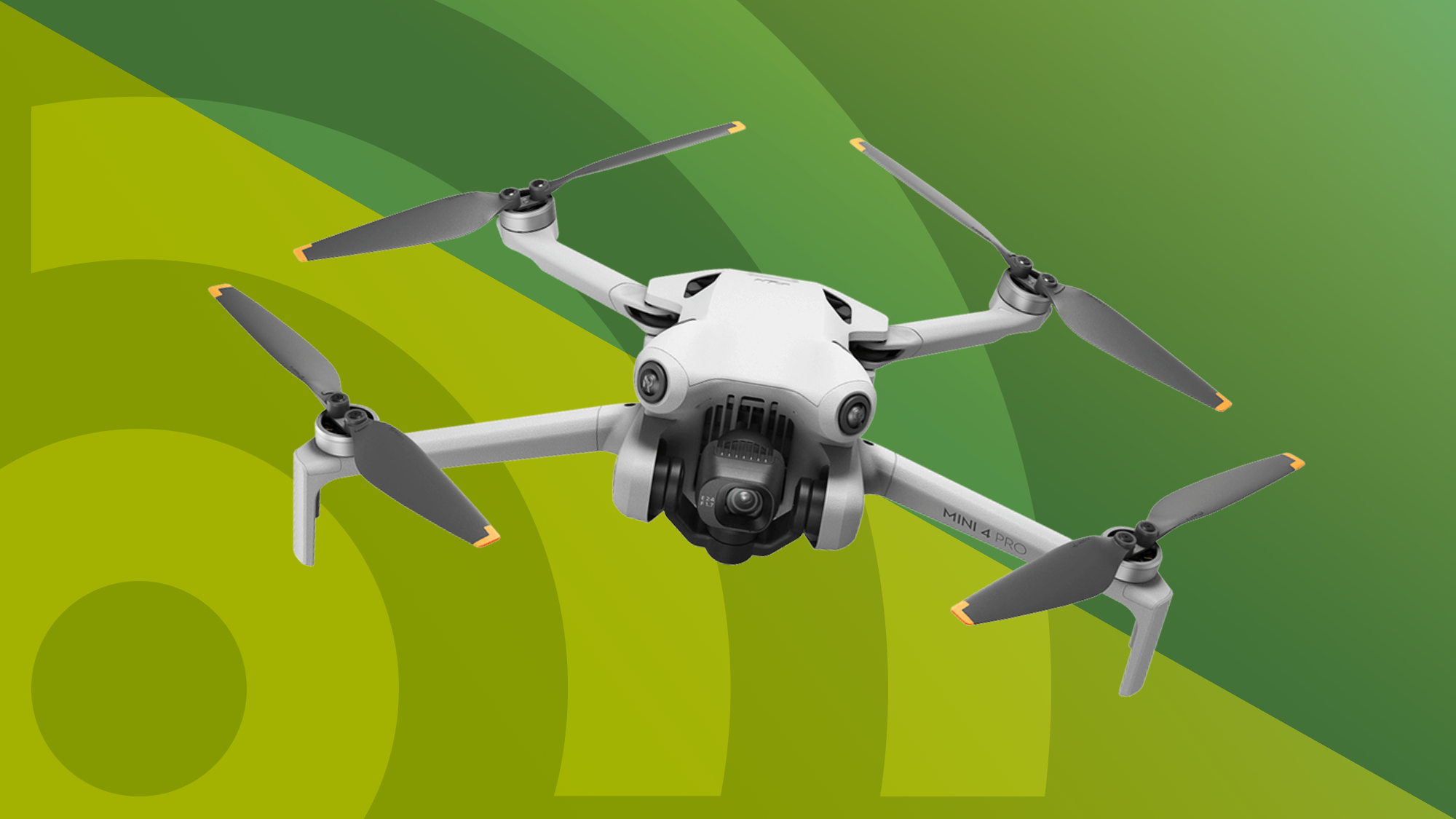
It’s no secret that DJI makes some of the best drones you can buy: based on our in-depth tests, there’s a capable drone in its line-up for every kind of pilot. From entry-level models to professional flying machines, we’ve flown every DJI drone and summarized our feedback here – to help you choose the right one.
Each DJI drone offers something different. If we had to choose just one to recommend, it would be the DJI Mini 4 Pro: in testing, we found it easy to fly yet capable of impressive footage. We also appreciated the presence of subject-tracking and obstacle avoidance sensors. That said, the variety of DJI’s range means there might be another drone better suited to your needs.
In the guide below, you’ll find the results of our reviews distilled and divided for easy reading. Whether you’re looking for a folding model which lands at less than 250g, or a flagship flyer with pro-grade features, you’ll find it here – complete with all of our expert insights, based on countless hours of flying time.
Top 3 picks
If you don’t have time to read our full list of the best DJI drones, you can read the round-up below for a shortcut to the top options for your needs and budget. If you find one that takes your fancy, use the links to jump to our full write-up.
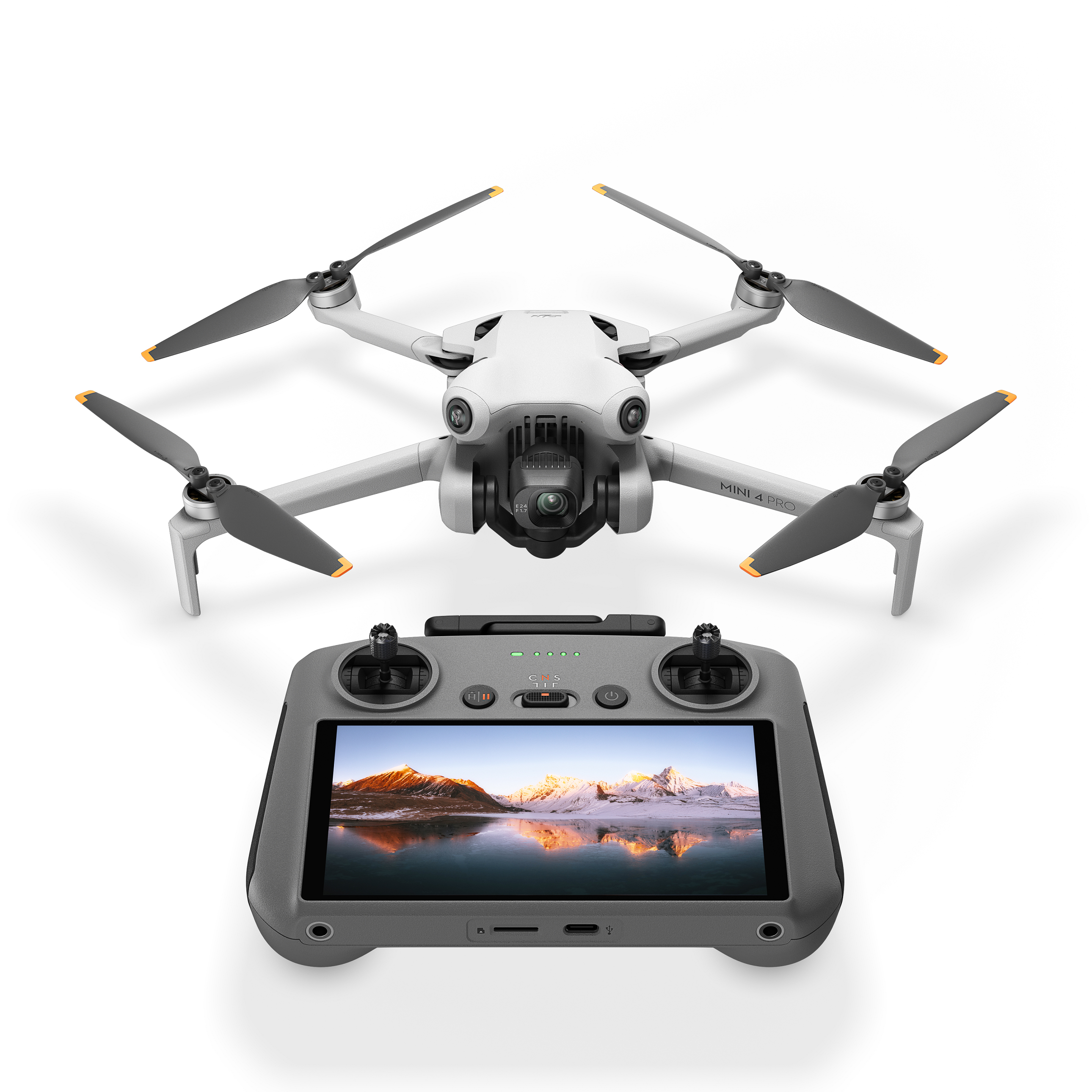
The best sub-250g DJI drone
Packing the abilities of a bigger drone into usefully compact packaging, we think the DJI Mini 4 Pro is the best sub-250g DJI drone you can buy.
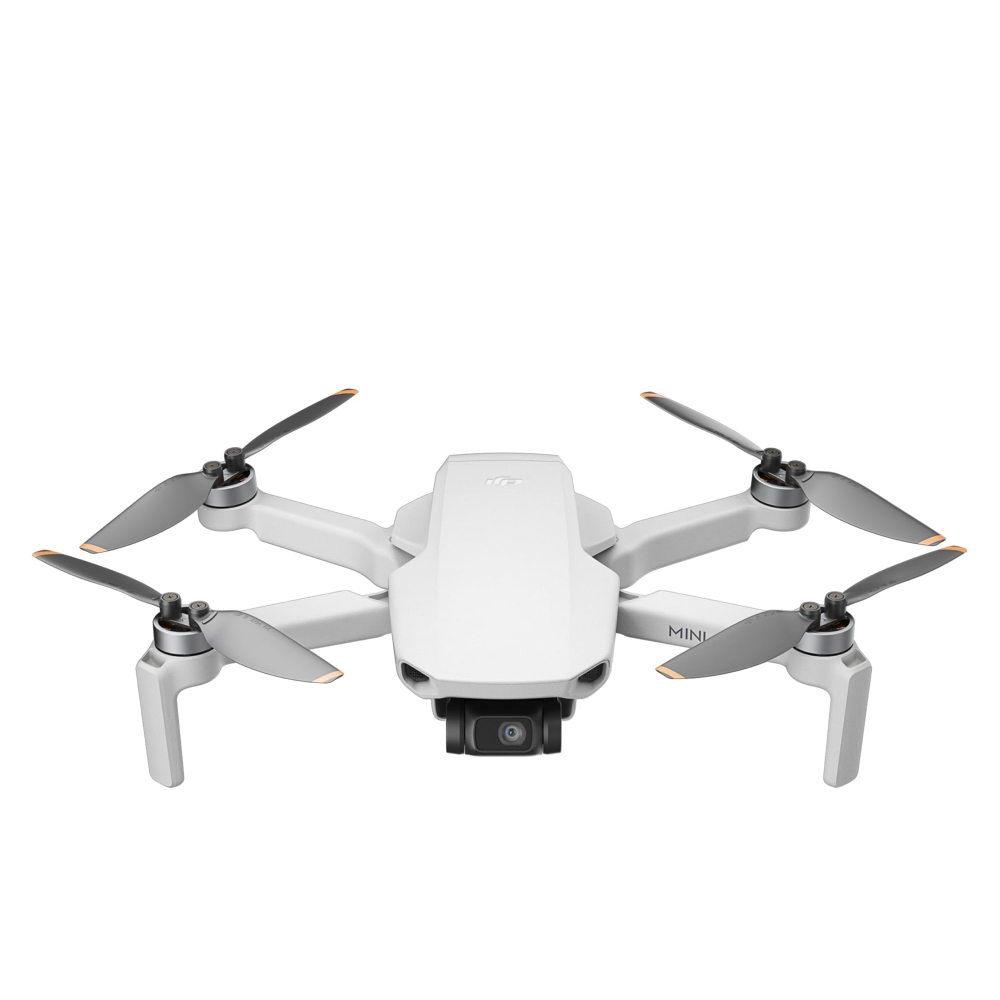
The best DJI drone for beginners
An entry-level drone with 4K video, 2x digital zoom and generous flight times, the DJI Mini 4K is easy to fly and offers excellent value for beginners.
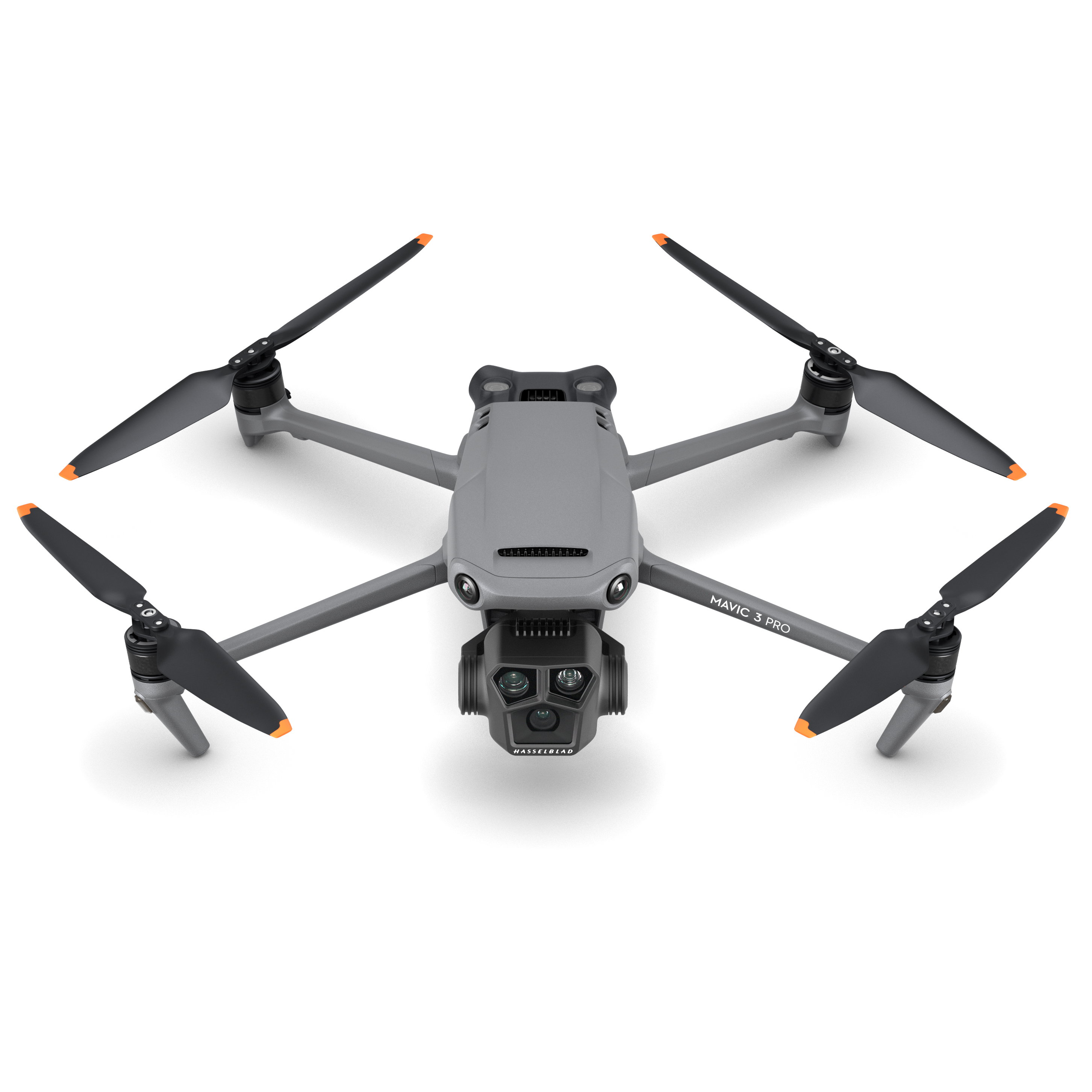
The best DJI drone for aerial photography
DJI’s flagship is the first consumer drone with three cameras; a main micro-four-thirds sensor with 24mm lens, together with 3x and 7x zoom options.
Best by use-case
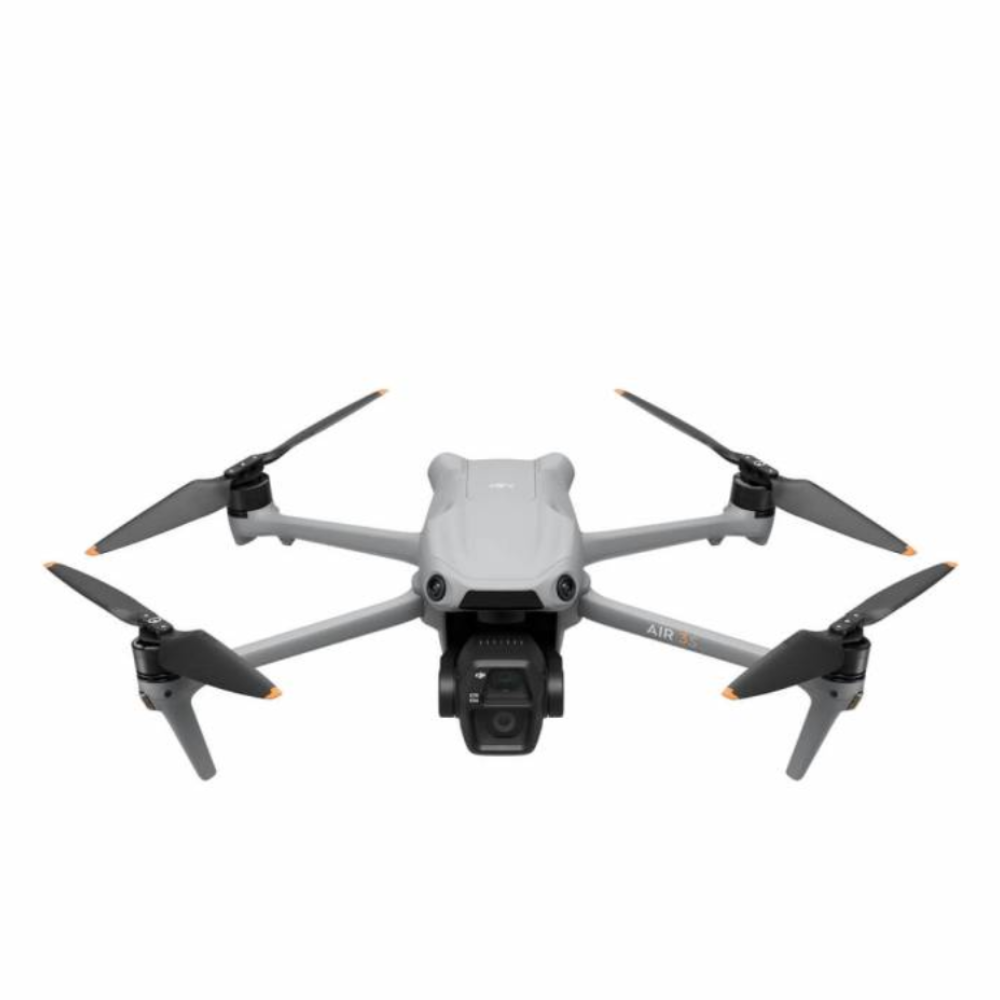
The best all-rounder for enthusiasts
A minor upgrade to the already excellent Air 3, the Air 3S is a multi-camera drone with easy controls, superb battery life and solid all-round performance.
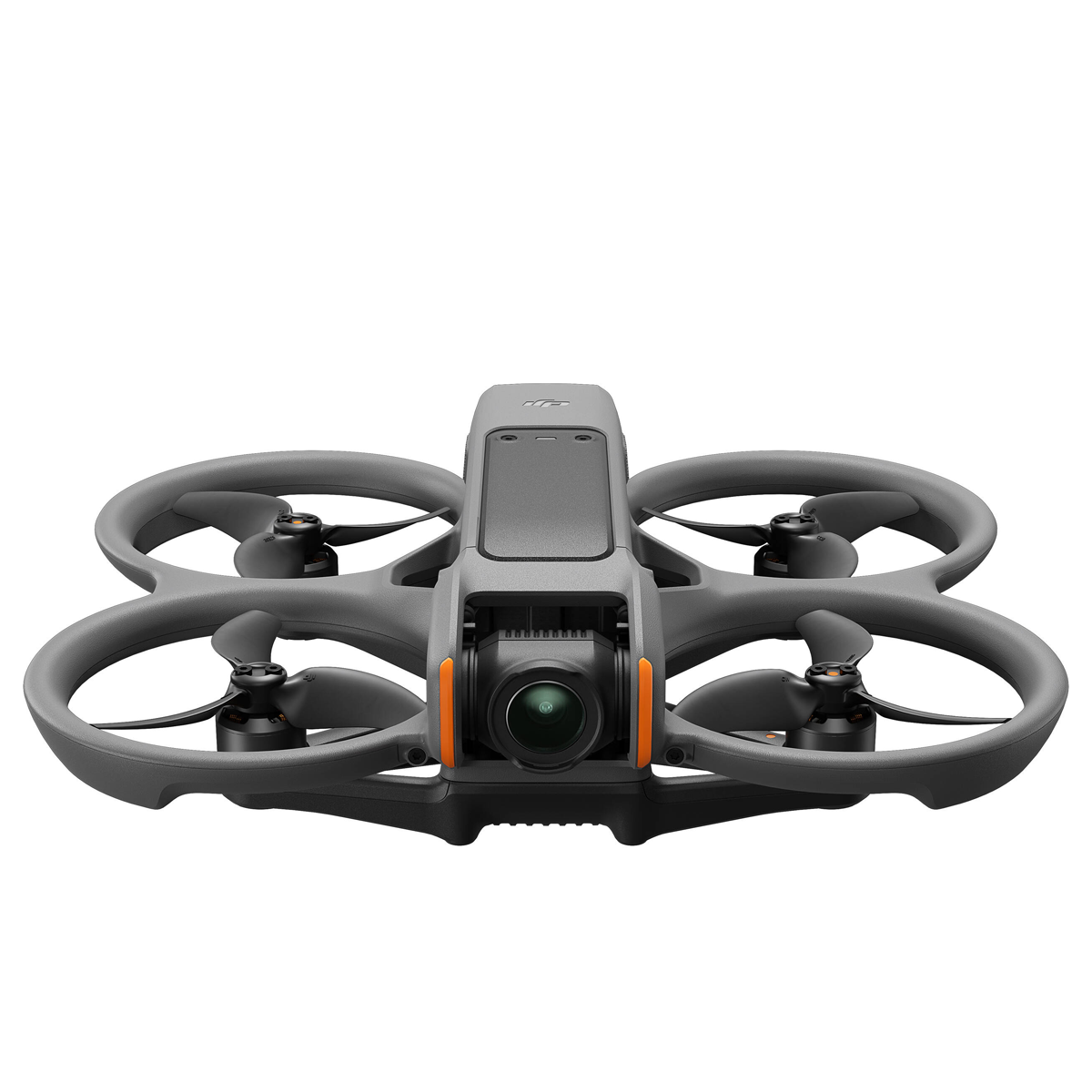
The best DJI drone to learn pilot skills
Easy to fly straight out of the box, the Avata 2 offers unrivalled FPV immersion, thanks to long flight times, top image quality and improved goggles.
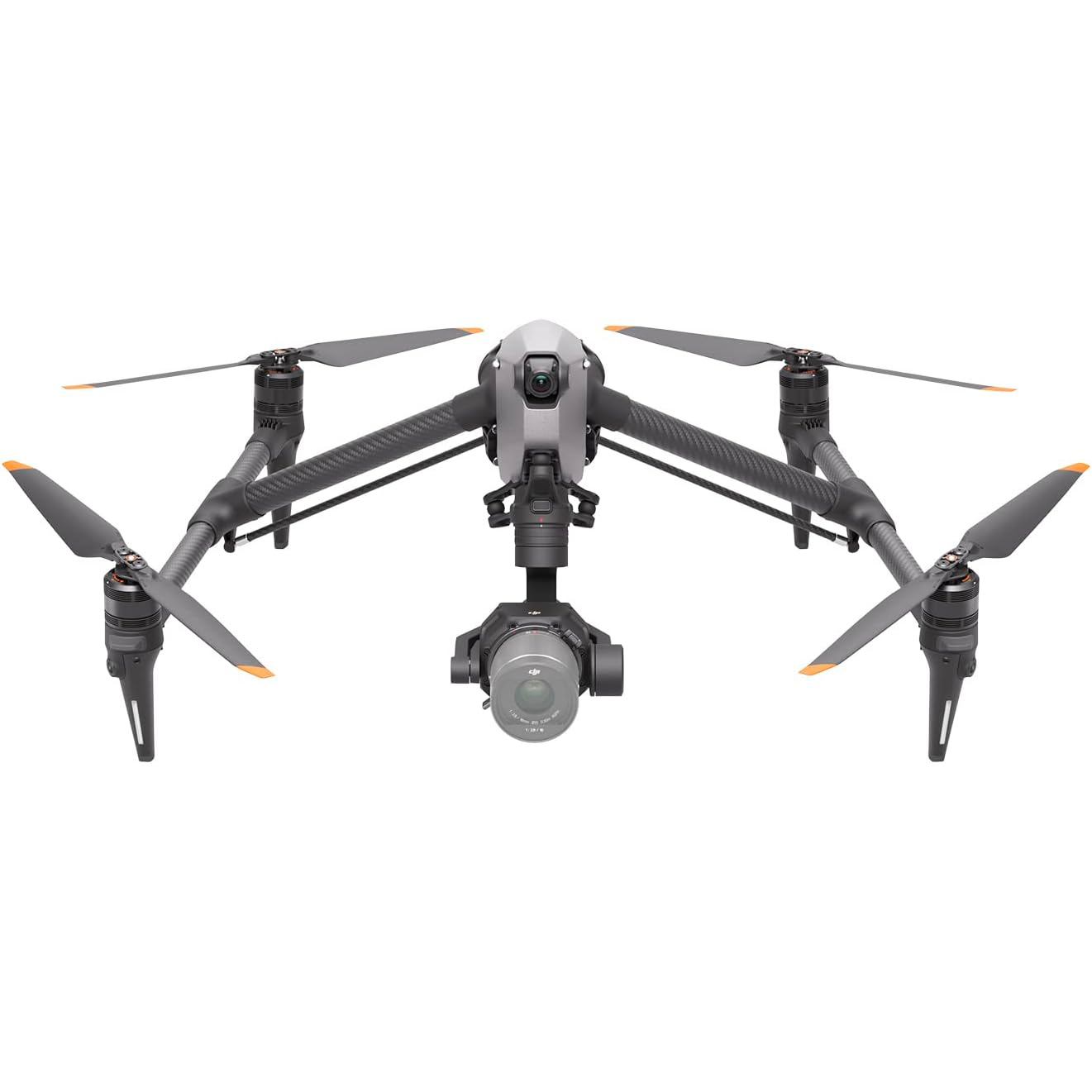
The best DJI drone for pros
A heavy but seriously pro drone, the Inspire 3 offers excellent image quality, smooth and precise flights, with the flexibility of interchangeable lenses.
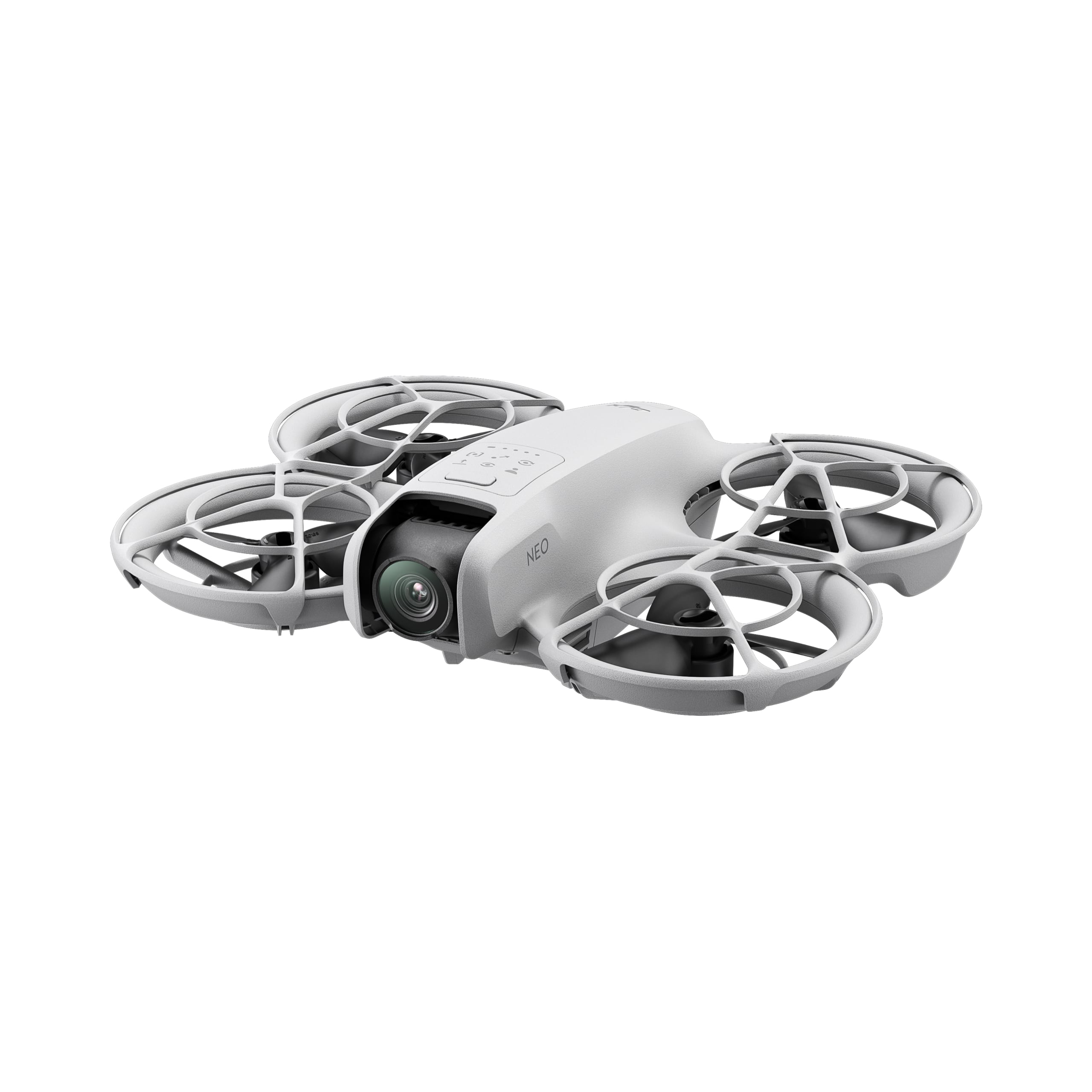
The best for selfies
Similar to the HoverAir X1 selfie drone, the Neo goes one step further with multi-control options, including controller-less, DJI's Fly app, FPV and remote.

Tim is TechRadar’s Cameras Editor. With more than 15 years’ experience as a photographer and tech journalist, Tim has an extensive practical knowledge of photography equipment. He’s flown many of the best drones over the last few years, including most of DJI’s drone family. Tim notes, “DJI has established a firm reputation as the leading drone manufacturer. At all levels of its line-up, DJI drones are known for their class-leading image stabilization and reliable, accessible controls. DJI drones are competitively priced, plus with such short lifecycles you can find value by looking at capable models from a few years ago.”
The best DJI drones 2025
Why you can trust TechRadar
Below you'll find full write-ups for each of the best DJI drones in our list. We've tested each one extensively, so you can be sure that our recommendations can be trusted.
Best DJI drone overall
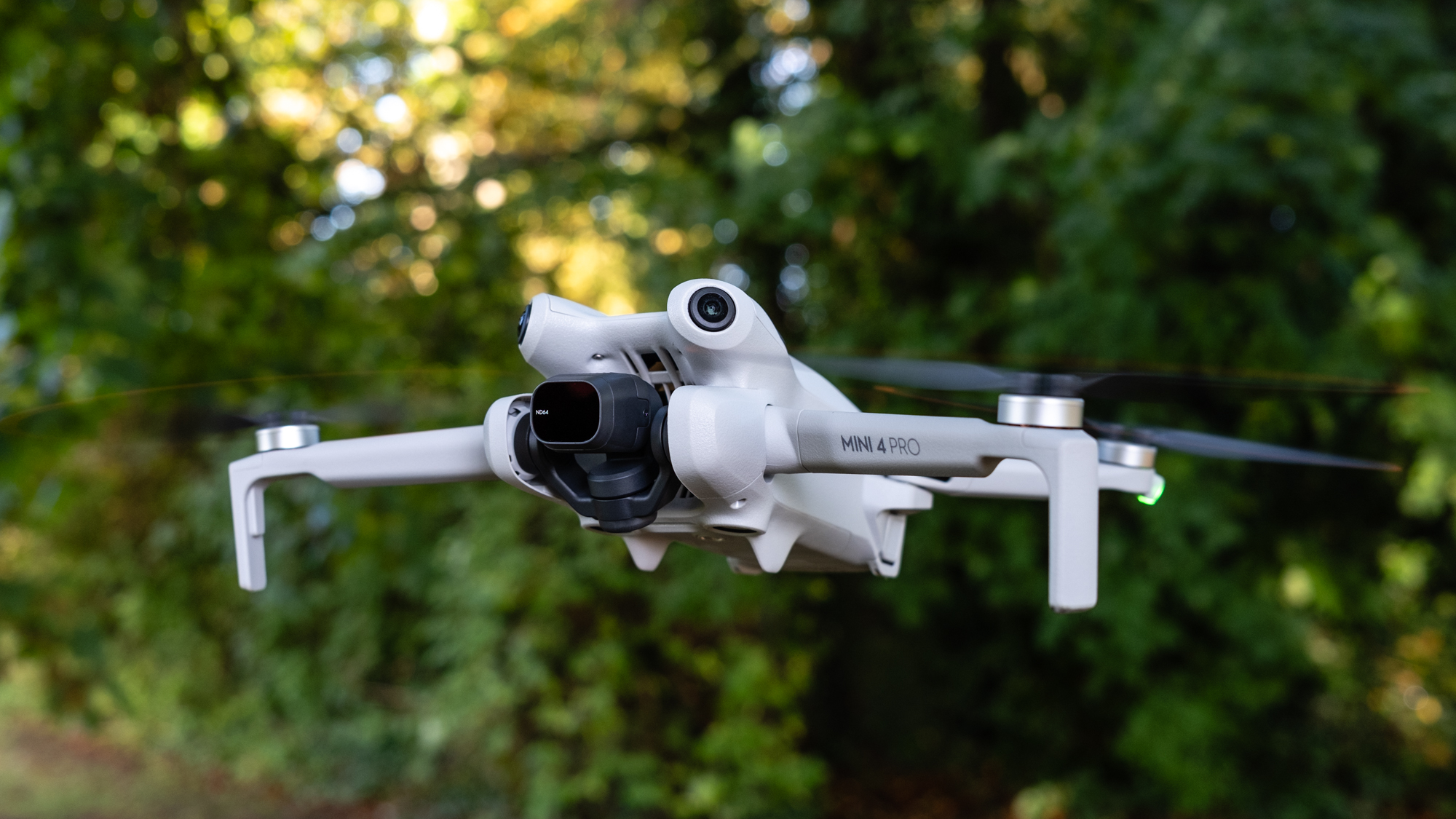
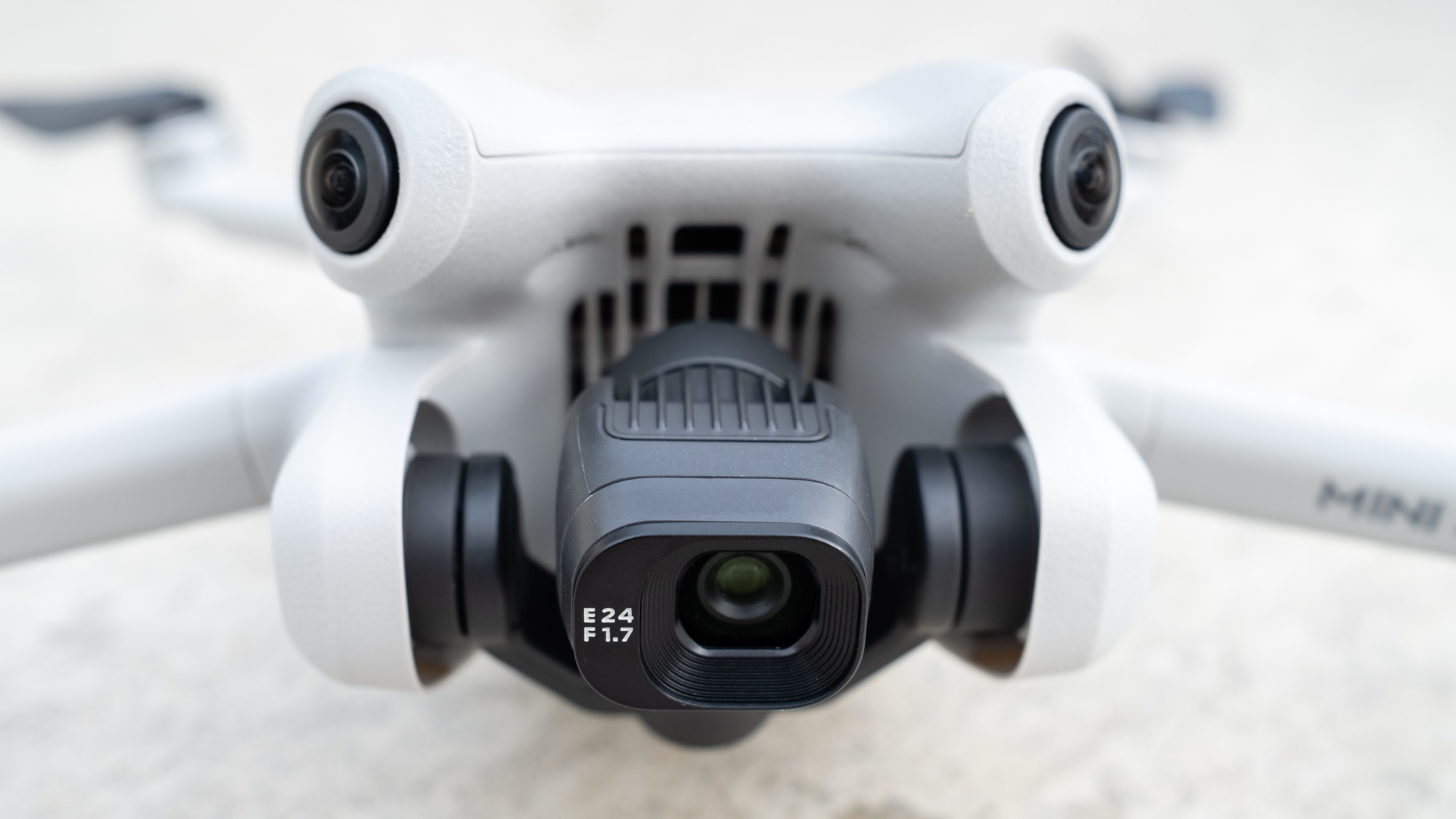
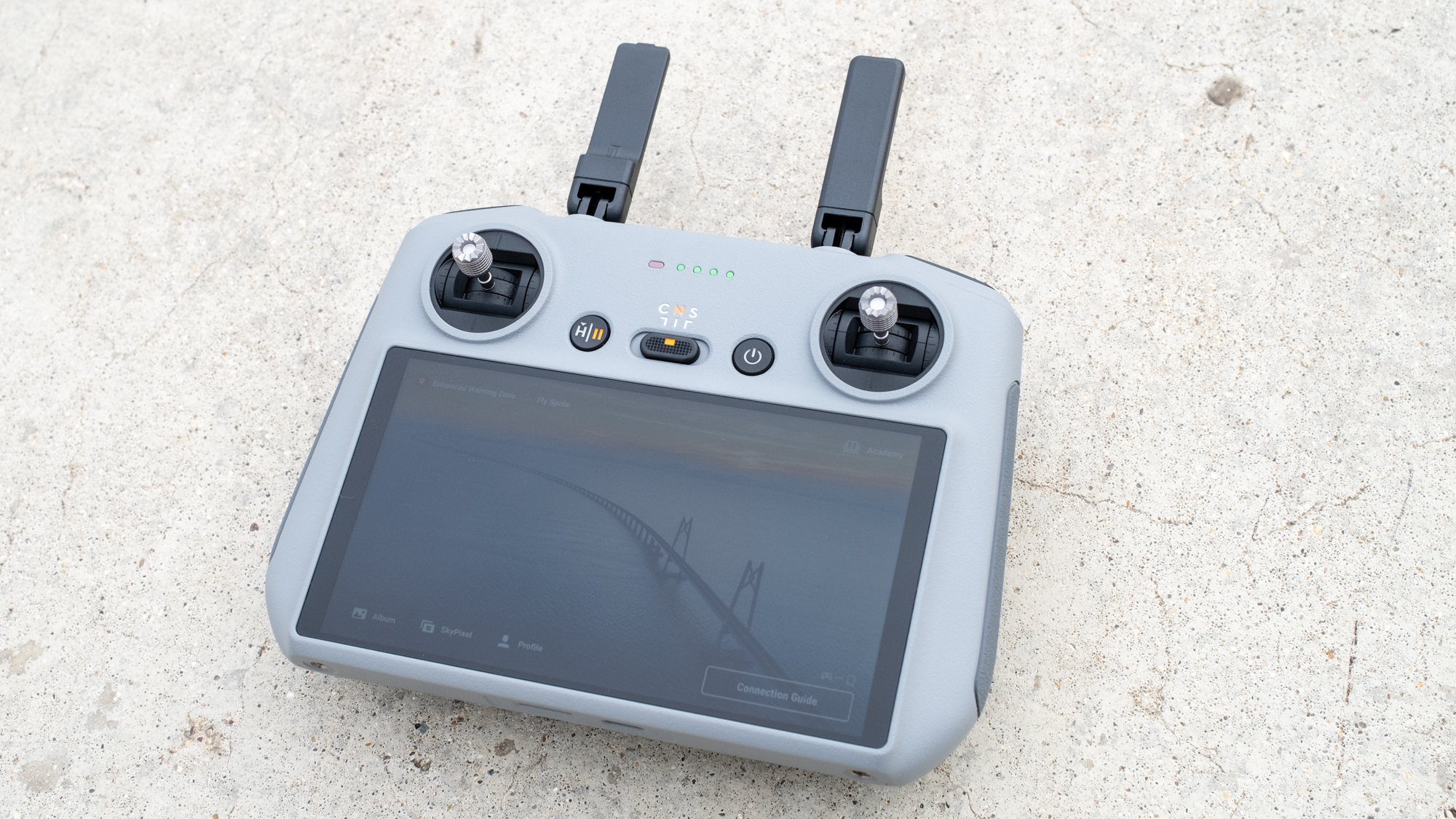
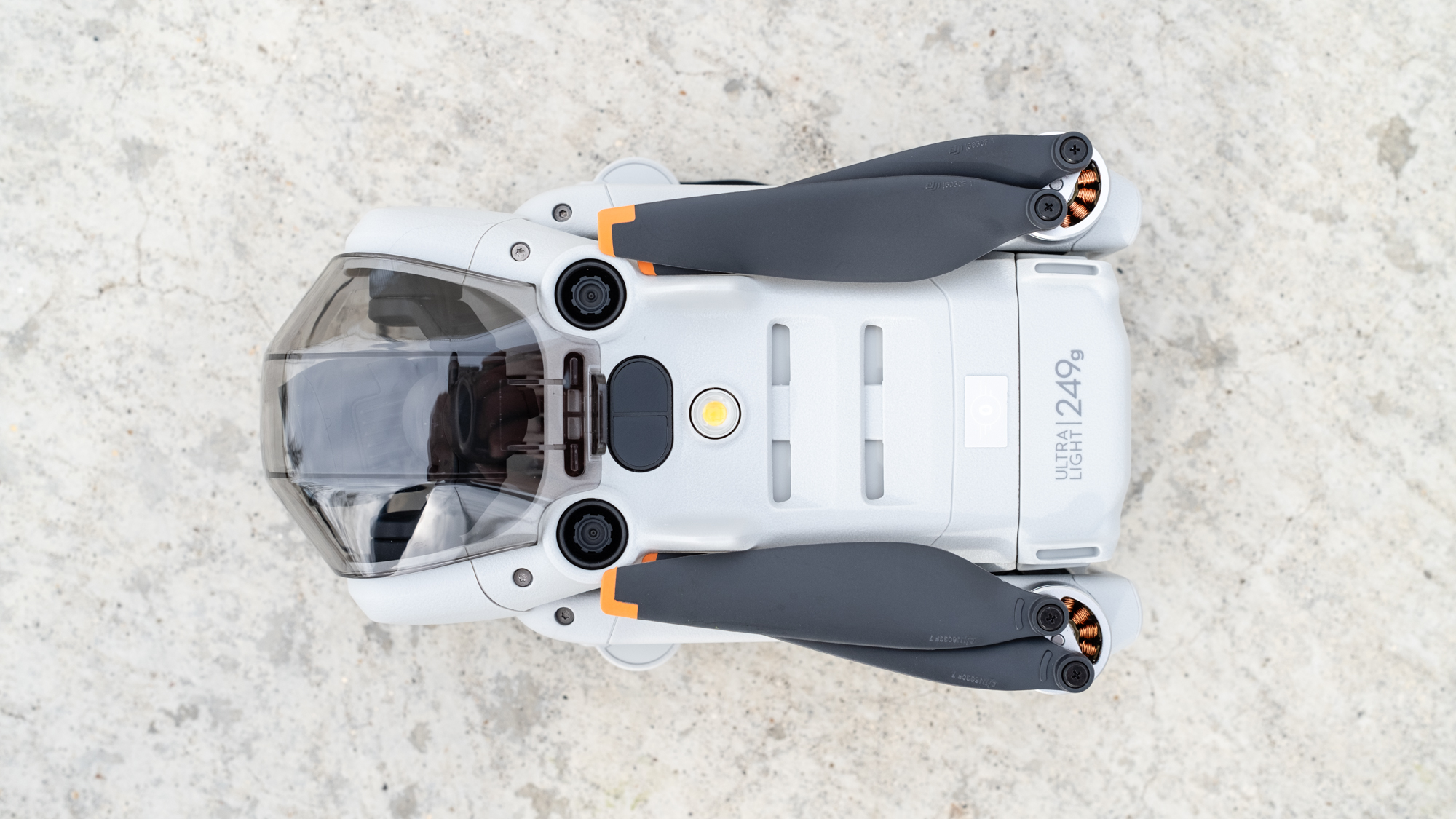
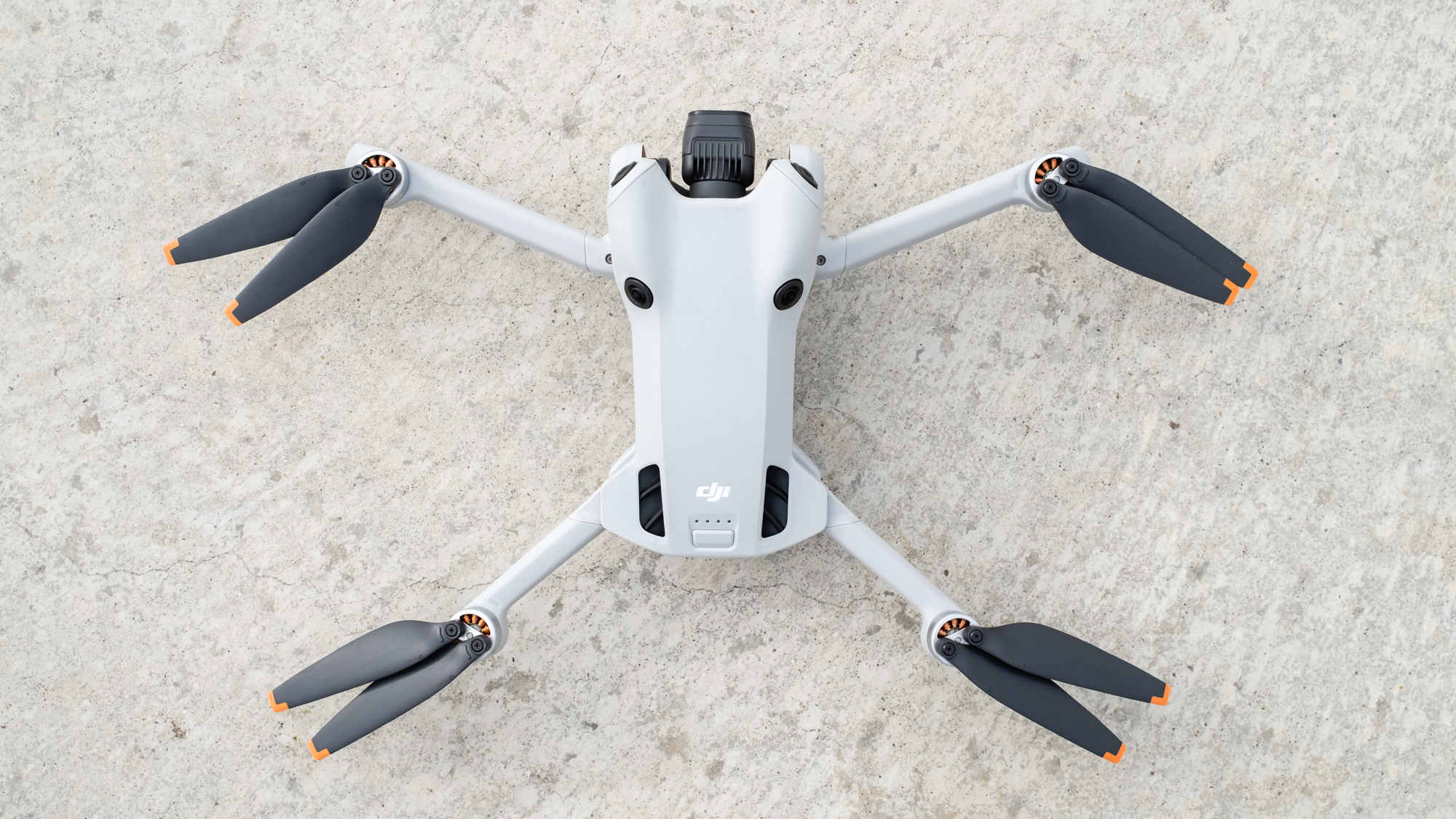
Specifications
Reasons to buy
Reasons to avoid
DJI Mini 4 Pro sample images
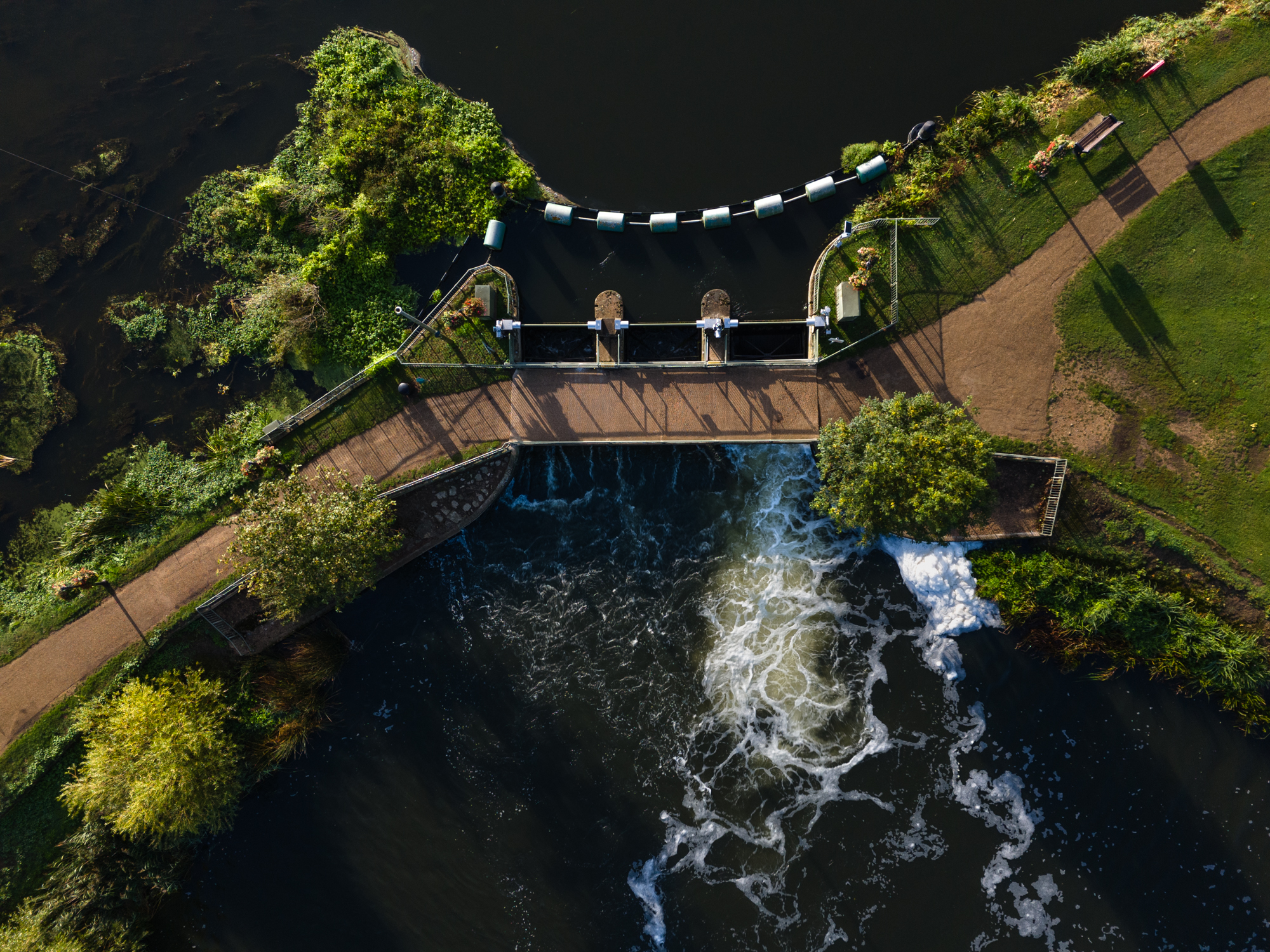
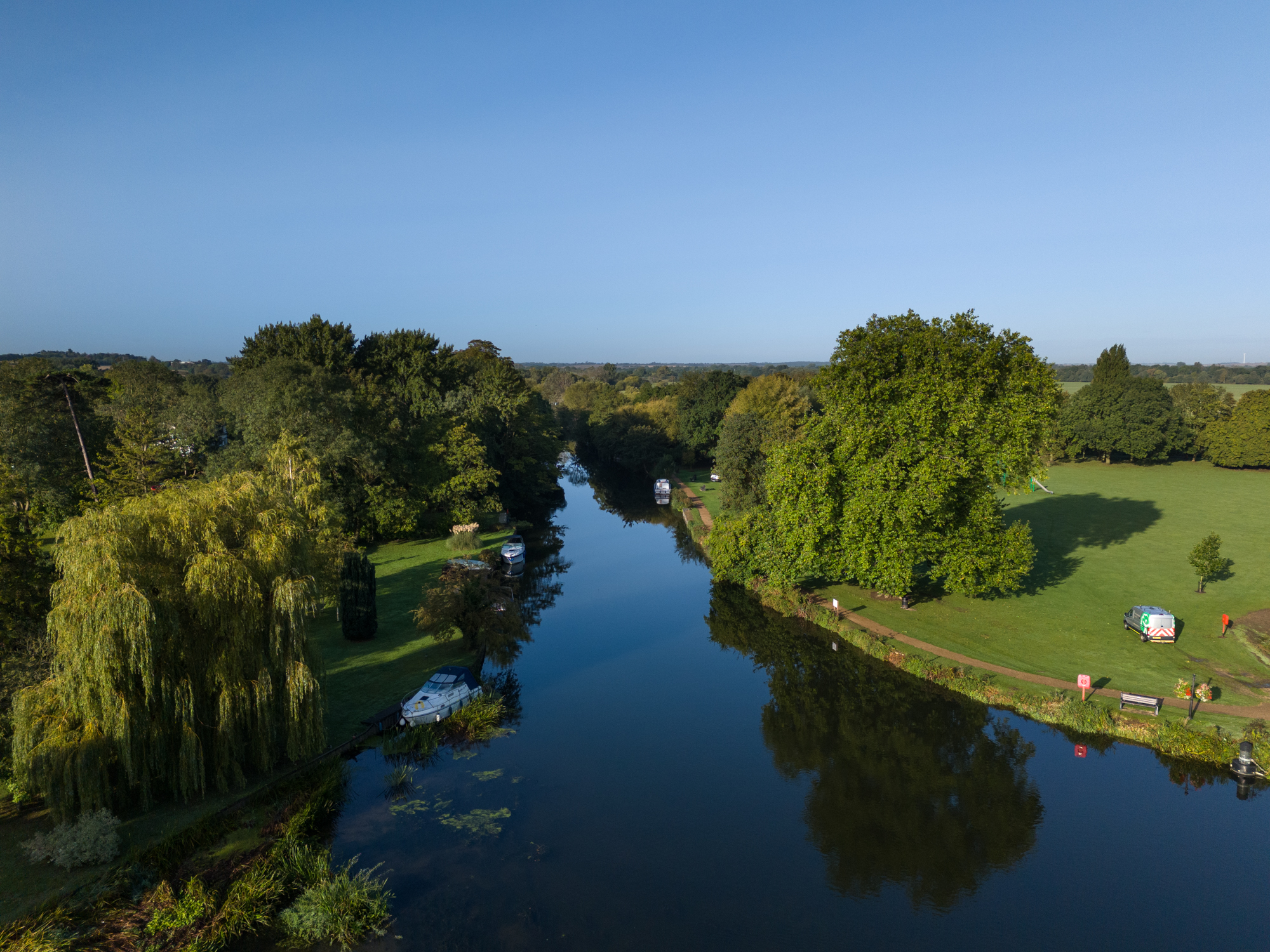
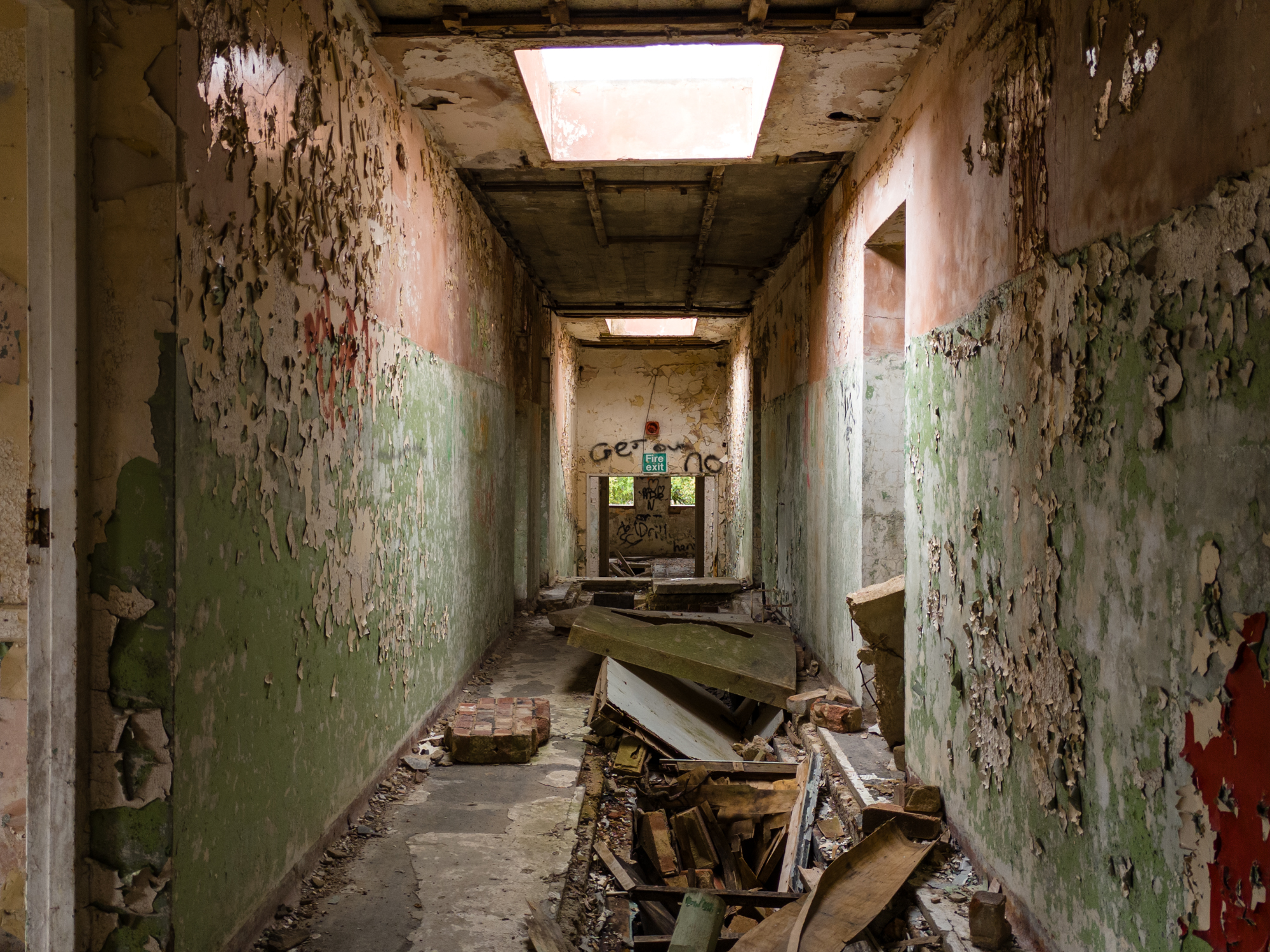
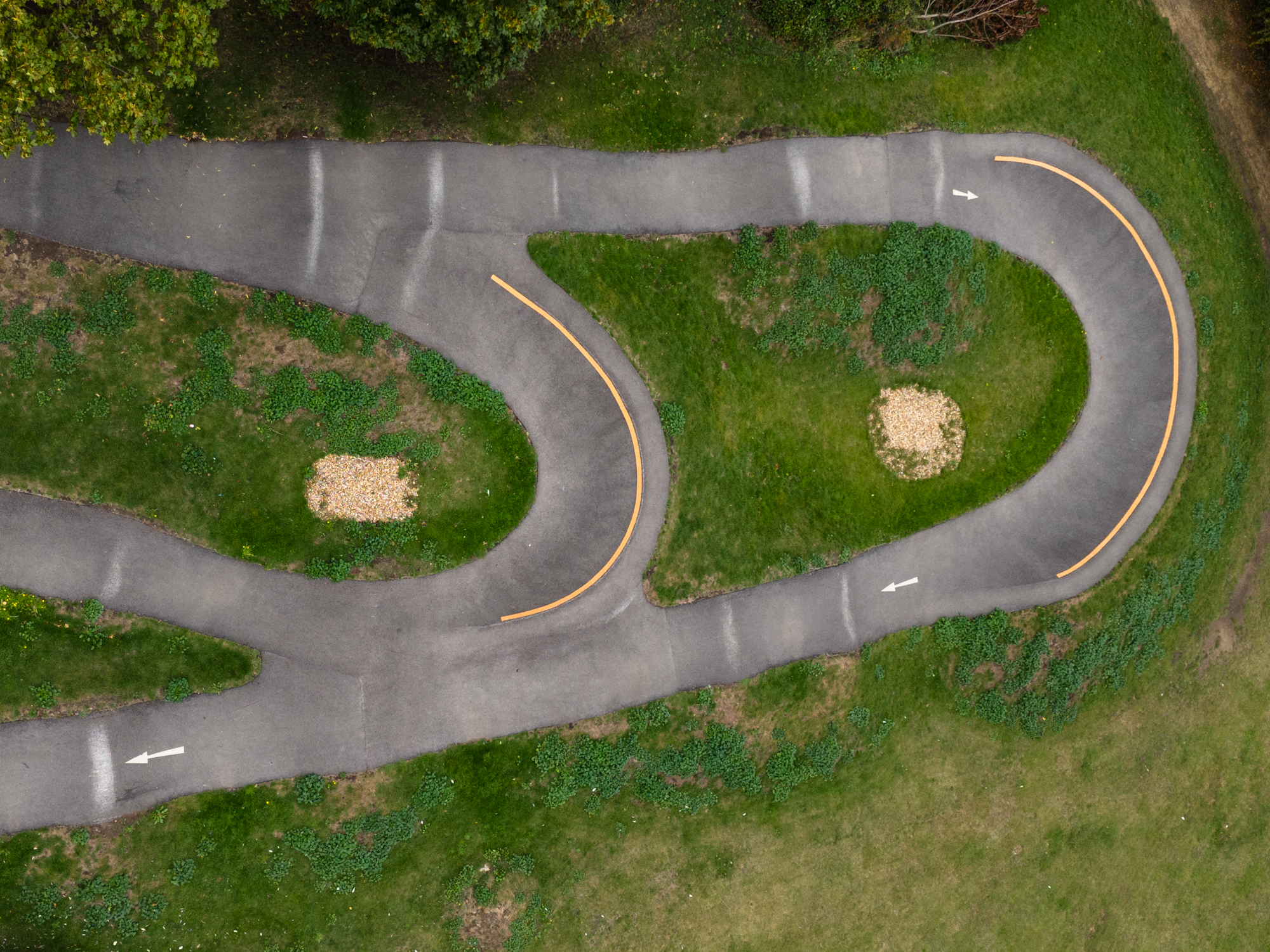
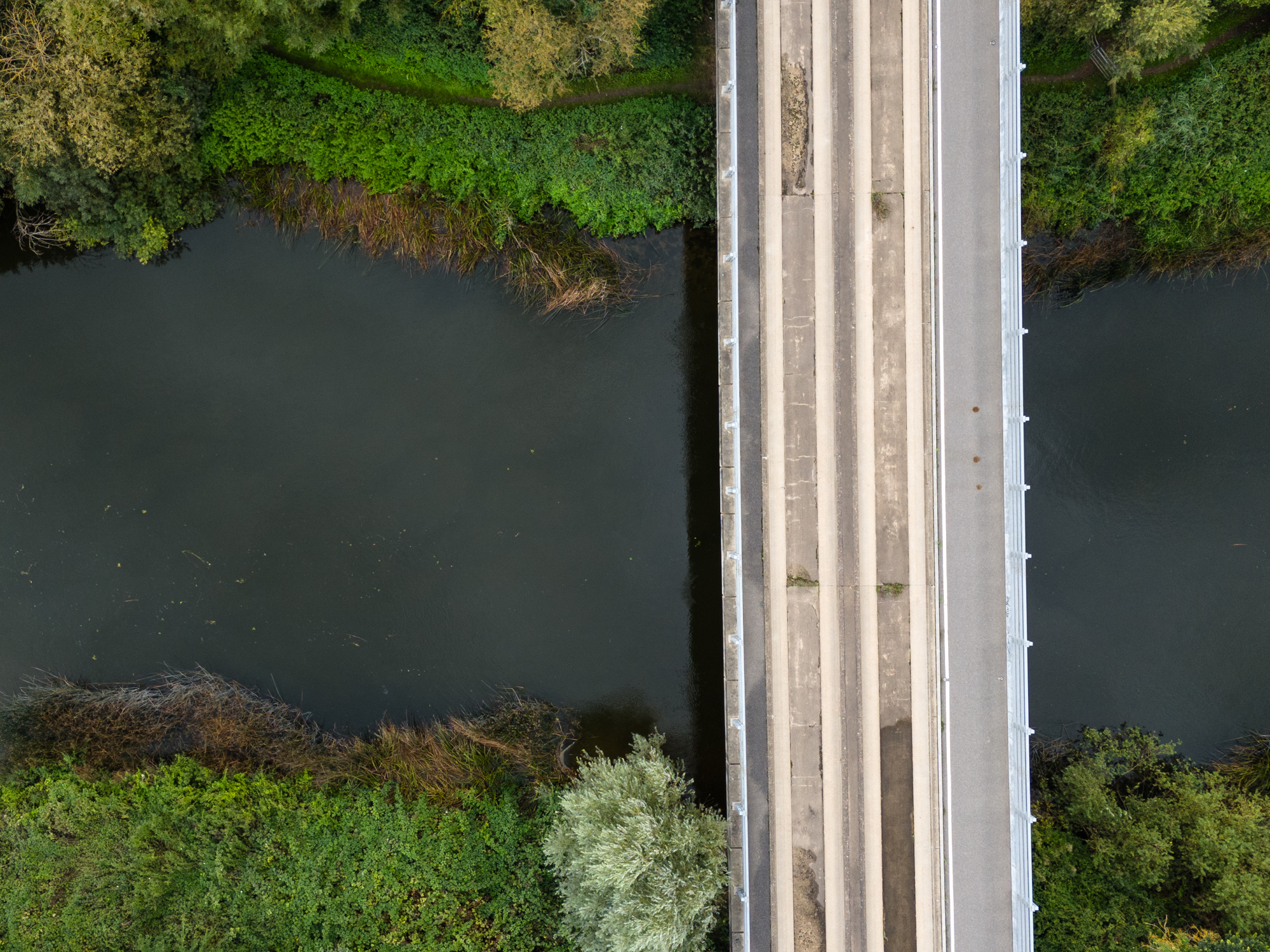
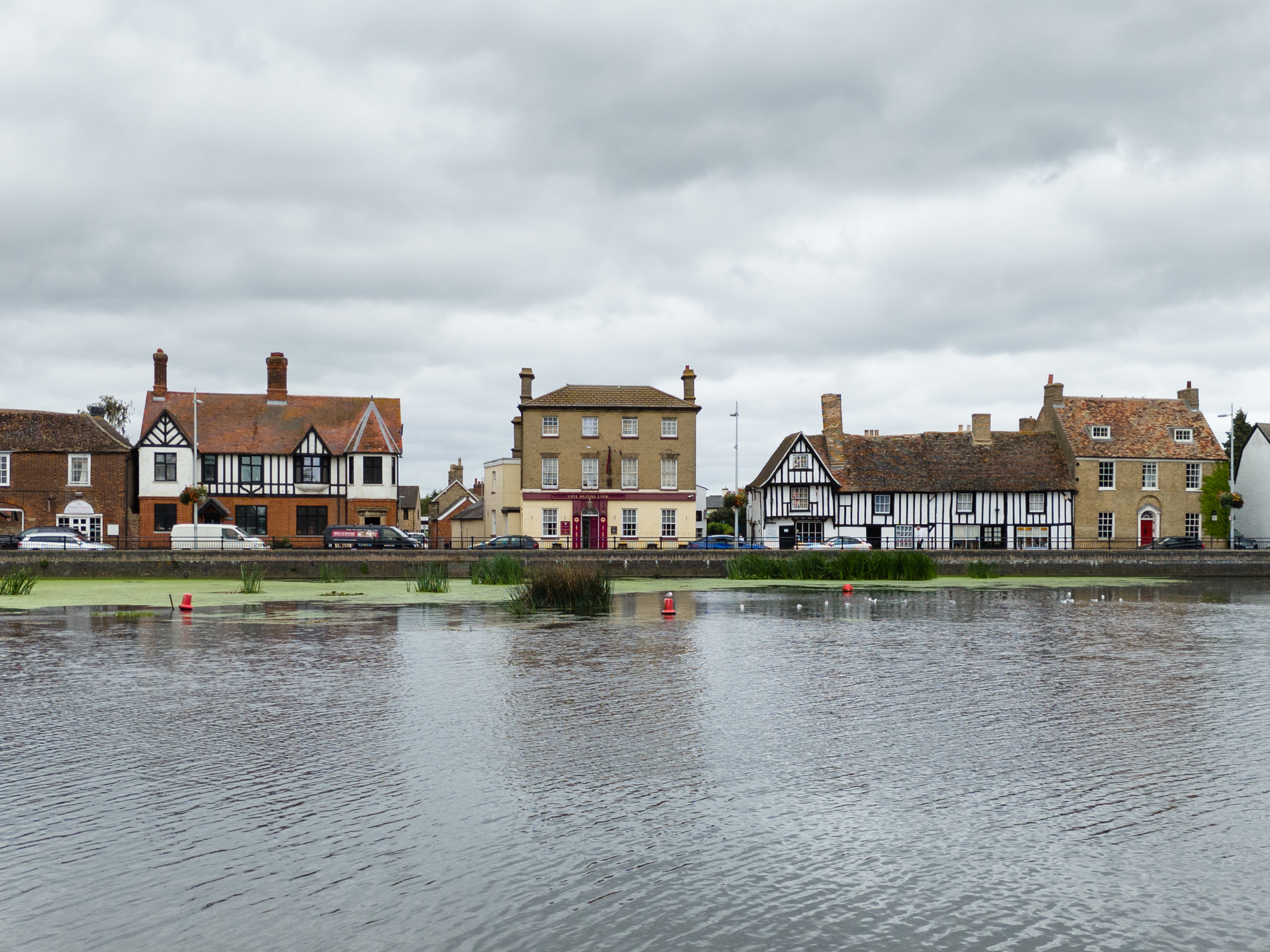
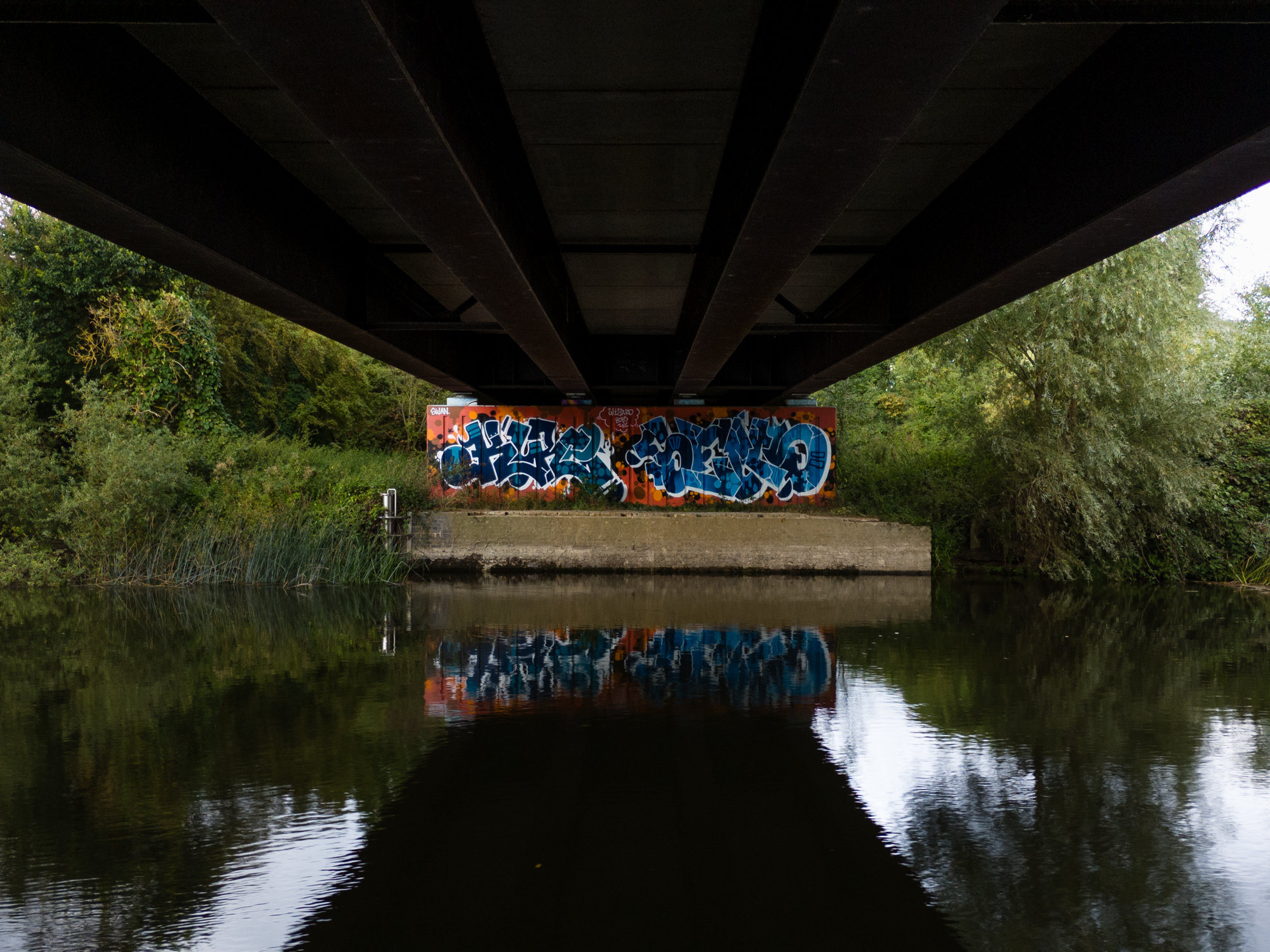
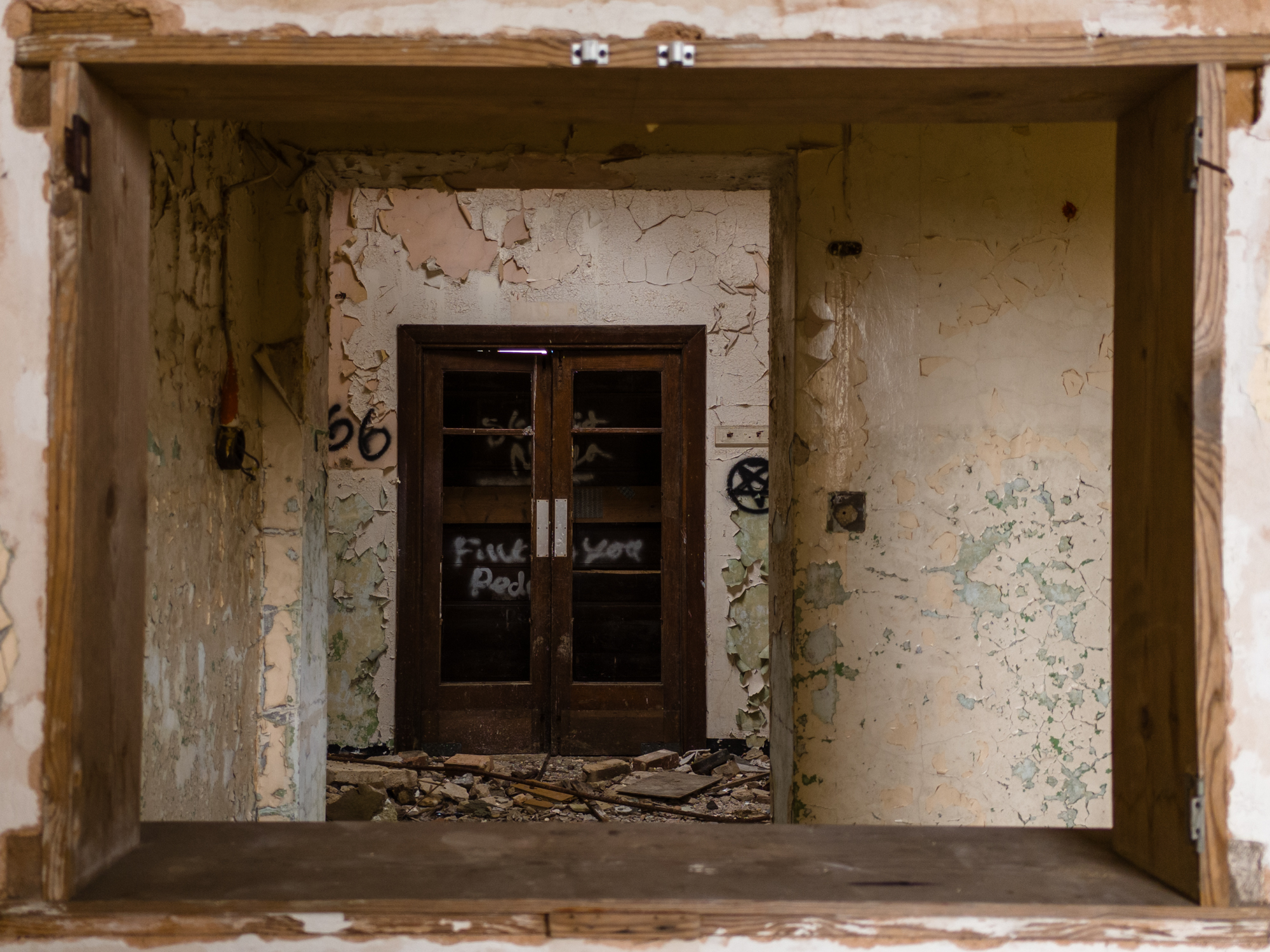
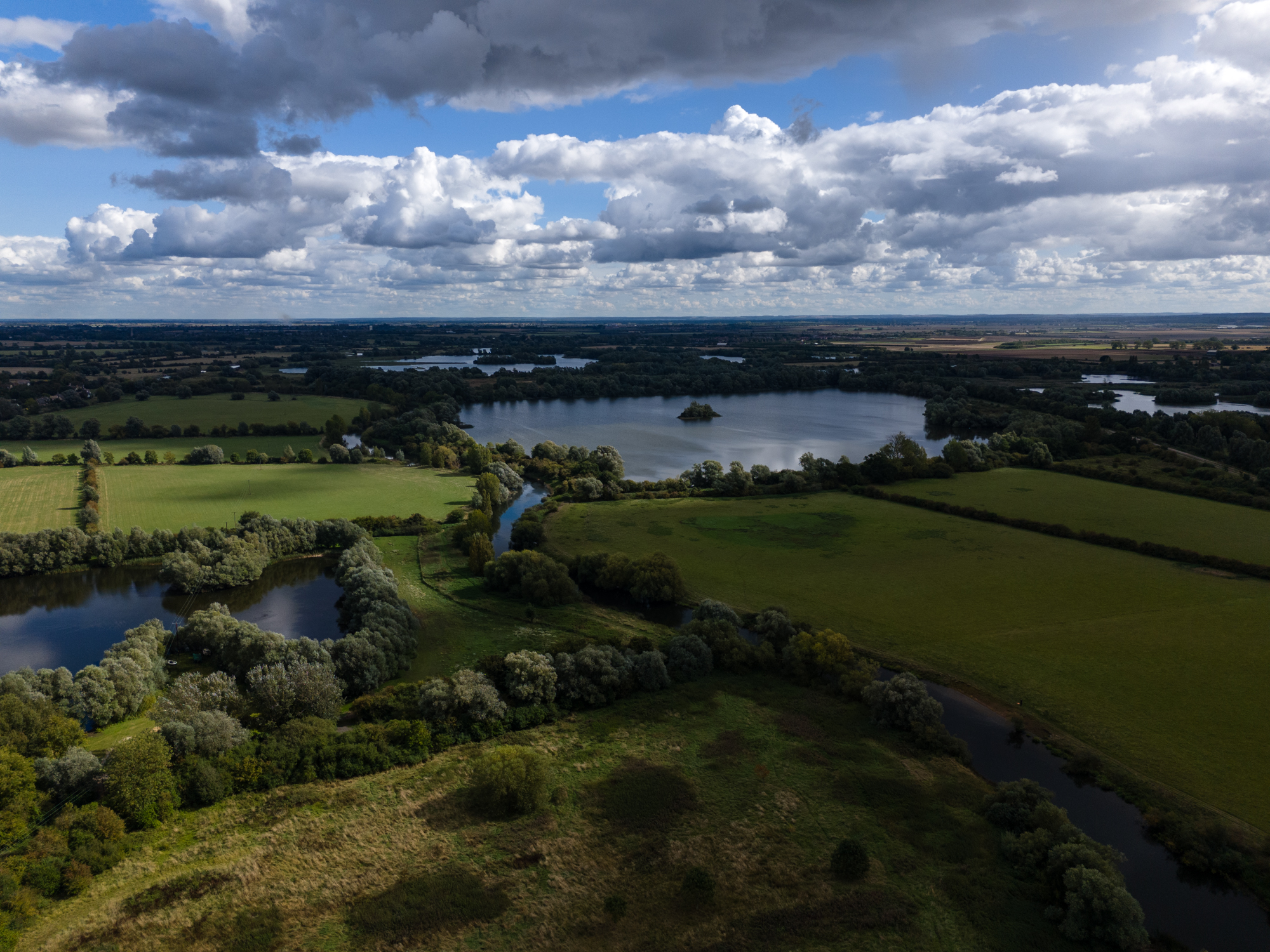
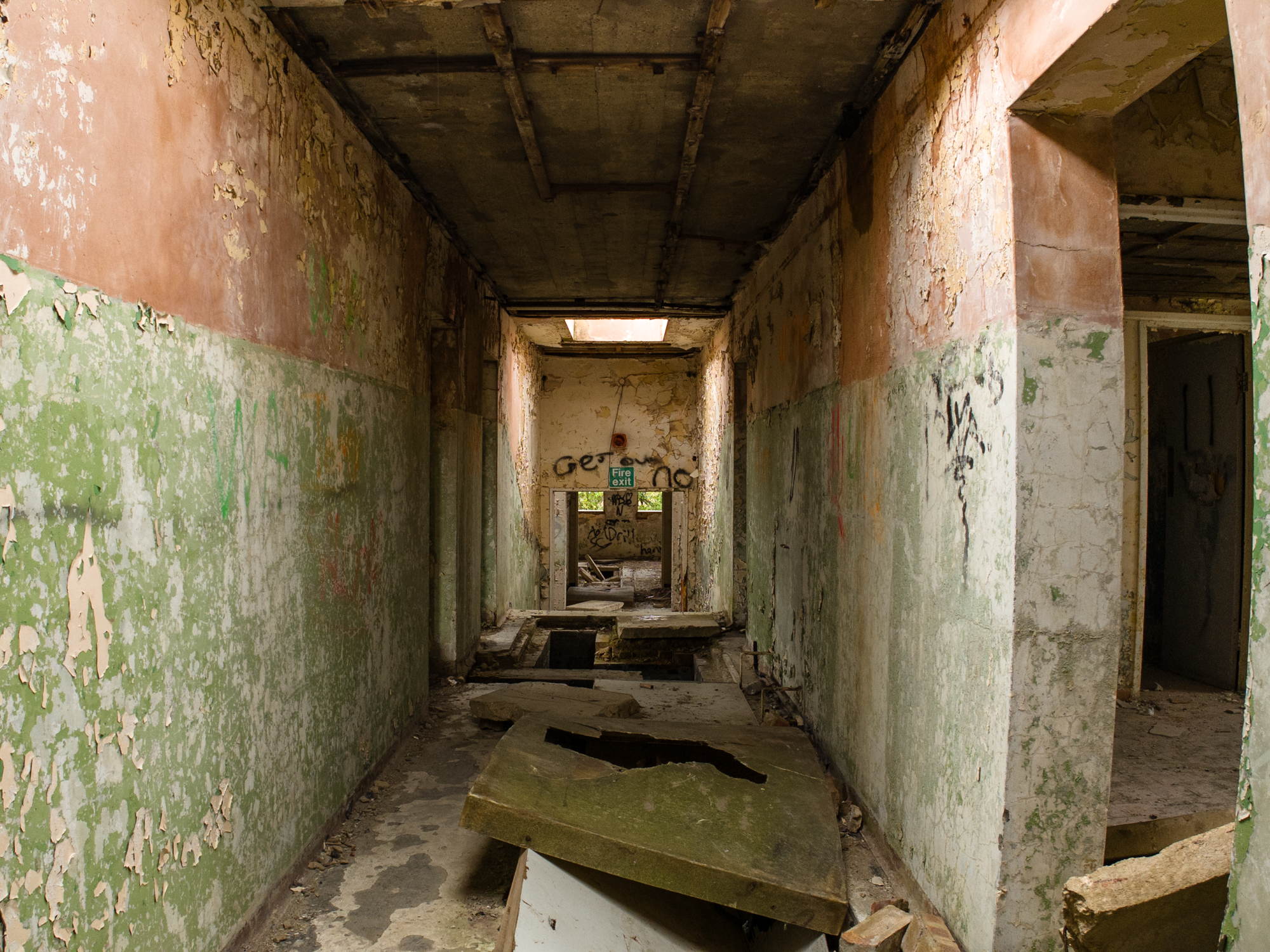
✅ You want DJI's best sub-250g drone: Excellent image quality and D-Log M color, obstacle avoidance, plus impressive flight features combine to great effect.
✅ You want consistent video quality: Video capture using D-Log M color profile makes matching your video output across drones much easier.
❌ You can live without obstacle avoidance: If you have no intention of flying in complex environments, you could opt for a cheaper alternative like in the Mini 3.
❌ You want the very best image quality: The Mavic 3 models boast a larger Four Thirds sensor Hasselblad camera with superior image quality.
The DJI Mini 4 Pro builds on the qualities of the Mini 3 Pro to become the new benchmark for what sub-250g drones can deliver. It isn't a radical upgrade: it looks remarkably similar, performs pretty much identically in flight, and even uses the same impressive 1/1.3-inch sensor. If you're already a Mini 3 Pro owner, the question is whether you should upgrade – a question we've tried to answer in our dedicated DJI Mini 4 Pro vs Mini 3 Pro article. The Mini 3 Pro remains a fantastic drone and many of the camera upgrades could realistically have been delivered as firmware updates.
For everyone else, the Mini 4 Pro is an excellent choice. Whether you’re a professional drone pilot using the Mini 4 Pro as a second drone who can benefit from the D-Log M video color consistency with your Mavic 3, or an enthusiast looking for something small and lightweight, the Mini 4 Pro is undoubtedly the best sub-250g drone available.
- Read our in-depth DJI Mini 4 Pro review
The best DJI drone for beginners
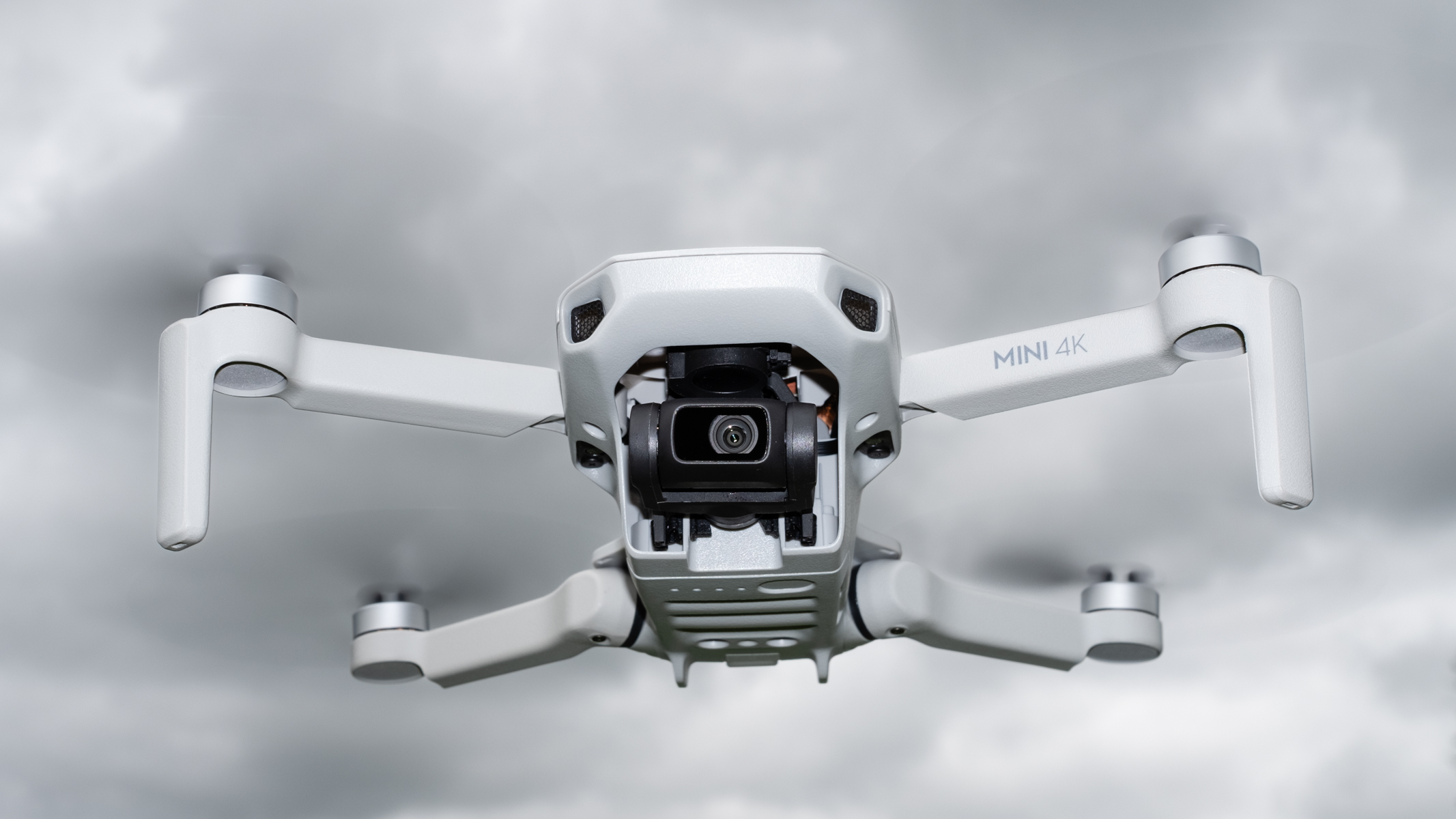
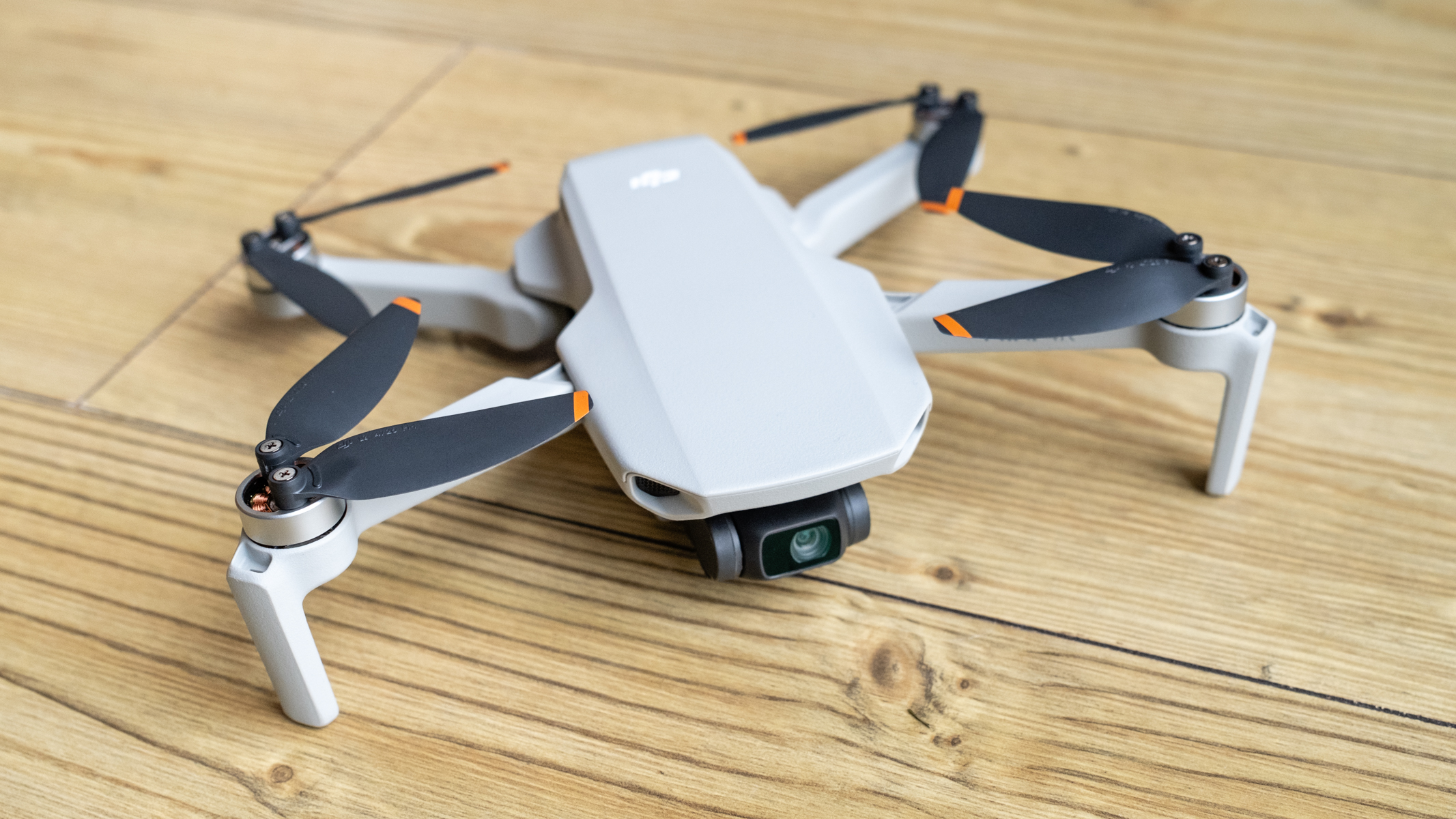
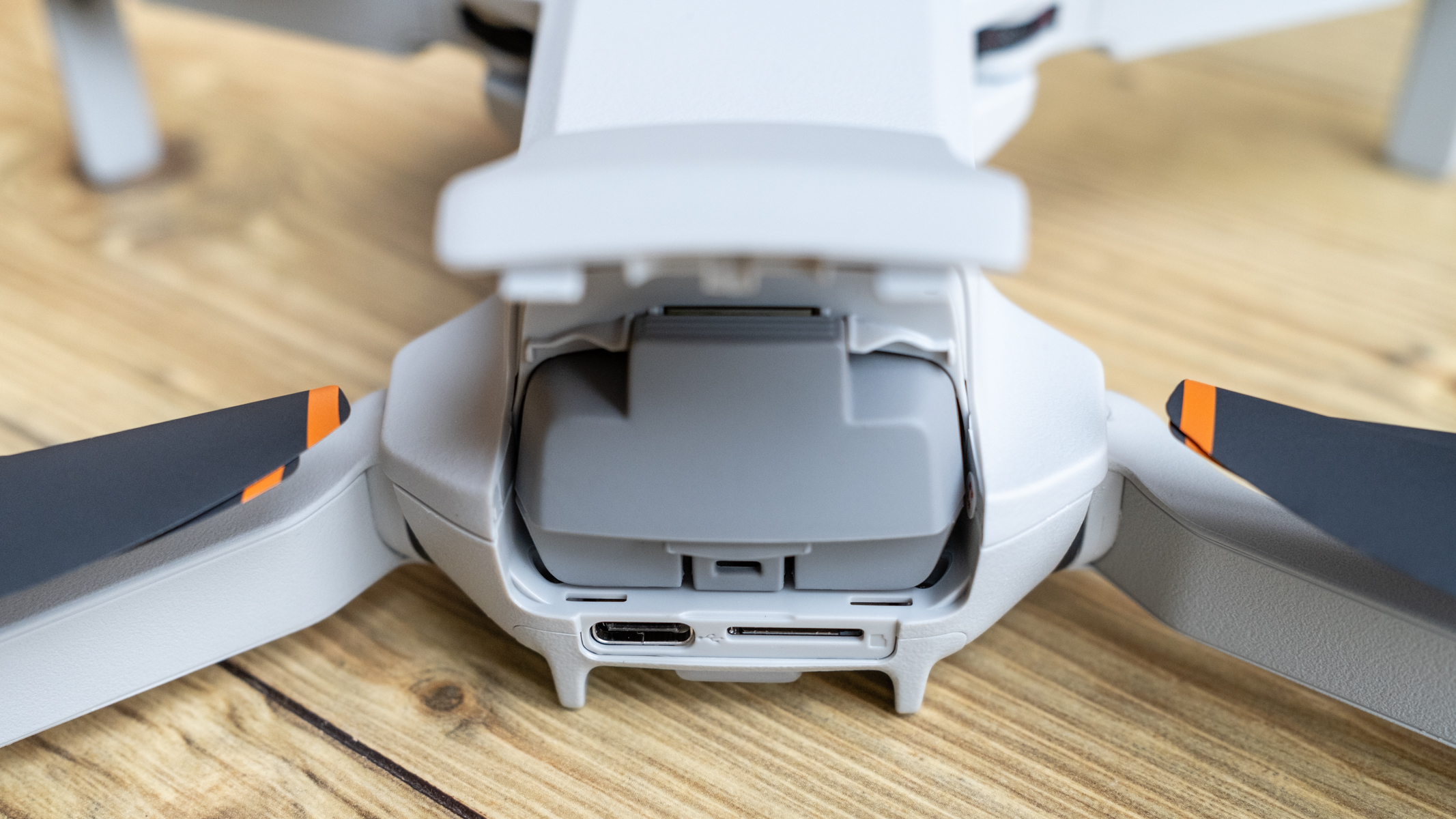
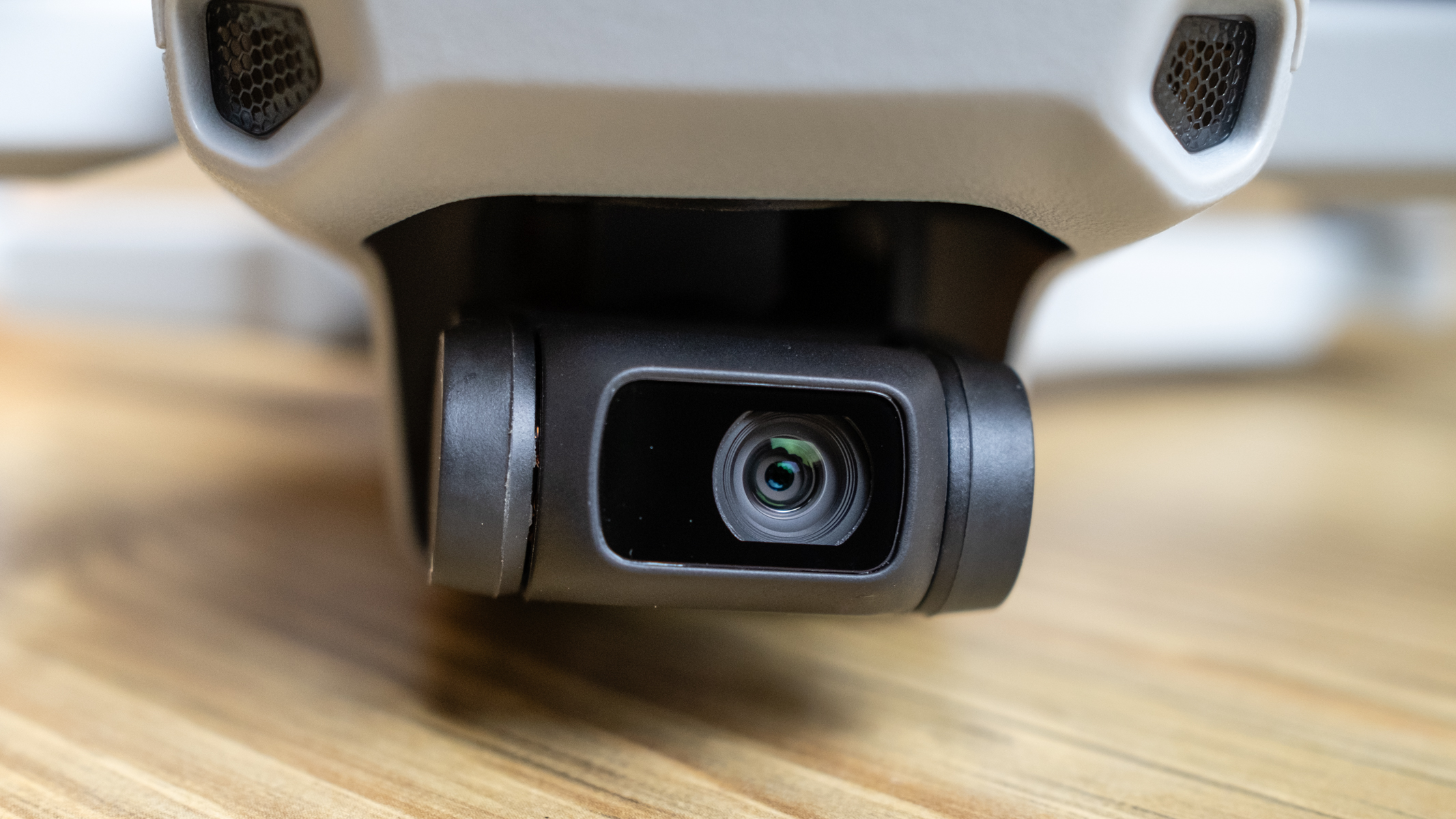
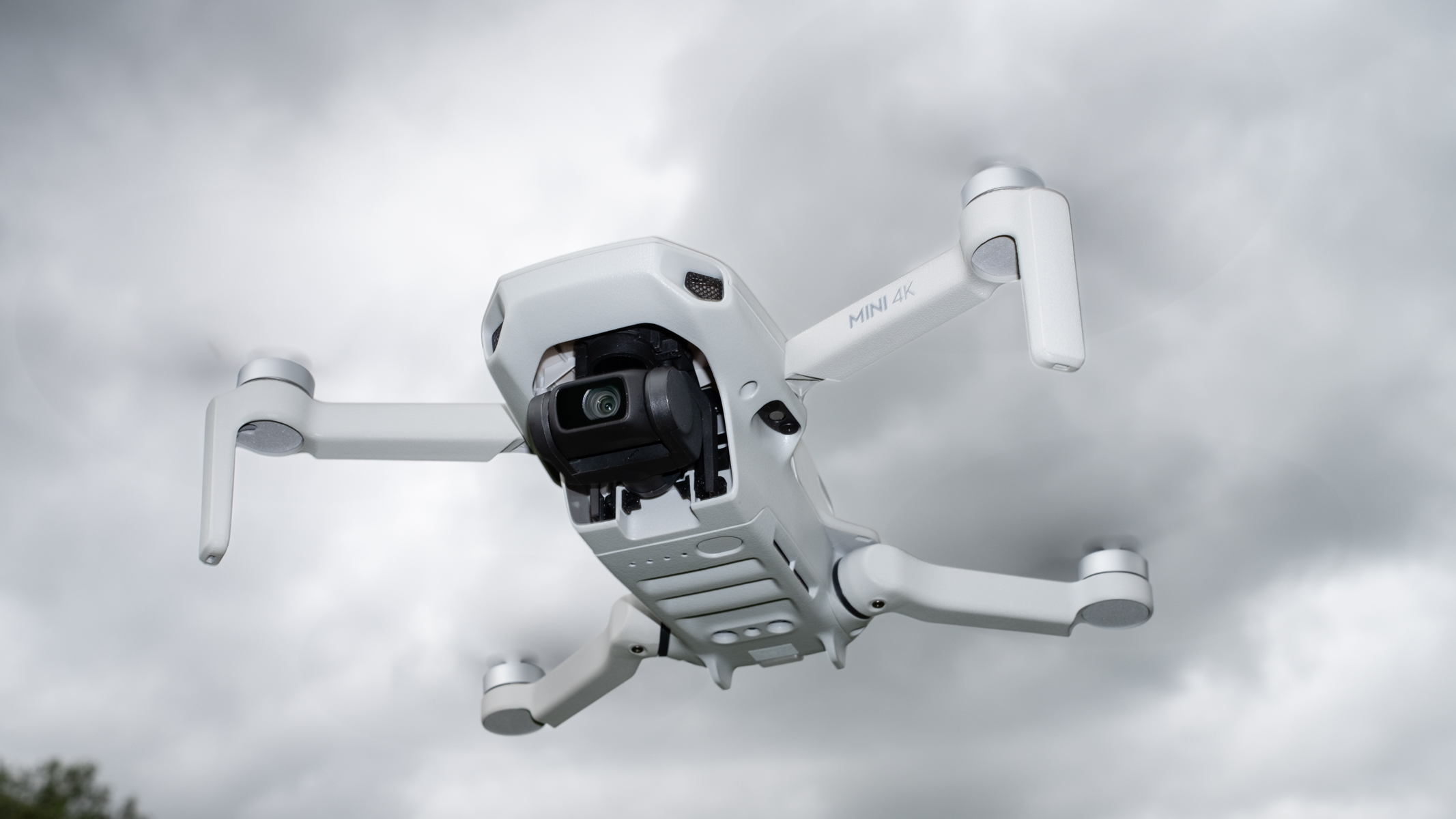
Specifications
Reasons to buy
Reasons to avoid
DJI Mini 4K sample images
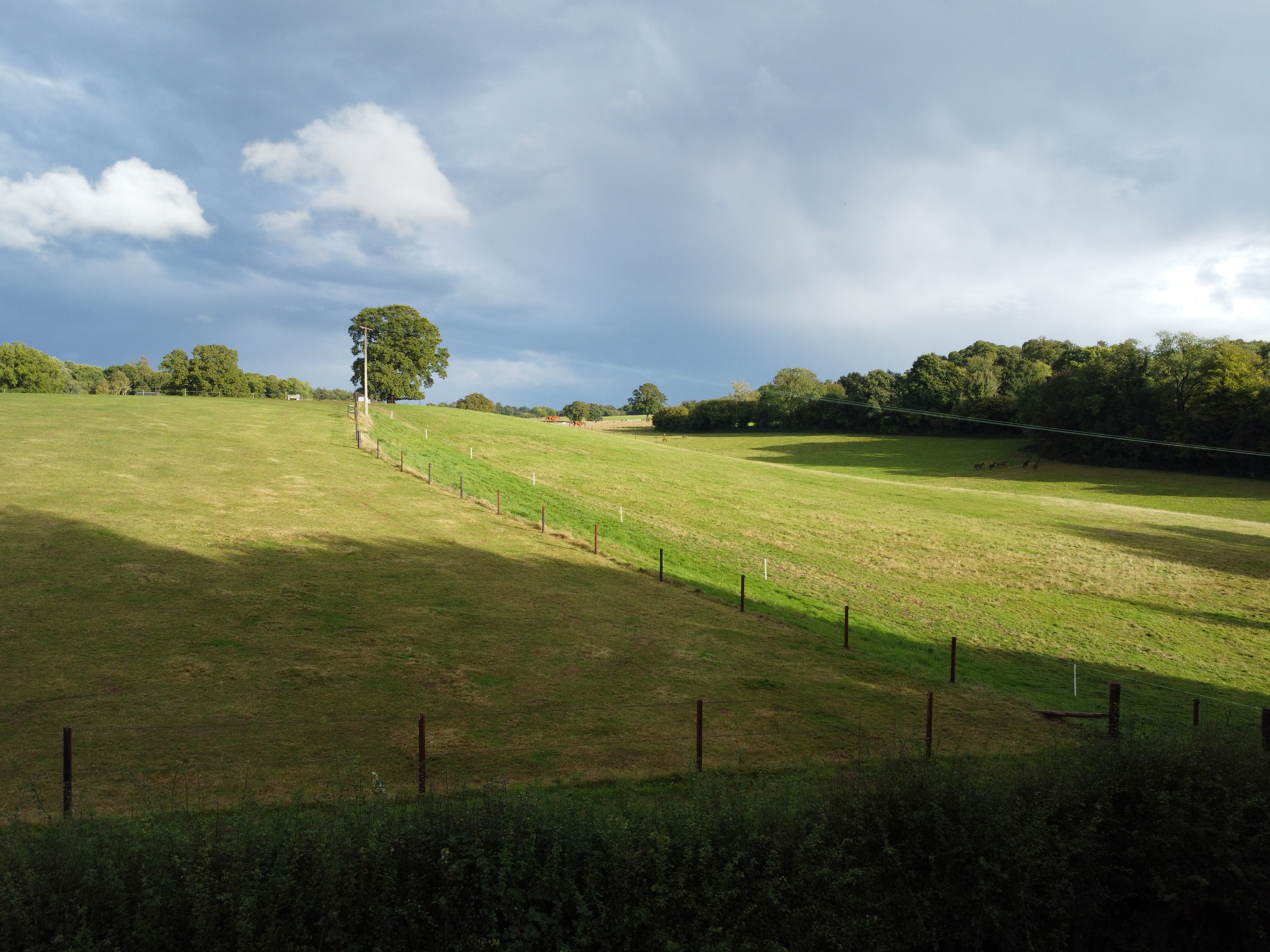
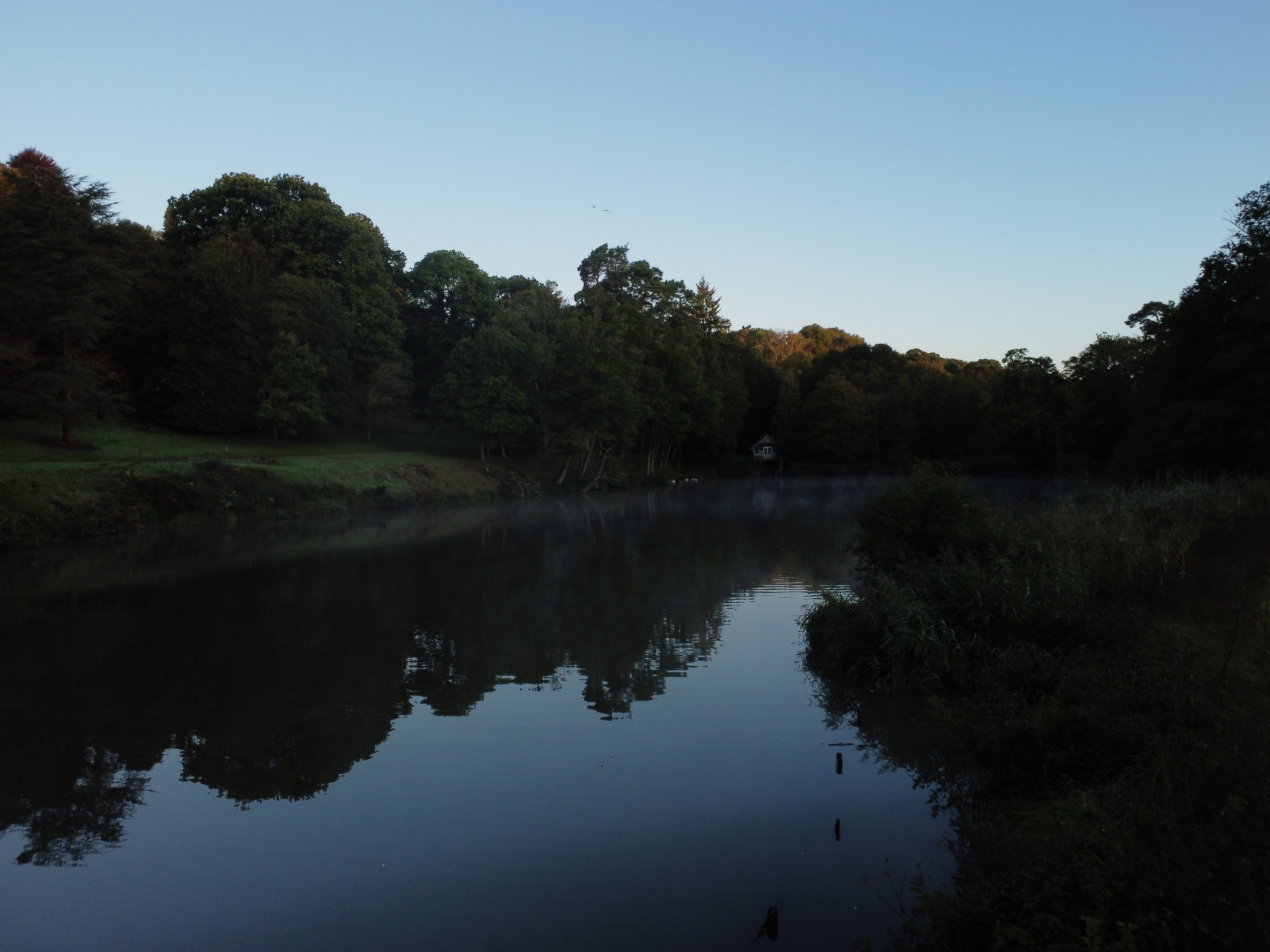
✅ You want a capable budget drone: With strong battery life, quality 4K video and decent flight performance, you’re getting a lot here for your money.
✅ You’re a first-time flyer: With clear tutorials in the DJI Fly app, plus automation for easy mid-air manoeuvres, the DJI Mini 4K is a forgiving drone for learners.
❌ You want obstacle avoidance: The Mini 4K only has downward-facing sensors, which means you don’t get the reassurance of collision avoidance.
❌ You have a bigger budget: If you’re willing to spend more on your first drone, the DJI Mini 4 Pro will give you more room to grow as you learn.
With a solid set of in-flight features, as well as reliable 4K video quality, we think the Mini 4K is the best sub-250g DJI drone for beginners. It’s the cheapest Mini-series drone you can buy, yet our tests found very few compromises: it benefits from decent wind-resistance and generous flight times of up to 31 minutes. We also found it easy to pilot via the DJI Fly app, with a range of dynamic flight moves just a tap away.
As with the Mini 3, you don’t get the obstacle-avoidance sensors or subject tracking smarts of more expensive DJI drones. If those are a must, you’ll need to shell out for the DJI Mini 4 Pro (above). But in every other respect, the DJI Mini 4K offers excellent value. Thanks to its 3-axis mechanical gimbal, we found that 4K footage from the Mini 4K smooth and sharp, beating similarly priced rivals. We also welcomed the versatility of 2x digital zoom. You won’t find a better DJI drone for the money.
- Read our in-depth DJI Mini 4K review
Best DJI drone for aerial photography
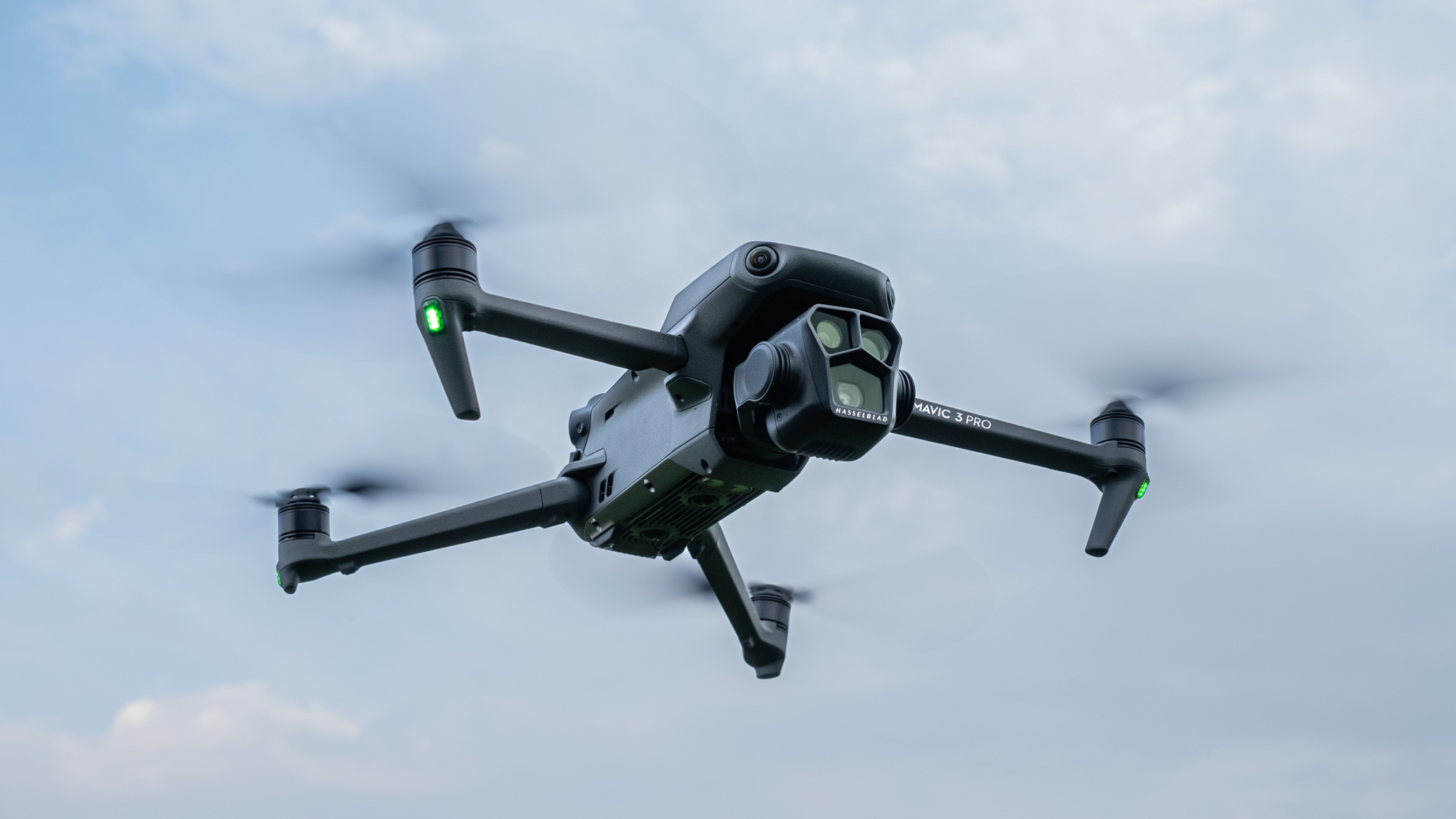
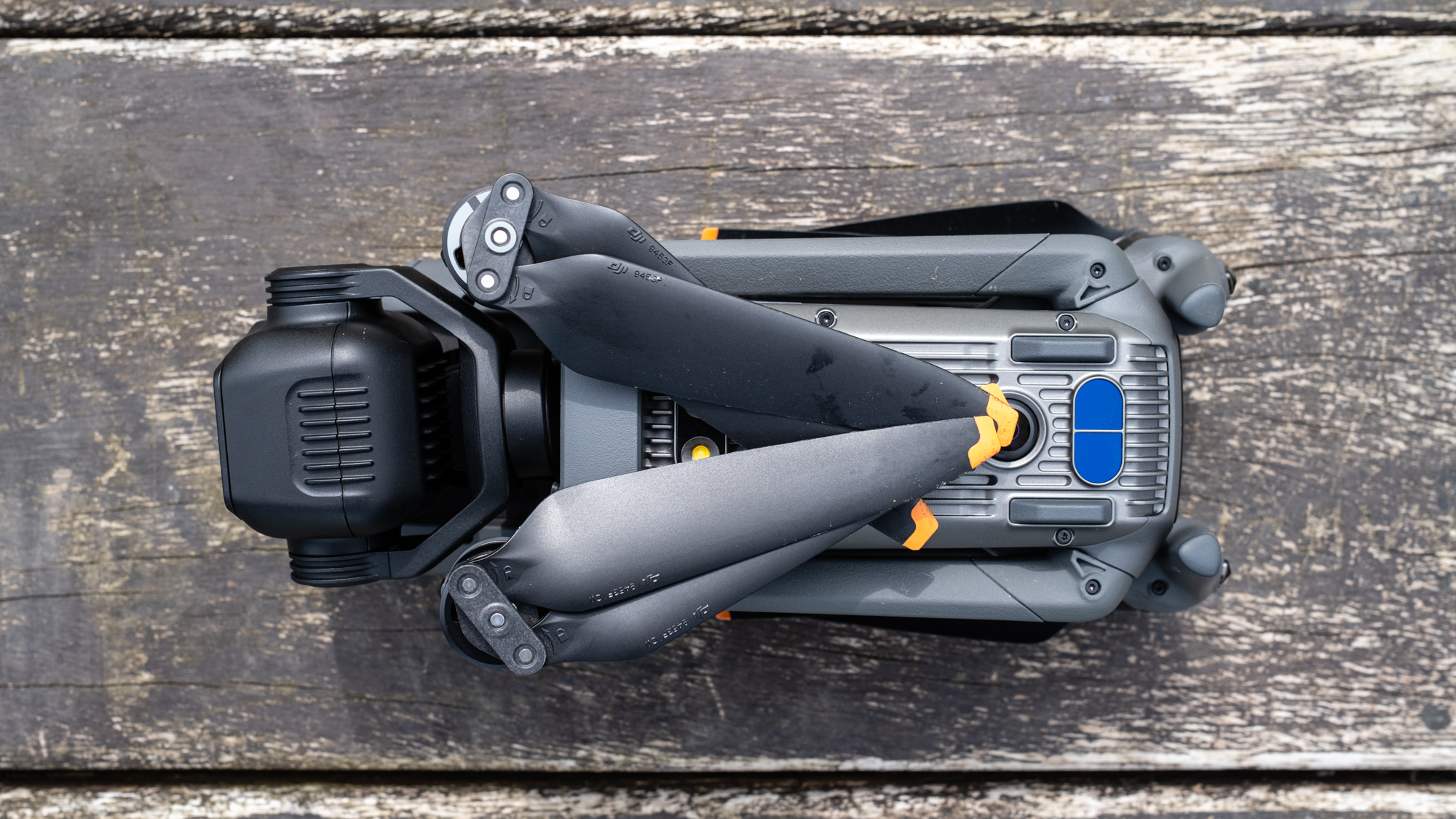
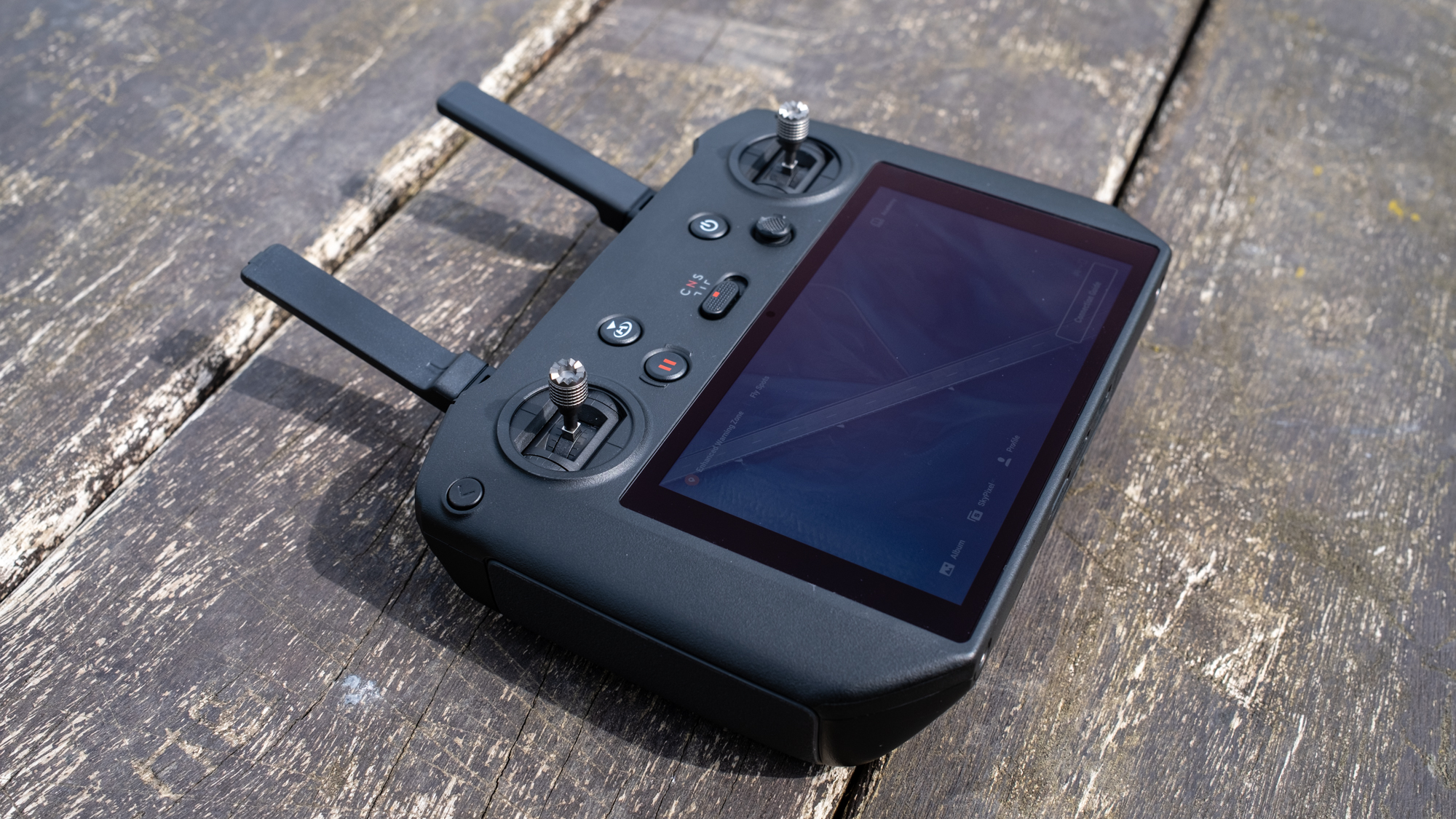
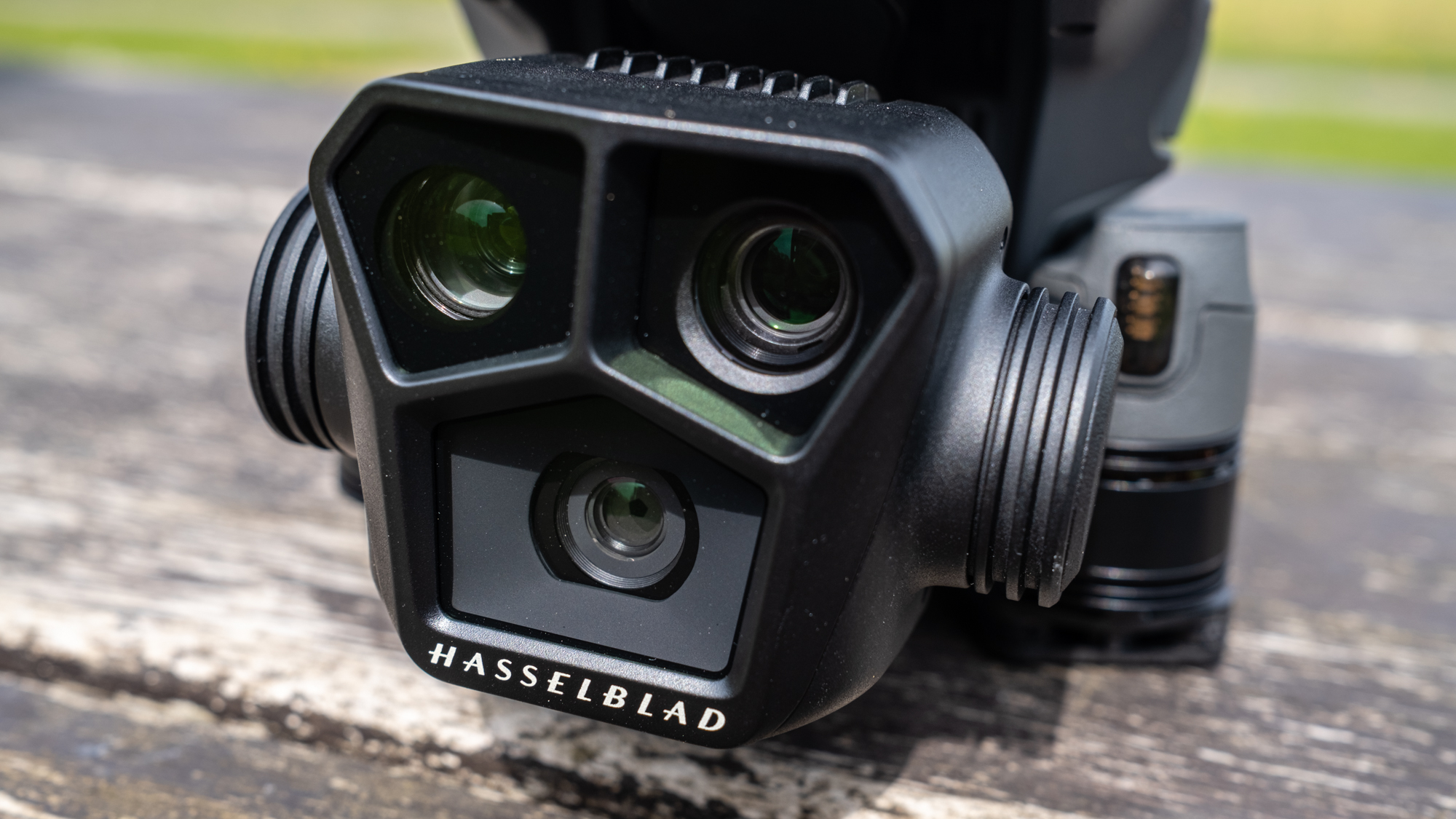
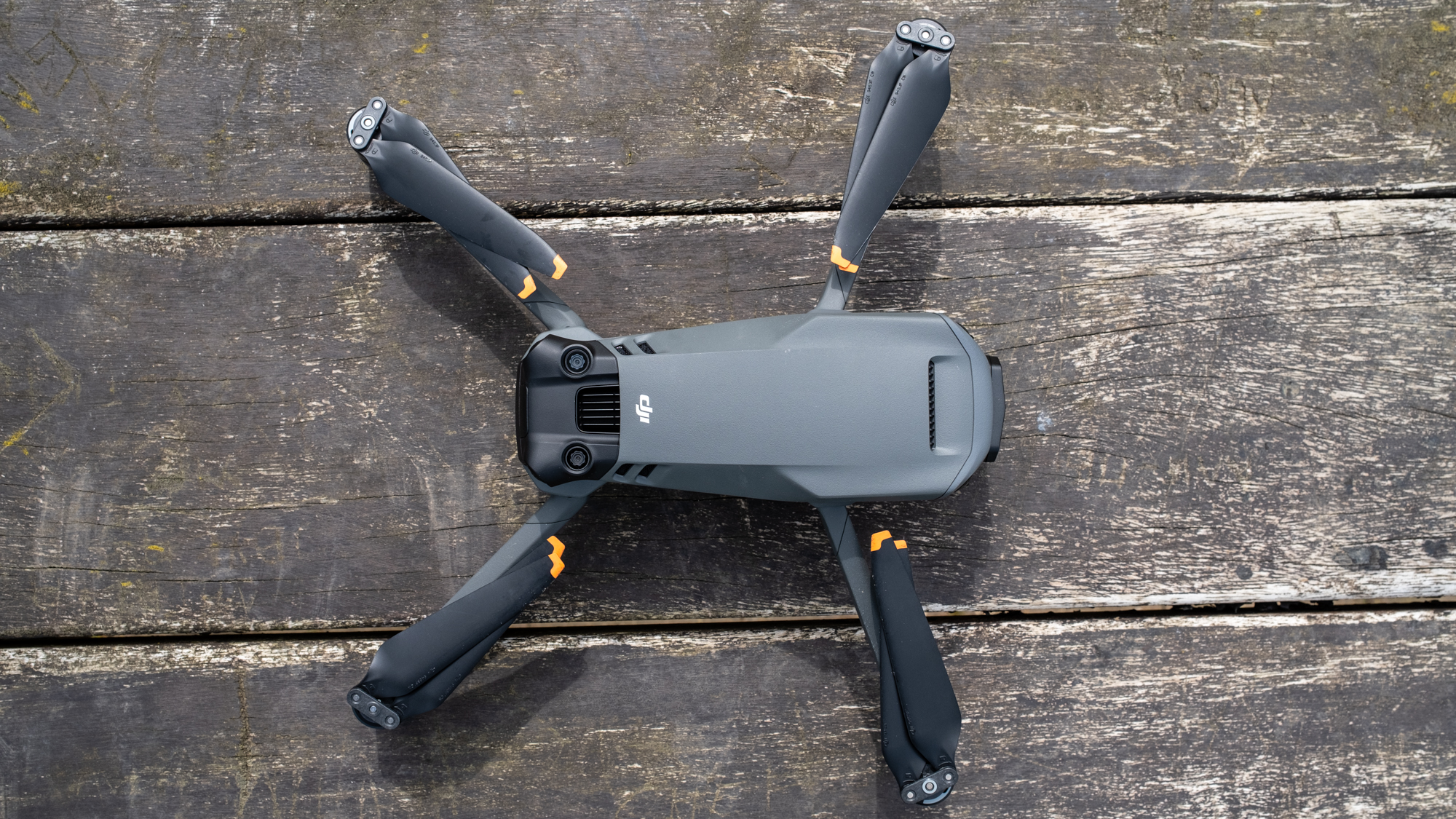
Specifications
Reasons to buy
Reasons to avoid
DJI Mavic 3 Pro sample images
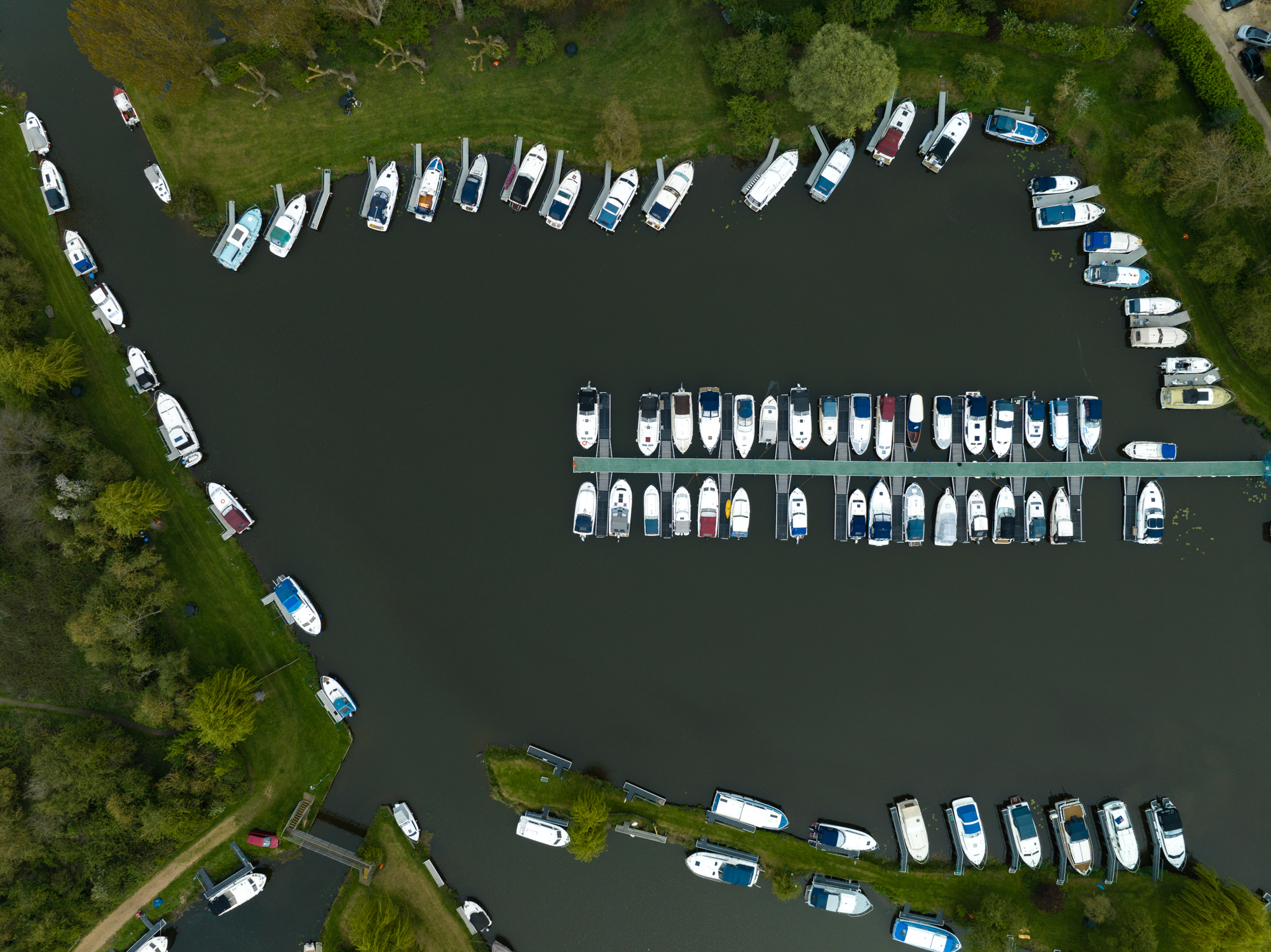
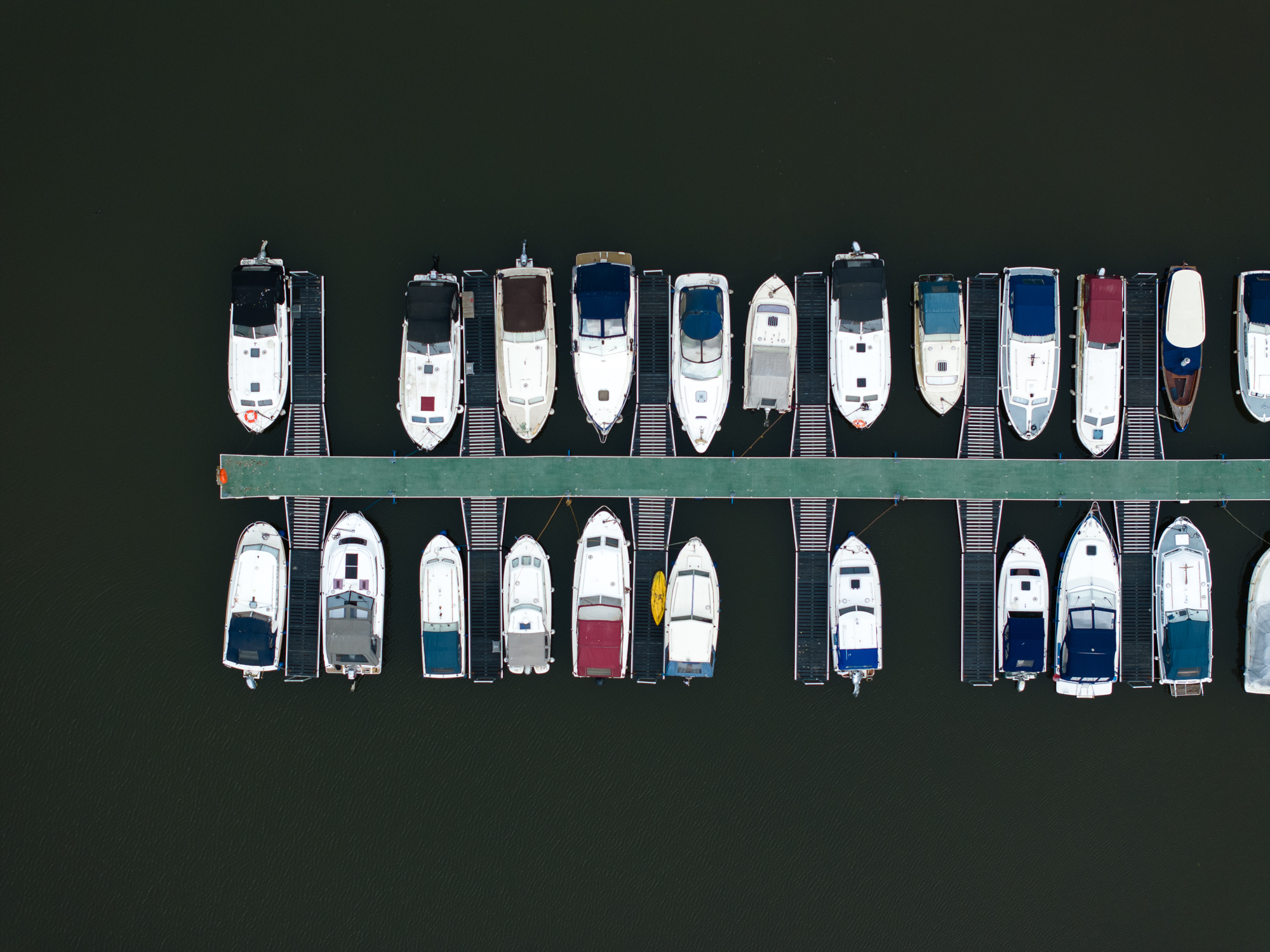
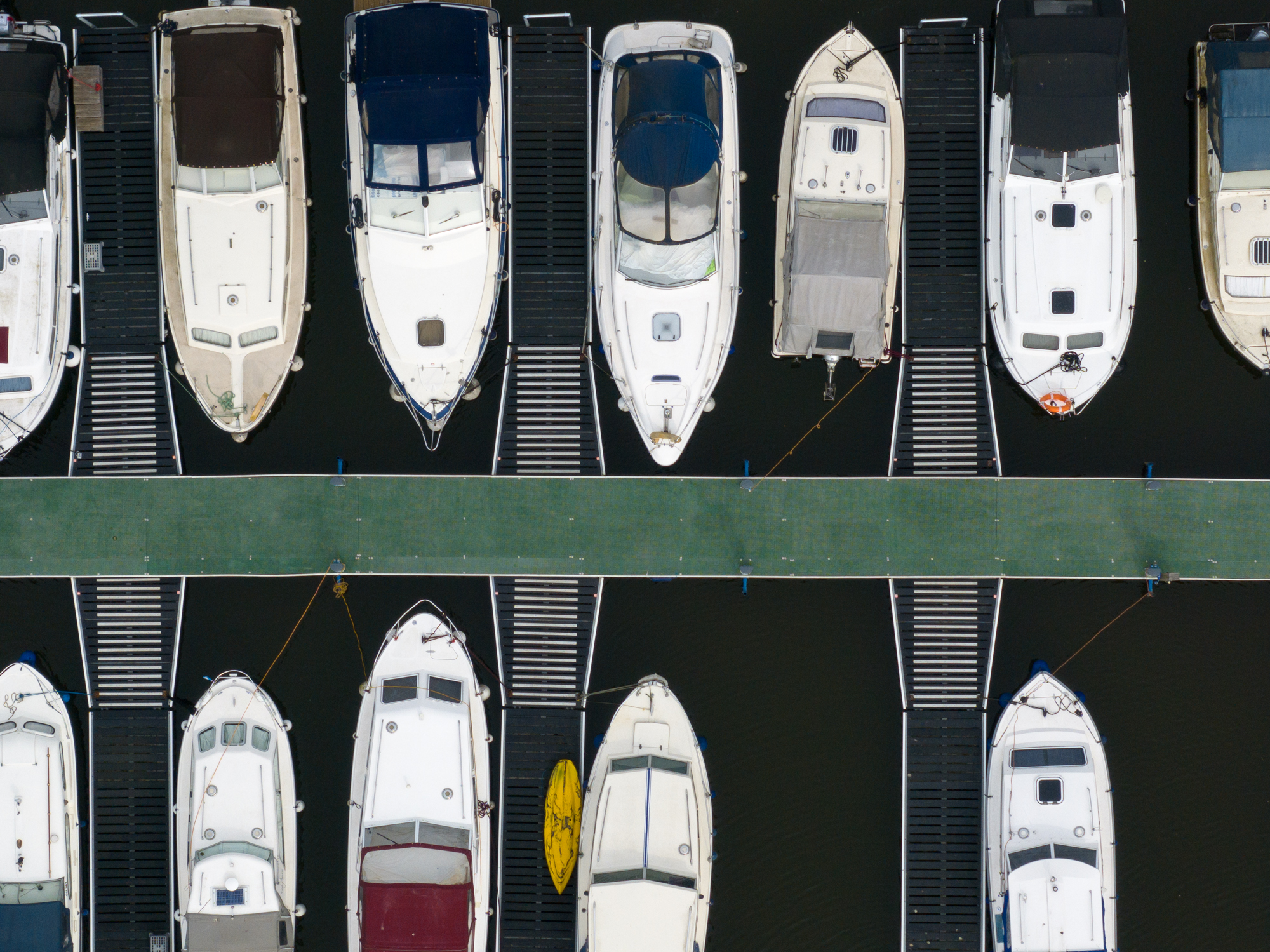
✅ You need telephoto zoom: Twin telephoto lenses give the Mavic 3 Pro excellent versatility, with 166mm and 70mm cameras.
✅ You like to fly safe: The Mavic 3 Pro offers a suite of safety features, including collision avoidance and advance return to home.
❌ You’re a complete novice: The Mavic 3 Pro is easy to fly, but the Mini 3 offers a lot for beginners at a lower price and weight.
❌ You’re on a tight budget: As one of the most expensive consumer drones on the market, the Mavic 3 Pro is a premium option.
DJI’s new flagship is the first consumer drone with three cameras. This is two more than most pilots need. But if you’re an aerial photographer or videographer in search of the most versatile drone on the market, the results of our testing suggest the Mavic 3 Pro is the premium pick for you.
In our review, we found the image quality of the main 24mm Four Thirds camera – the same one used by the Mavic 3 Classic – the best. It’s also the winner in terms of adjustable aperture, formats and frame rates. That said, both telephoto cameras produce excellent images, and the option to zoom in 3x and 7x is fantastically useful in a range of scenarios.
Despite being a pro drone, we found the Mavic 3 Pro incredibly easy to fly, aided by excellent safety features that make it accessible to all users. However, its pro-tier video modes, as well as its price tag, make it overkill for beginners. Its weight also puts it into the restrictive C2 European drone category. But if you want a top-spec drone that’s more portable and less expensive than the Inspire 3, the Mavic 3 Pro offers it all – plus two telephotos.
- Read our in-depth DJI Mavic 3 Pro review
The best DJI drone for enthusiasts
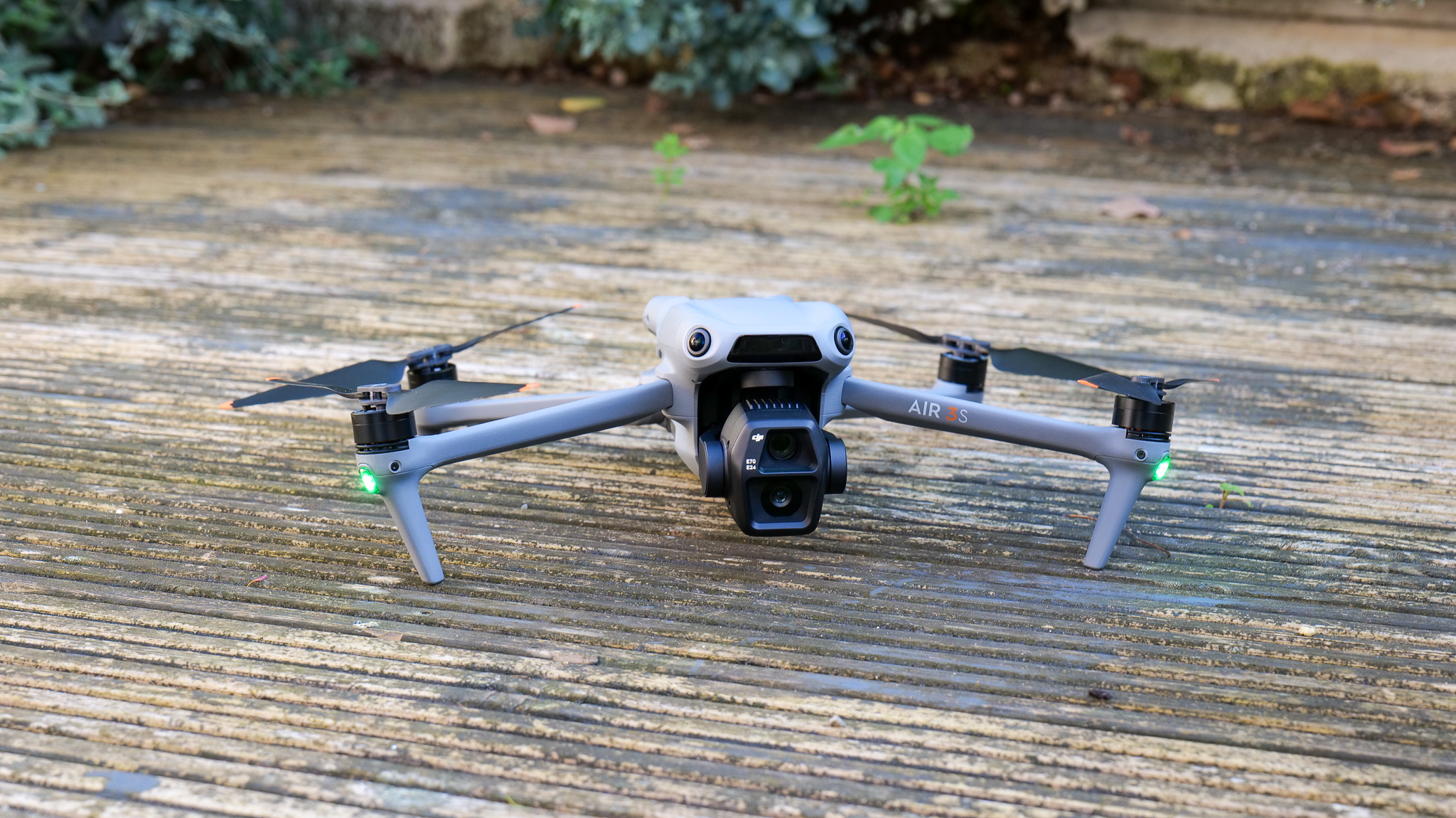
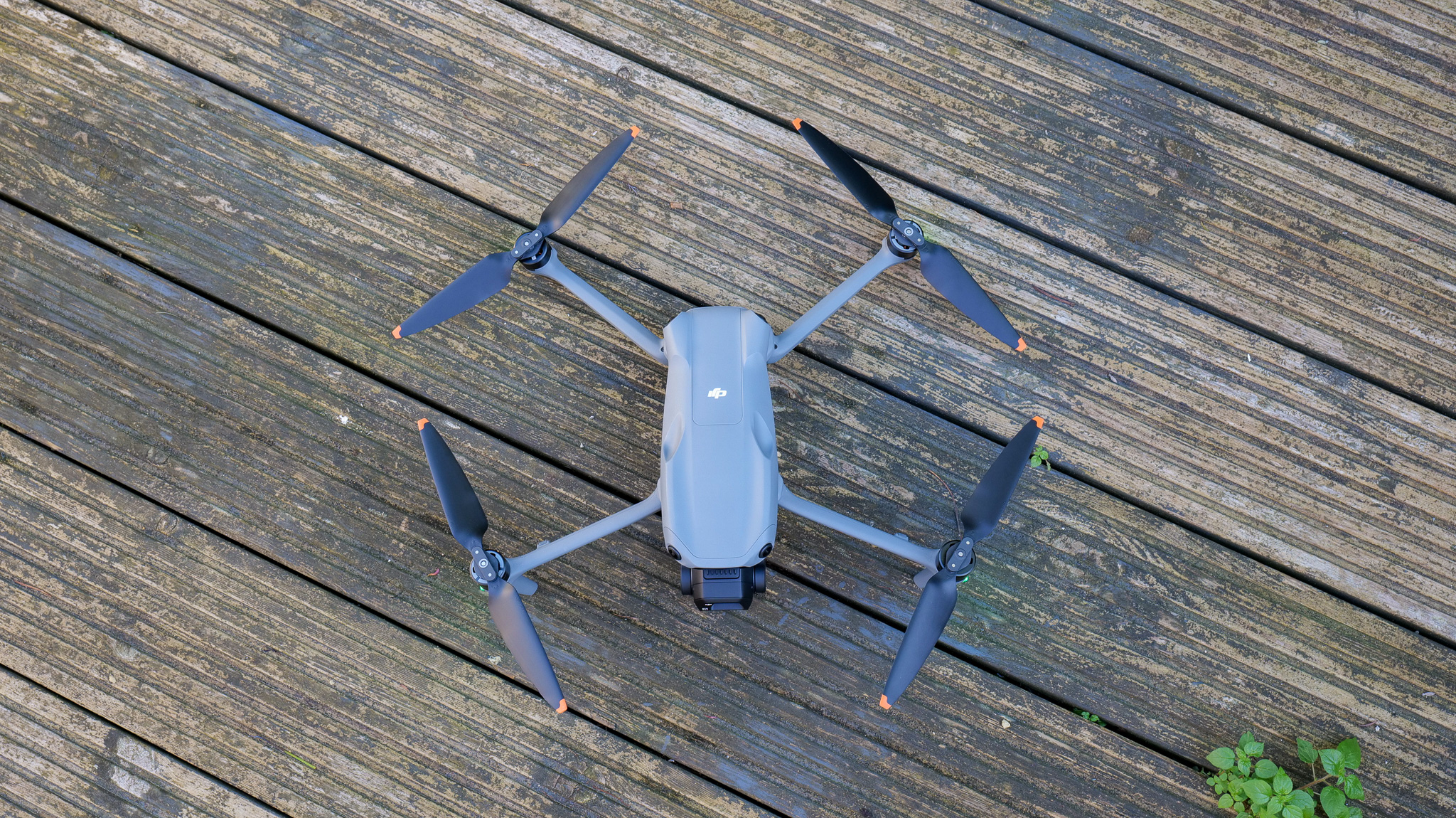
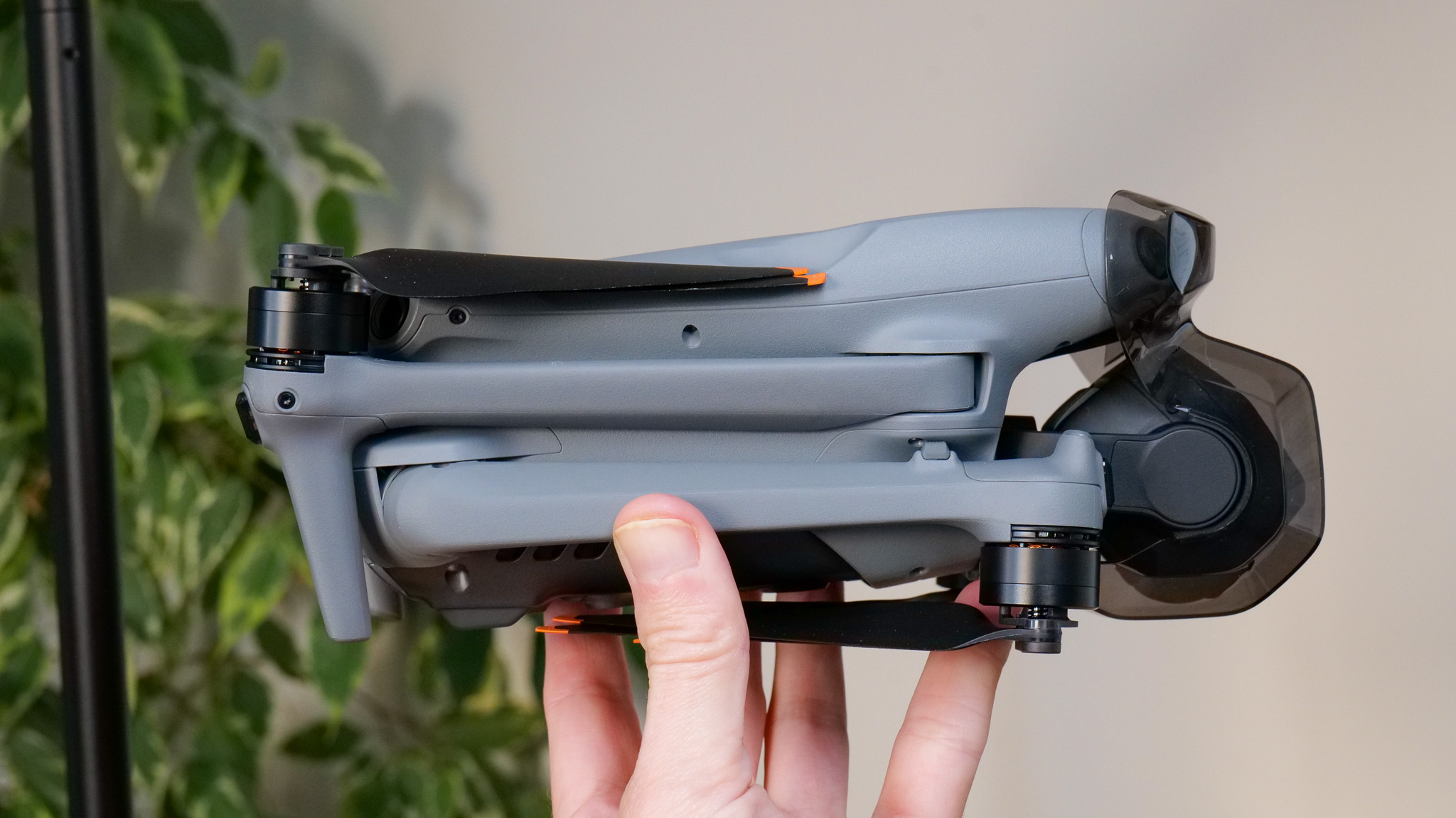
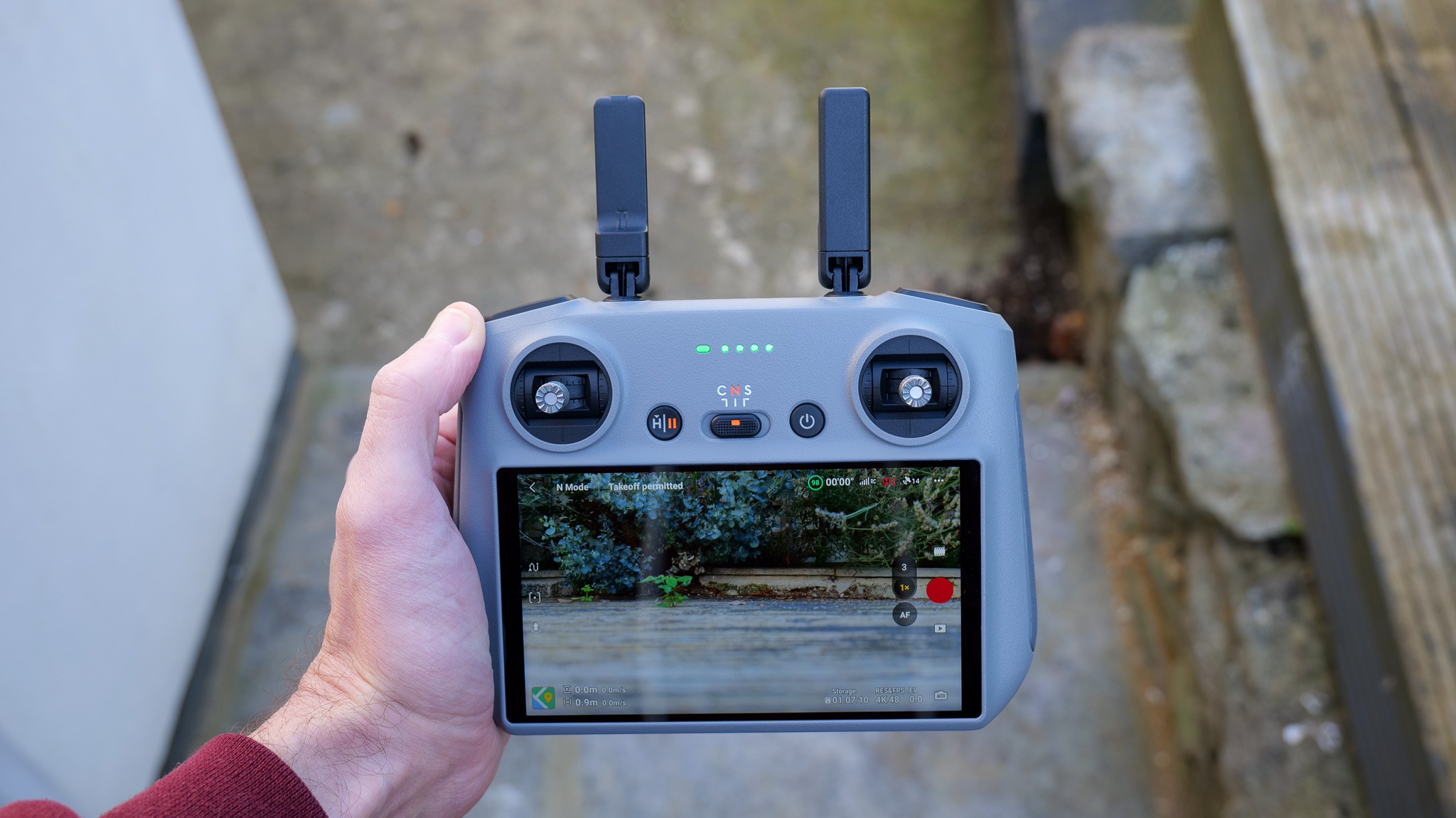
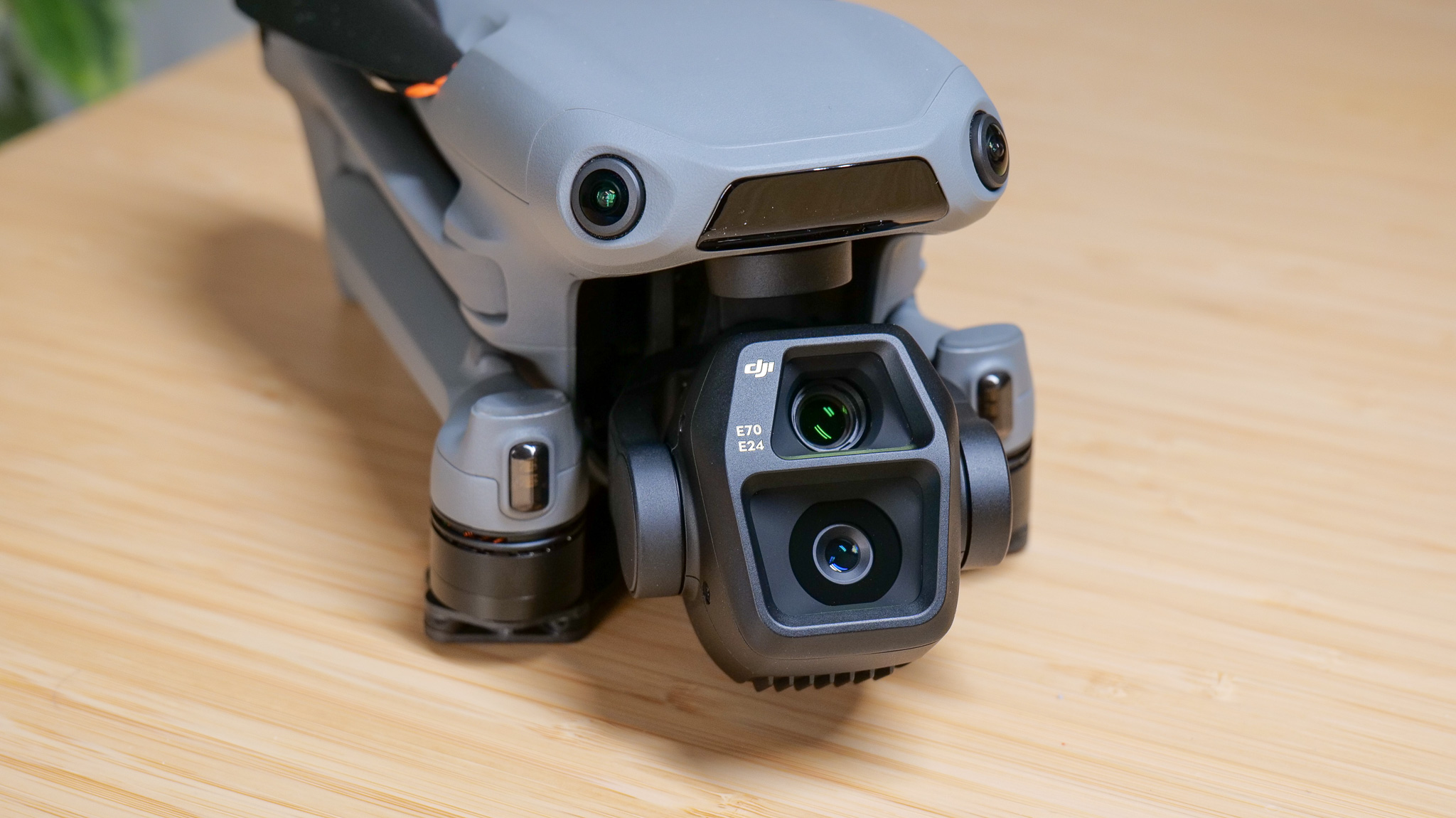
Specifications
DJI Air 3S sample images
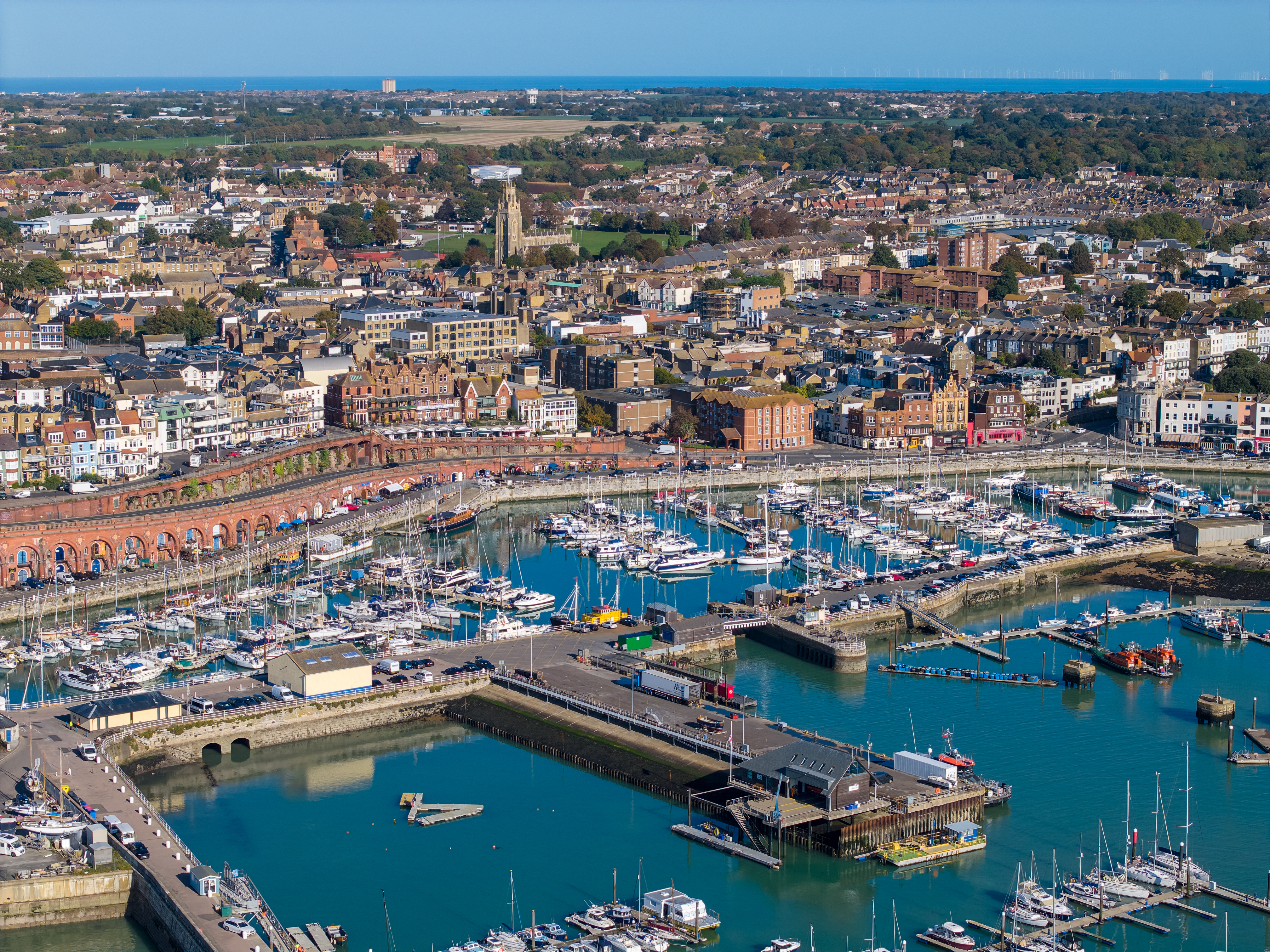
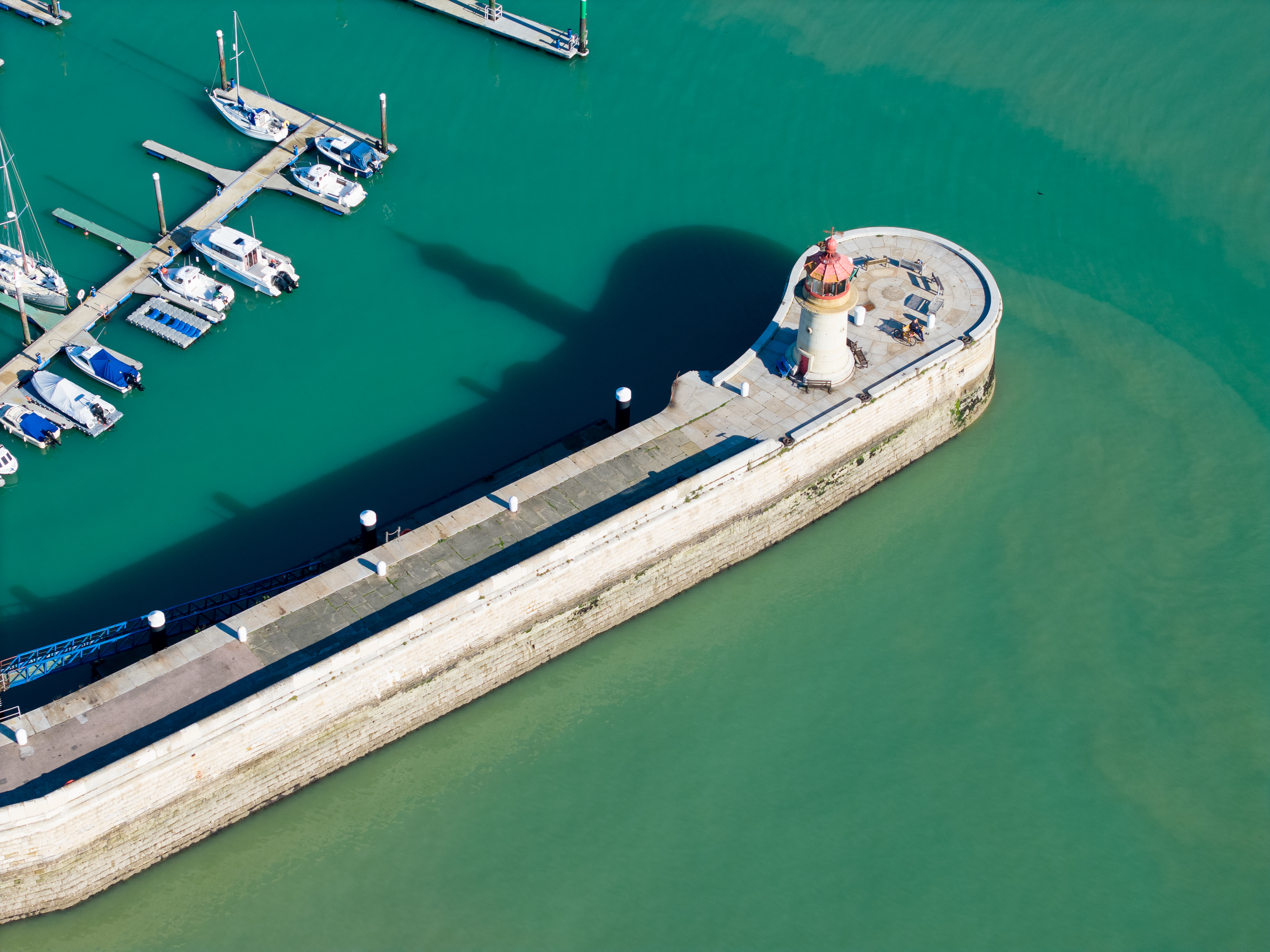
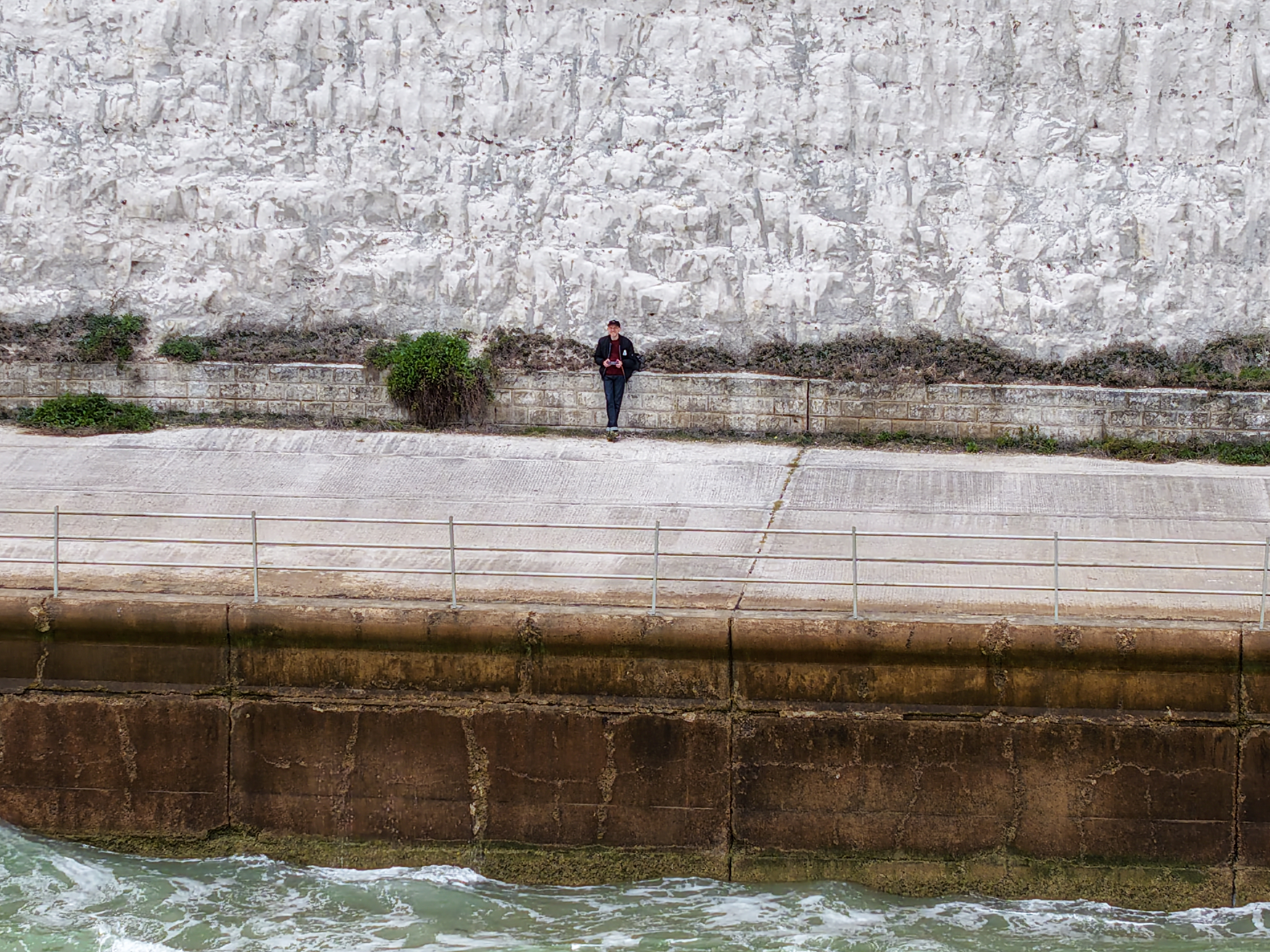
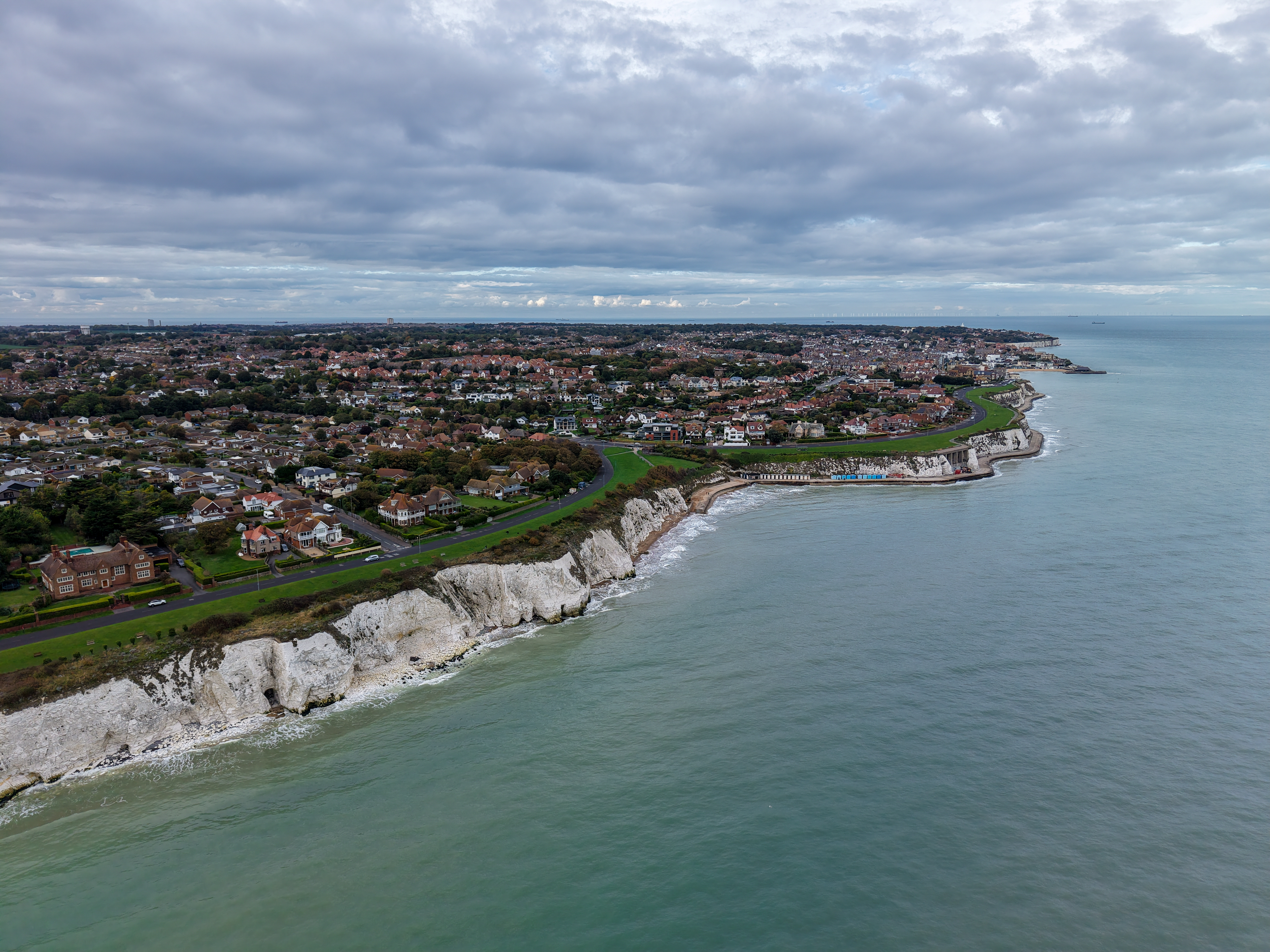
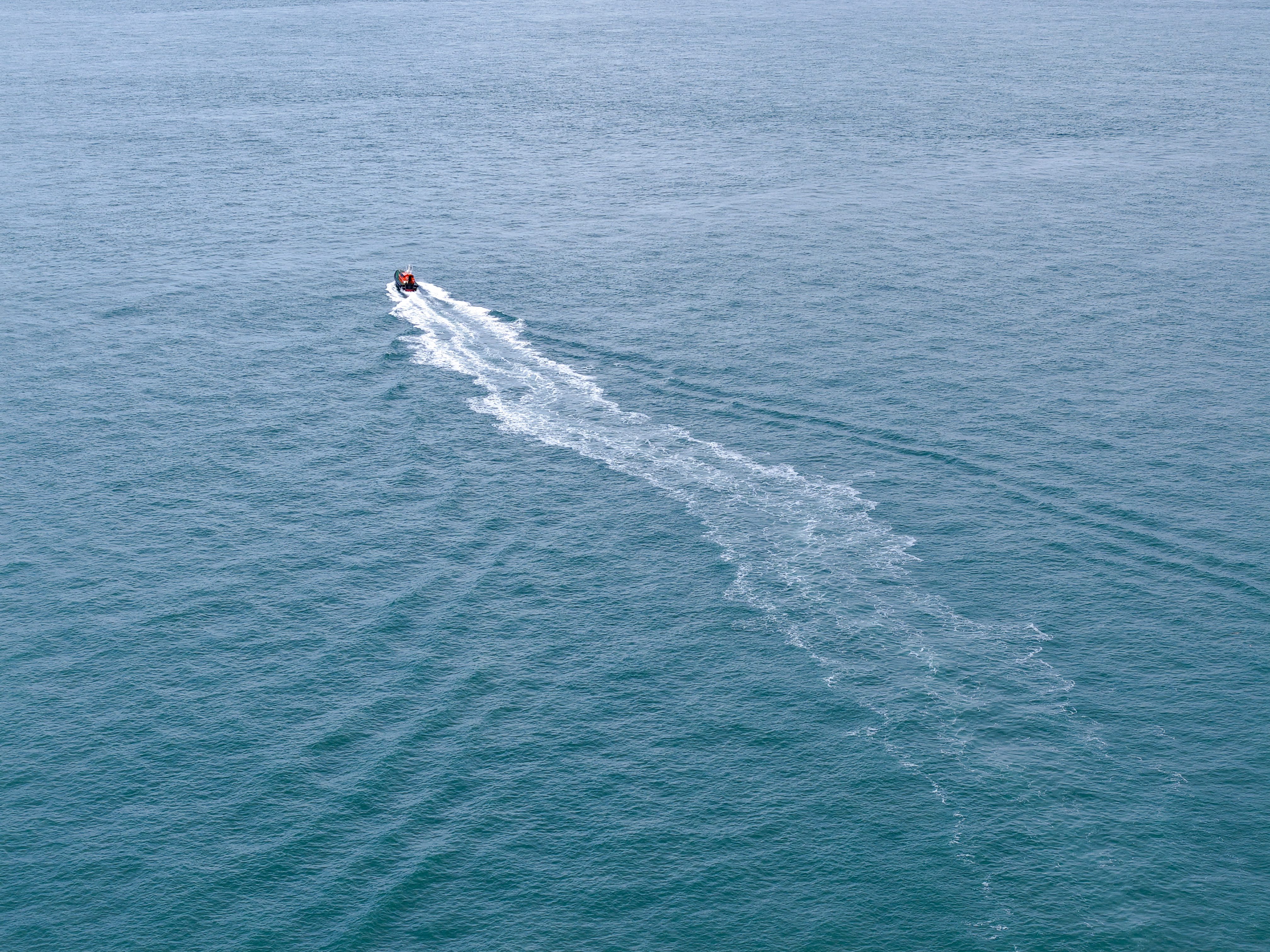
✅ You want multi-camera versatility: Pairing wide-angle and medium-telephoto cameras, the Air 3S lets you cover more scenes with a single drone.
✅ You want longer flight times: With up to 45 minutes of airtime from a full charge, the Air 3S lets you stay airborne for longer than other drones.
❌ You’re a casual drone pilot: The cost, weight class and capabilities of the Air 3S mean it’s very much a drone for enthusiasts rather than beginners.
❌ You already own a DJI Air 3: Unless you’ll appreciate it’s low-light video improvements, there isn’t enough novelty here to warrant an upgrade.
The Air 3 was already our favorite DJI drone for enthusiasts. The DJI Air 3S takes the same two-camera recipe and makes a couple of improvements to become an even more compelling all-rounder. Physically, it’s virtually identical to the Air 3. So too is the generous 45-minute battery life. What’s new is a larger 1-inch sensor for the wide-angle camera. It also becomes the first DJI drone to benefit from LiDAR for the front-facing collision sensors.
The result is a 4K drone with all the versatility of the Air 3, including automated flight modes, subject tracking and support for HLG and D-Log M color profiles, with the added bonus of improved low-light performance. In our review, we found that the larger sensor boosted the quality of footage in dim conditions, while the upgraded omnidirectional obstacle avoidance setup offer additional reassurance at dusk. If you’re a seasoned pilot who wants the flexibility to fly and shoot in all conditions, we think the Air 3S is a stellar choice.
- Read our in-depth DJI Air 3S review
Best FPV drone from DJI
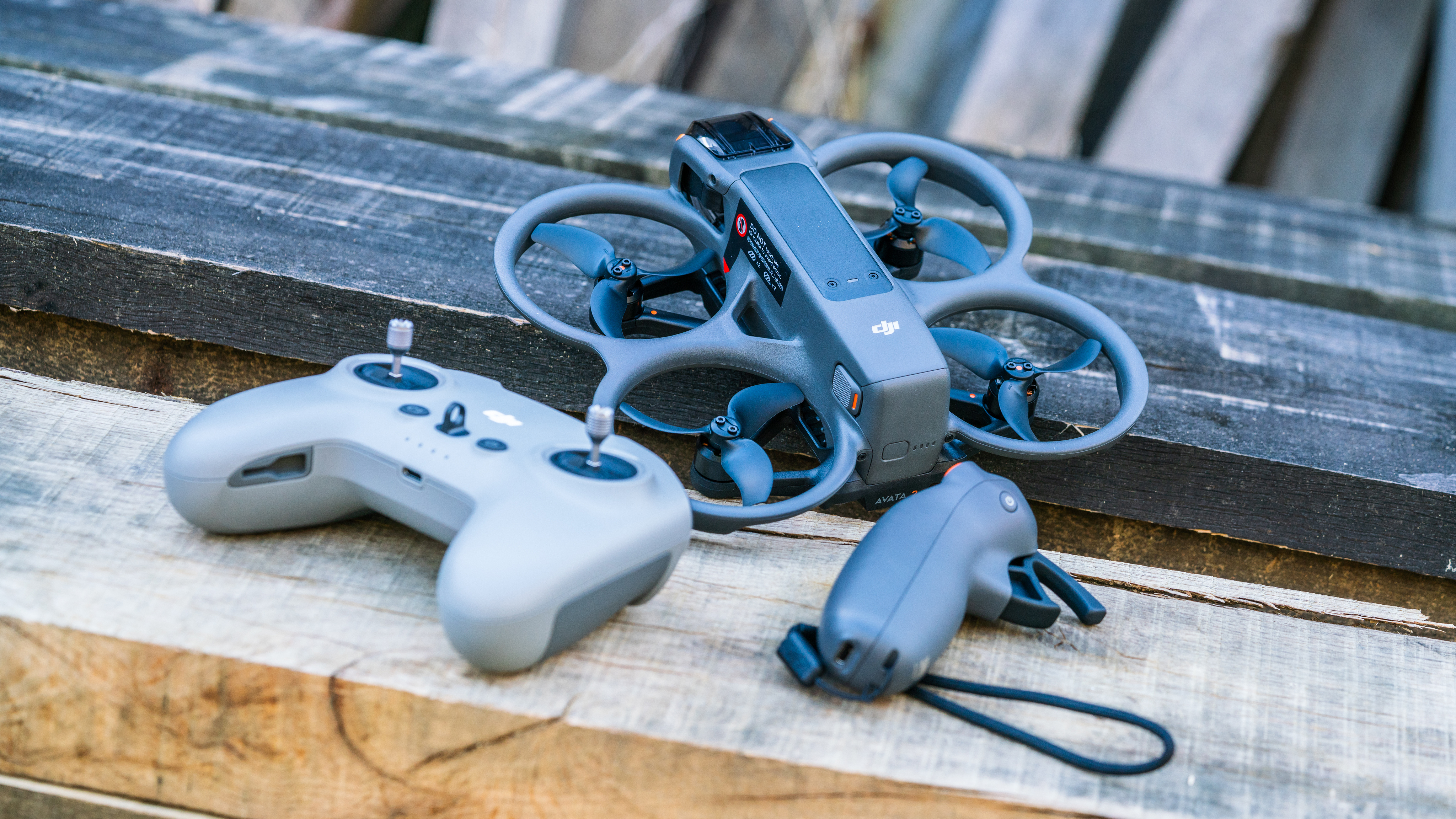

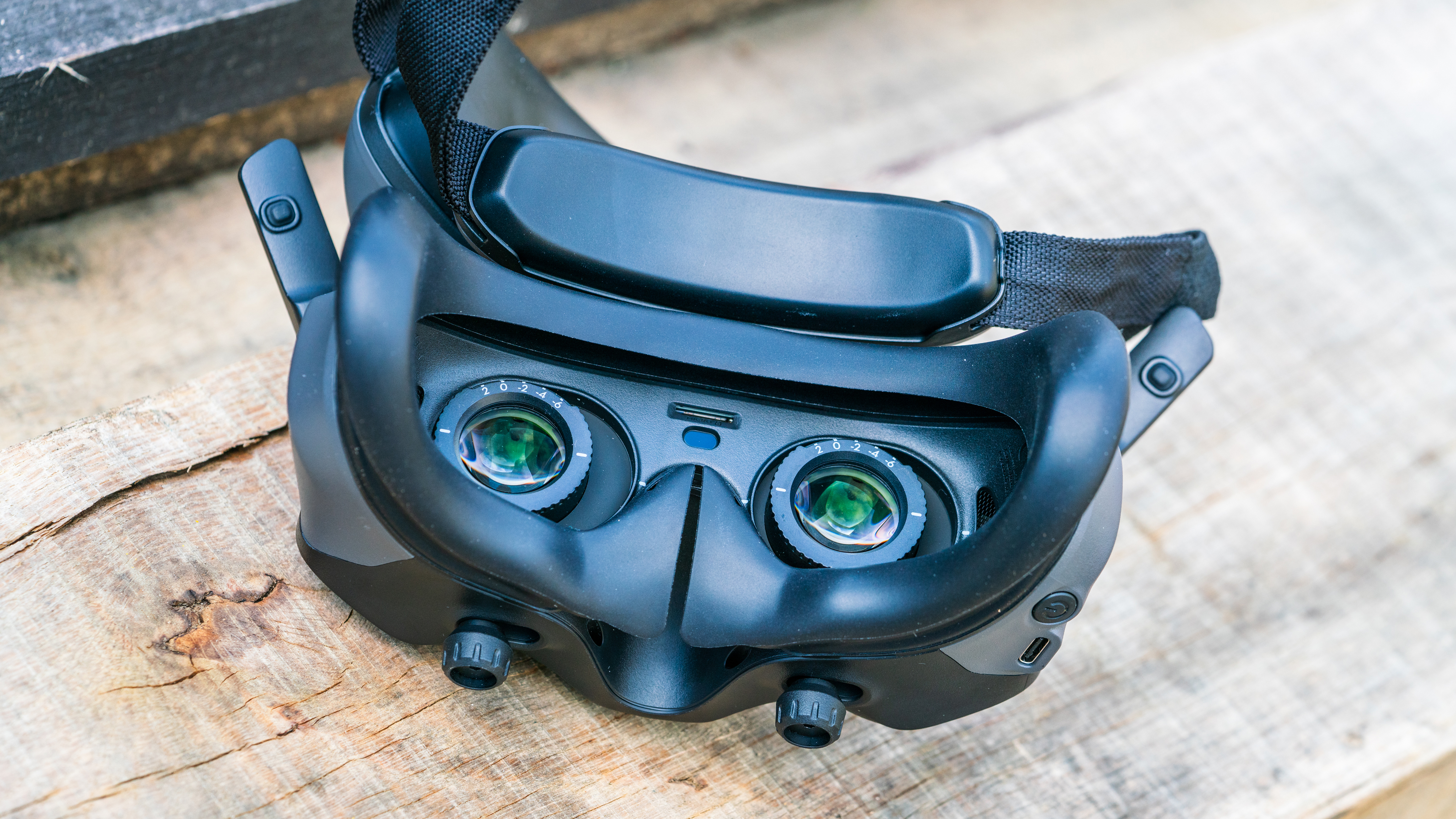
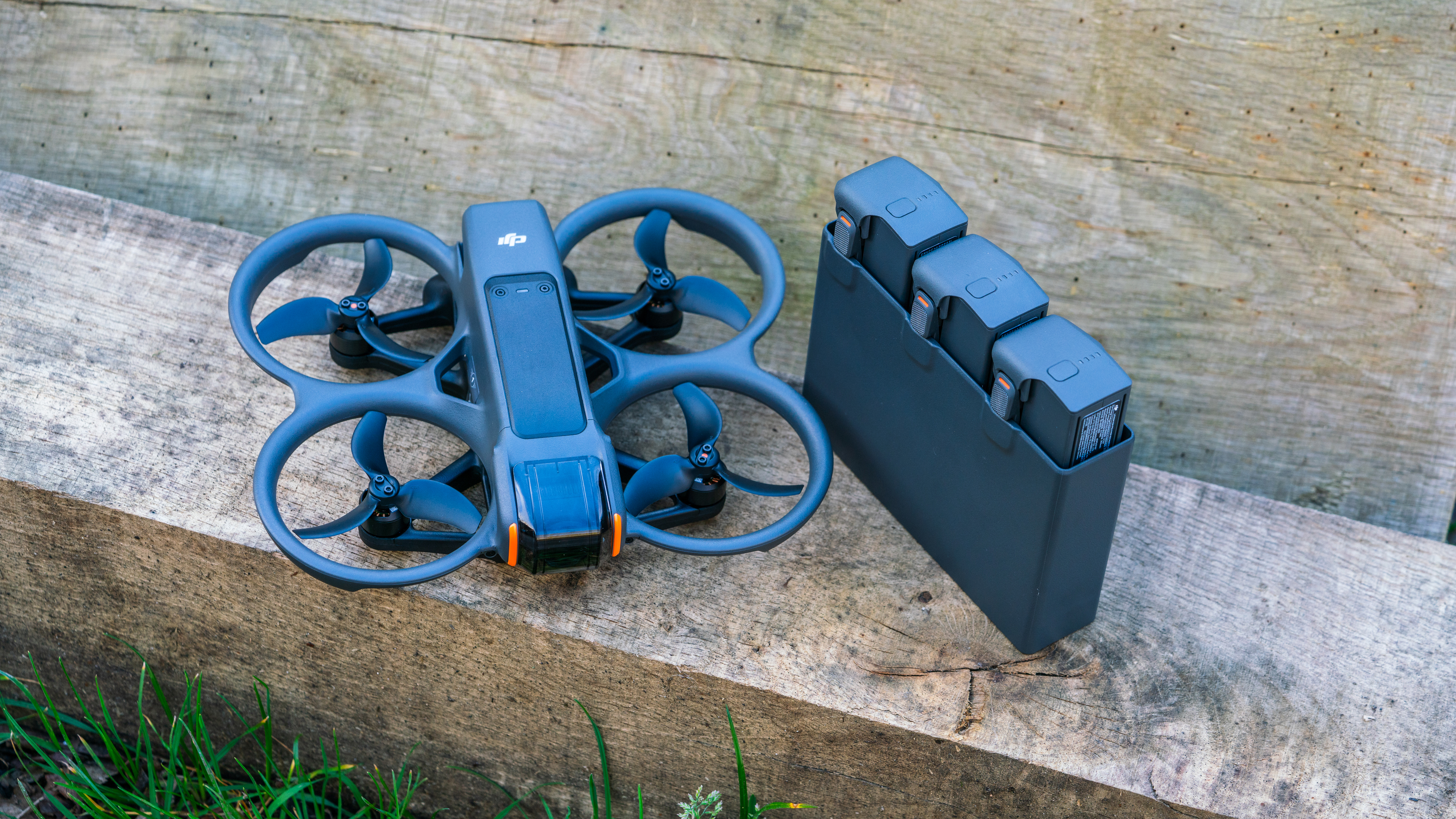
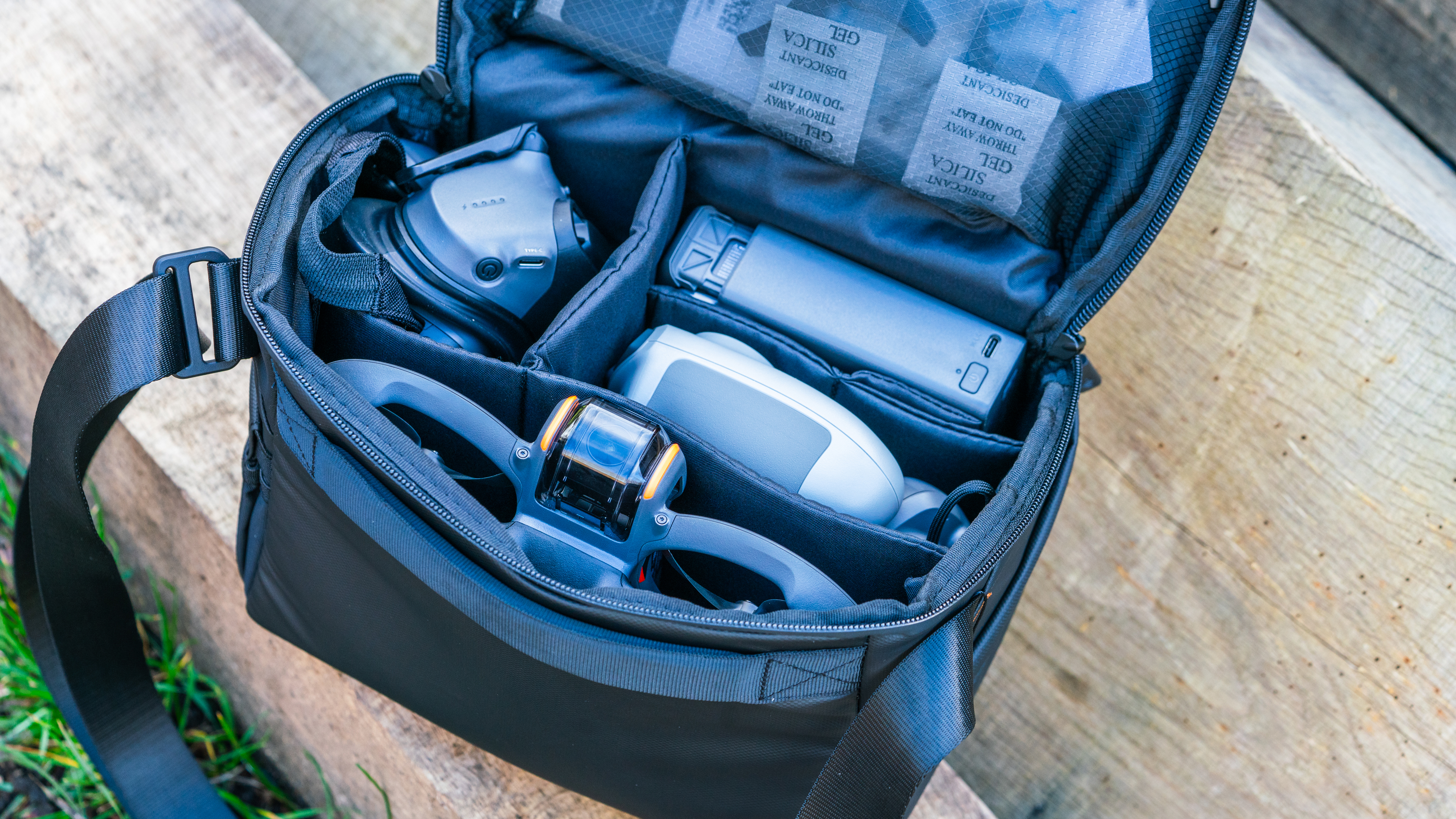
Specifications
Reasons to buy
Reasons to avoid
DJI Avata 2 sample images
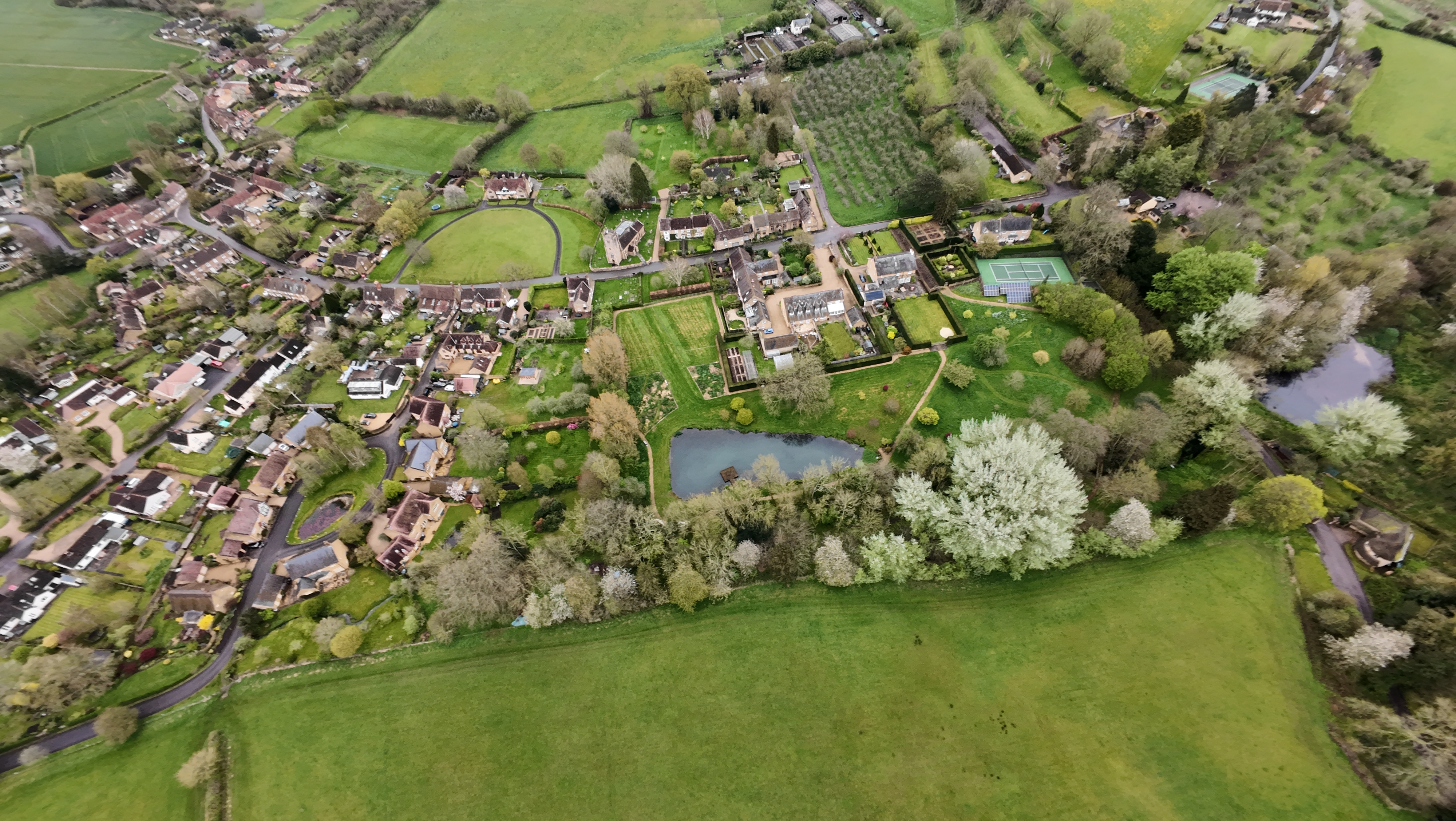
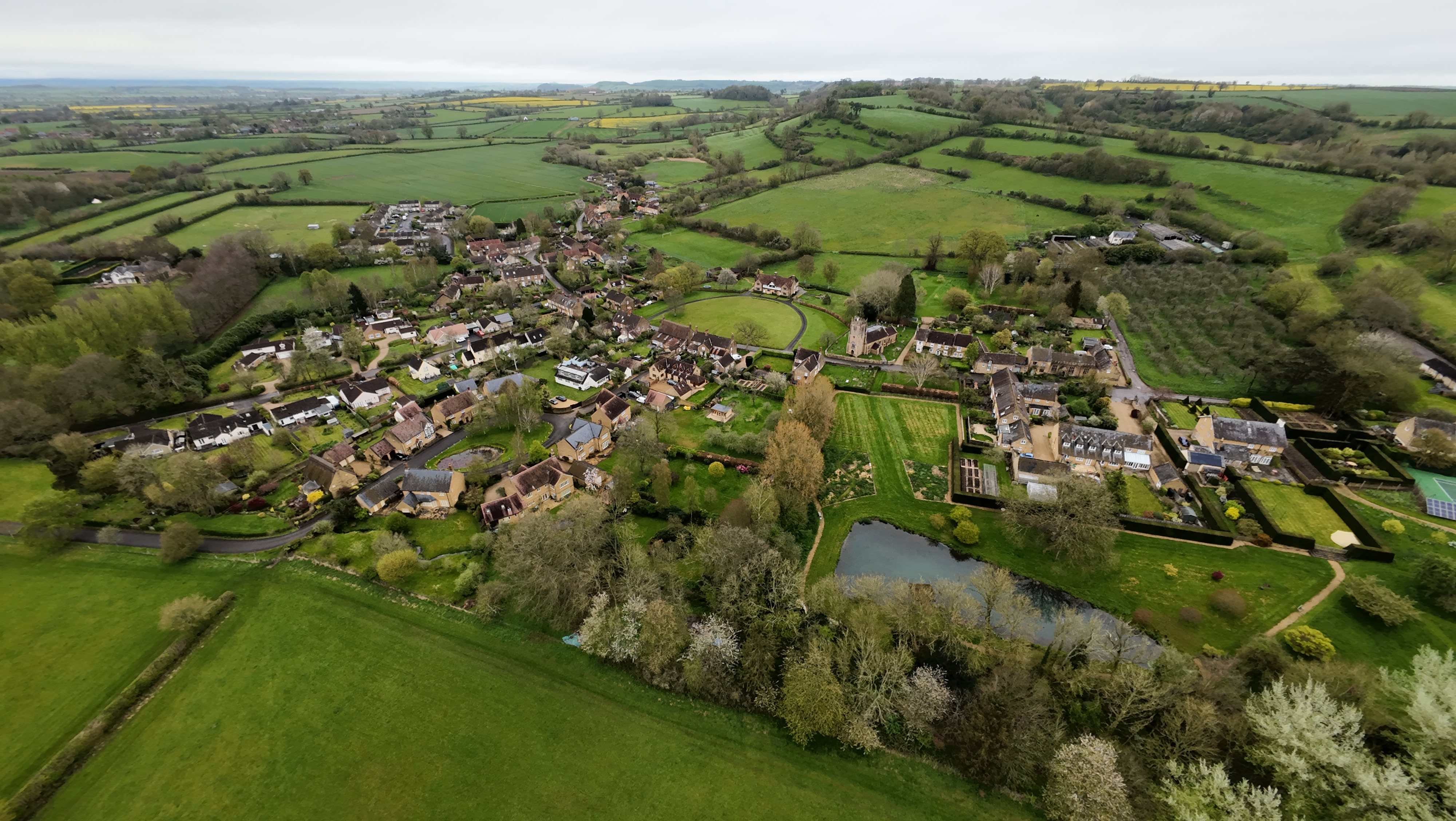
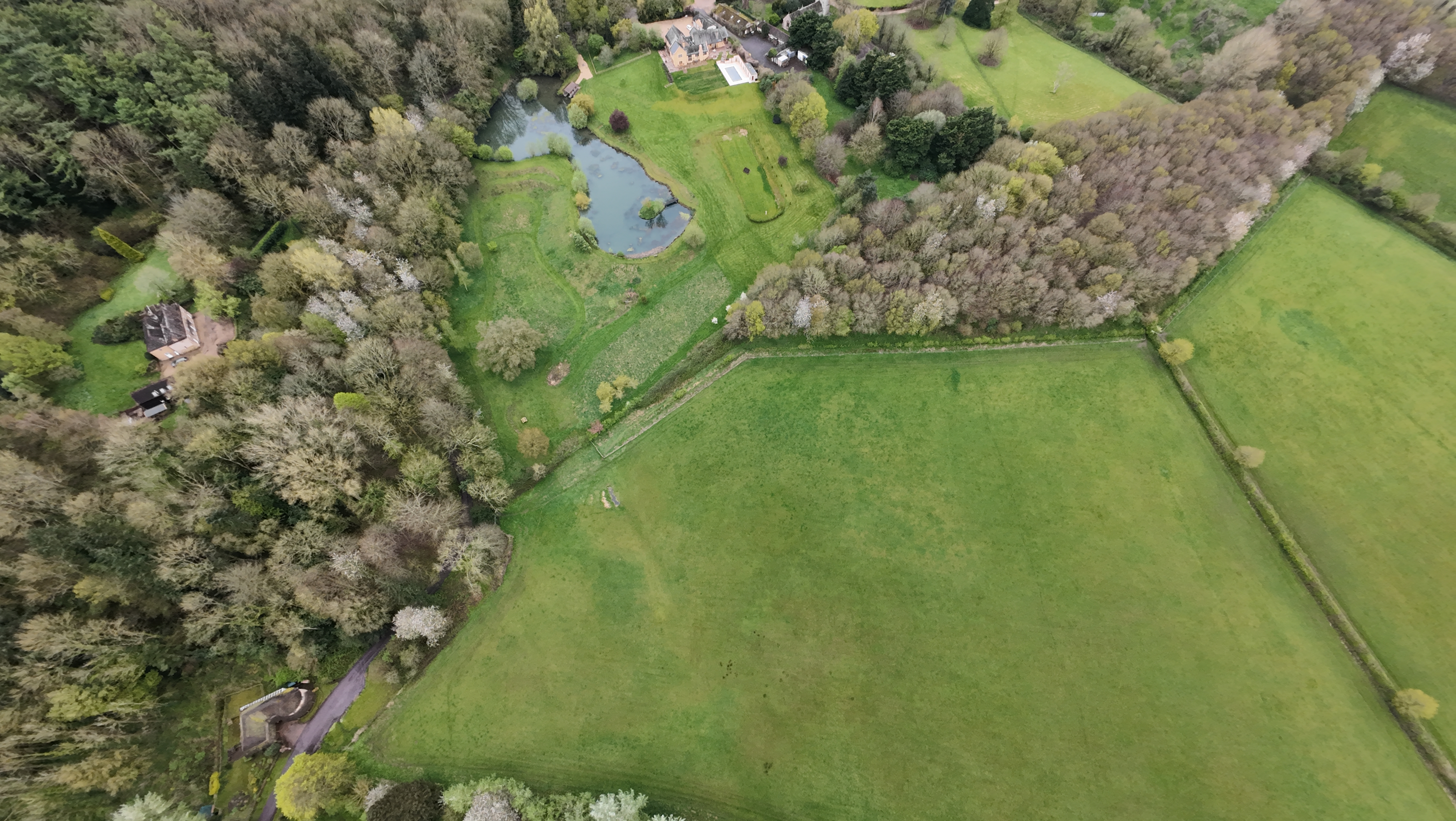
✅ You want an FPV drone that's ready out of the box: The Avata 2 lets you fly right out of the box, with intuitive controls and a relatively gentle learning curve.
✅ You want the best FPV image quality: The Avata 2 shoots sharper than previous DJI FPV drones and with better dynamic range.
❌ You have a limited budget: If you don't need all of its features, you might find better value from the DJI FPV or the original Avata.
❌ You're a seasoned FPV pilot: Flight modes and safety features mean the Avata 2 is designed for newcomers, rather than freestyle flying.
We were already big fans of the DJI Avata, and the second edition only cements its place as the best FPV drone you can buy. In testing, we found it remarkably intuitive to fly, even for beginners. Safety features – such as a panic button which slows the drone to a hover – offer extra reassurance for learners. We found the updated Motion Controller 3 simple to use, although more experienced pilots should consider the Remote Controller 3 for manual flight.
Our tests revealed that image quality has received a major upgrade, courtesy of an improved 1/1.3-inch CMOS sensor. The 4K/60p footage we shot offered greater detail and much better dynamic range than the first-gen Avata. Video streamed to the upgraded DJI Goggles 3 was sharp as well, and thanks to a more aerodynamic profile, the Avata 2 can fly for longer – with 23 minutes of flight time per charge extending the sense of immersion. Considering that the Avata 2 ships with everything you need to fly, we think it offers a fantastic value route into the world of FPV.
- Read our in-depth DJI Avata 2 review
Best DJI drone for pros
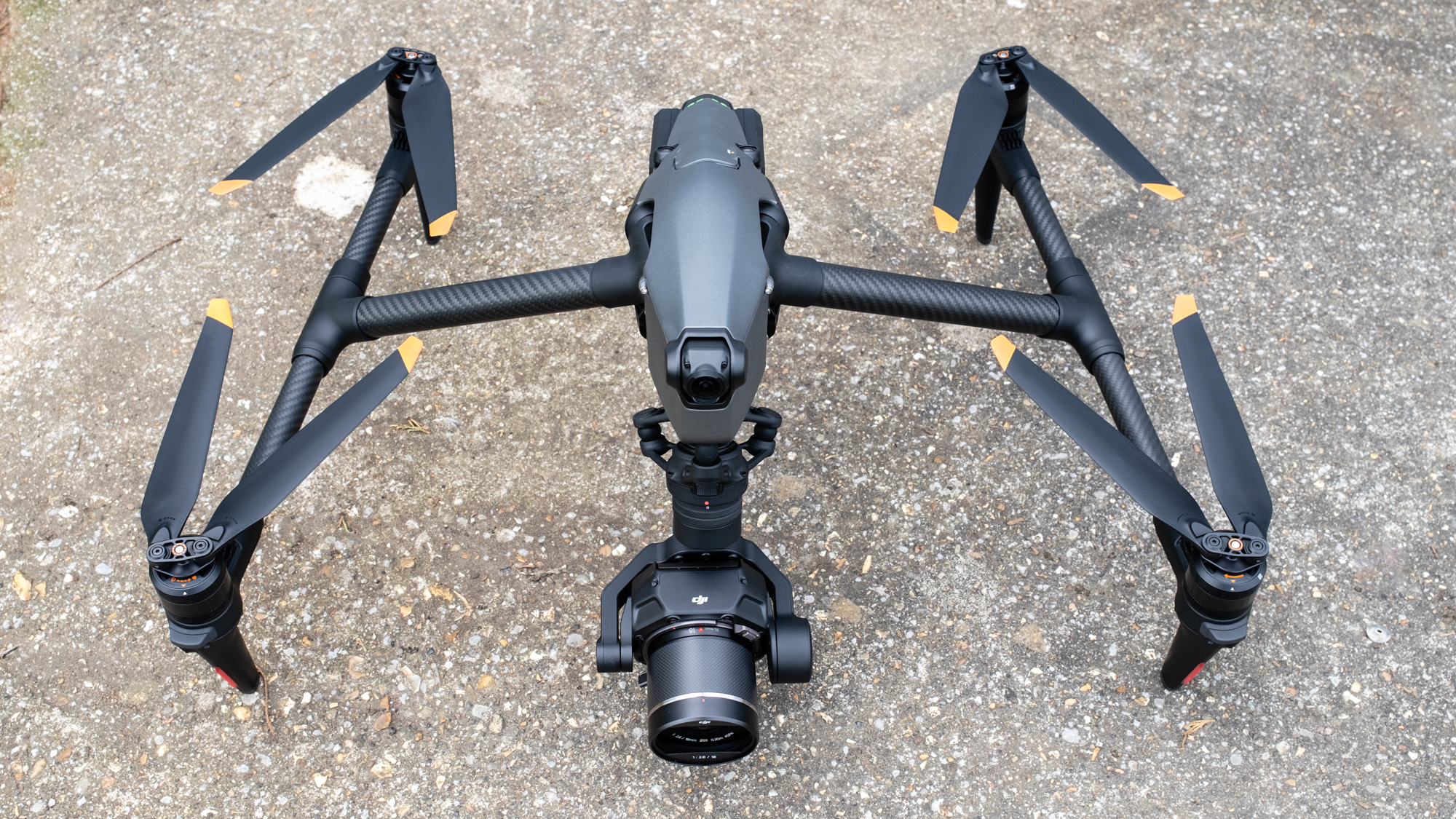
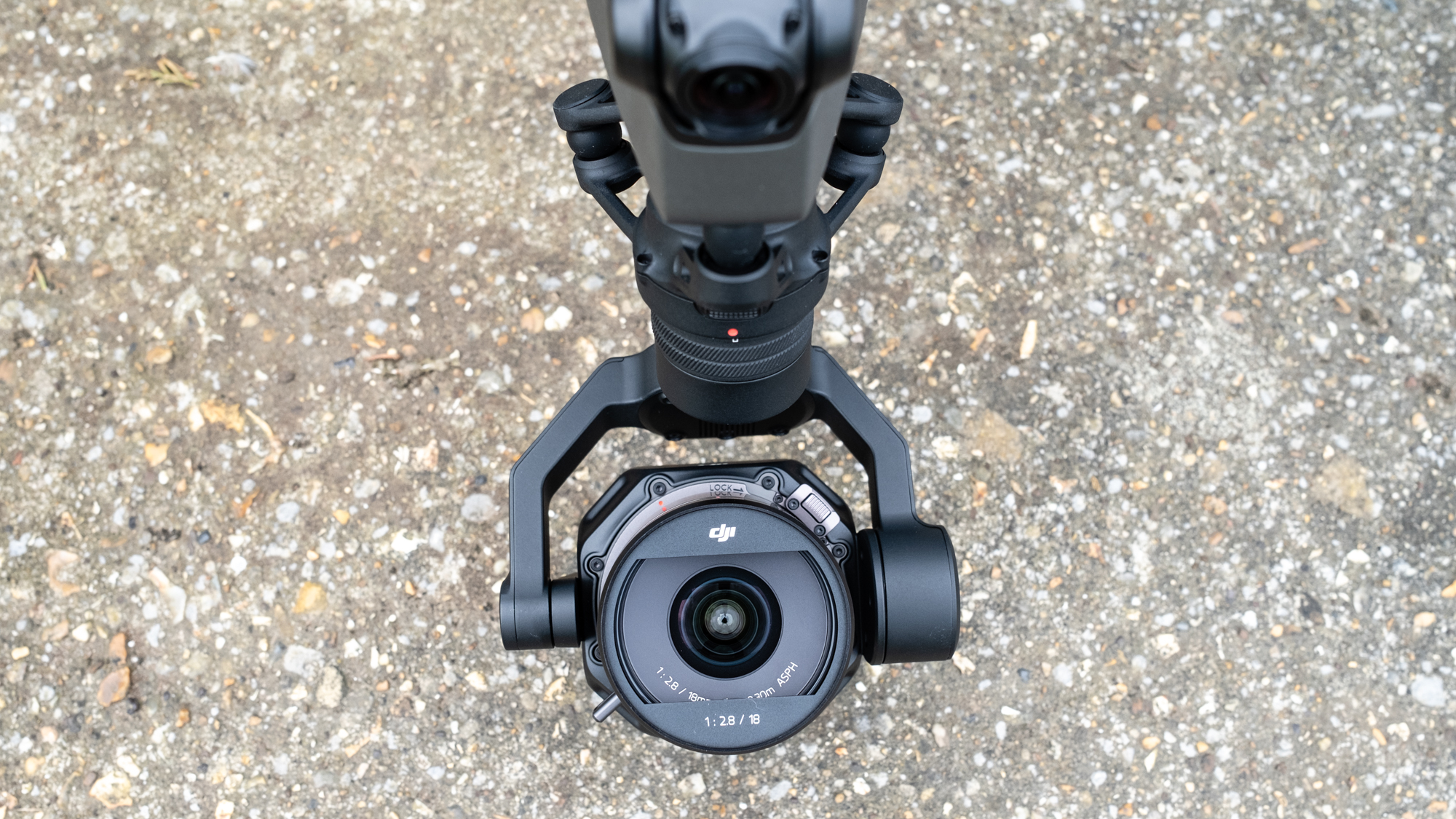
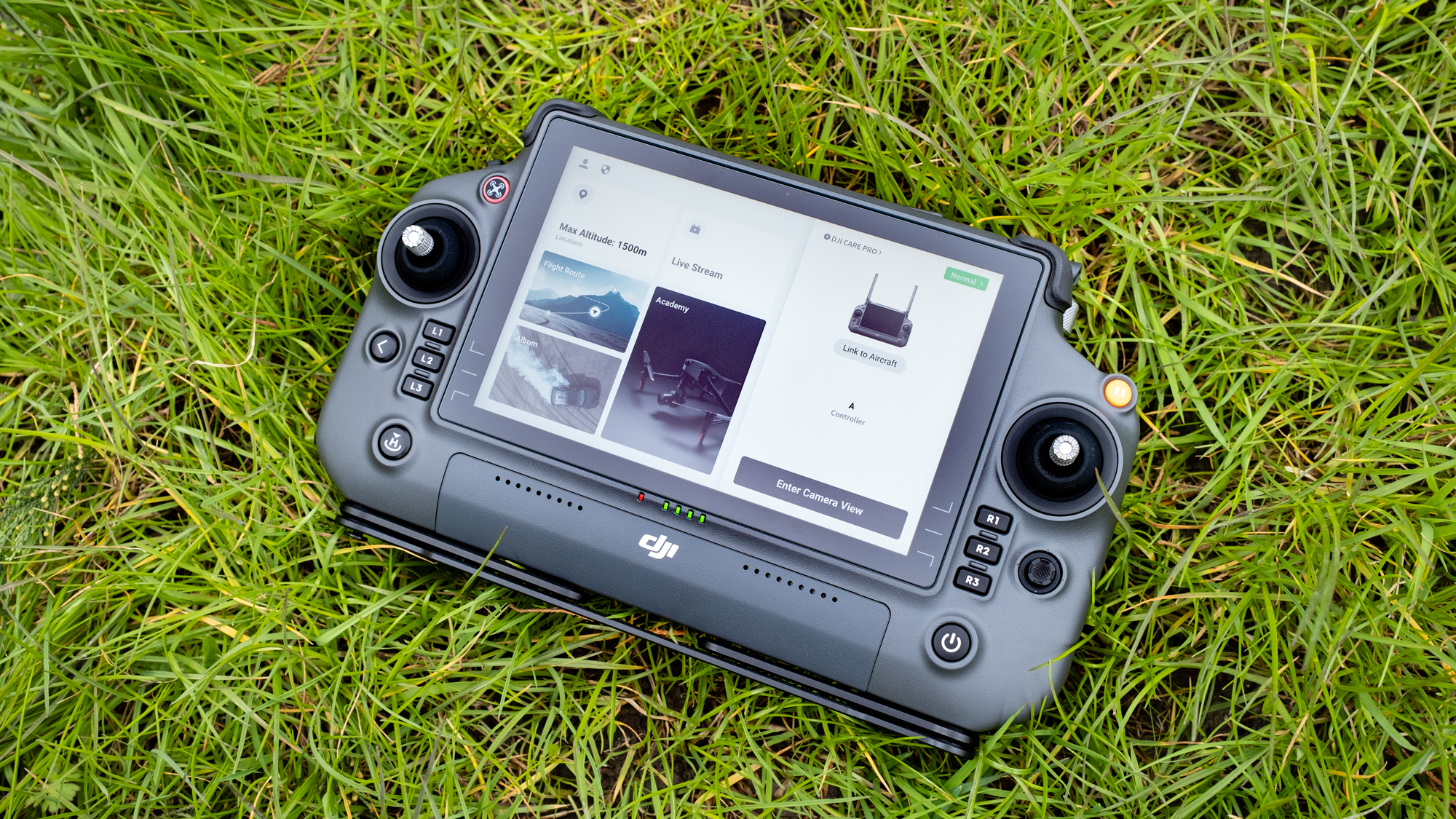
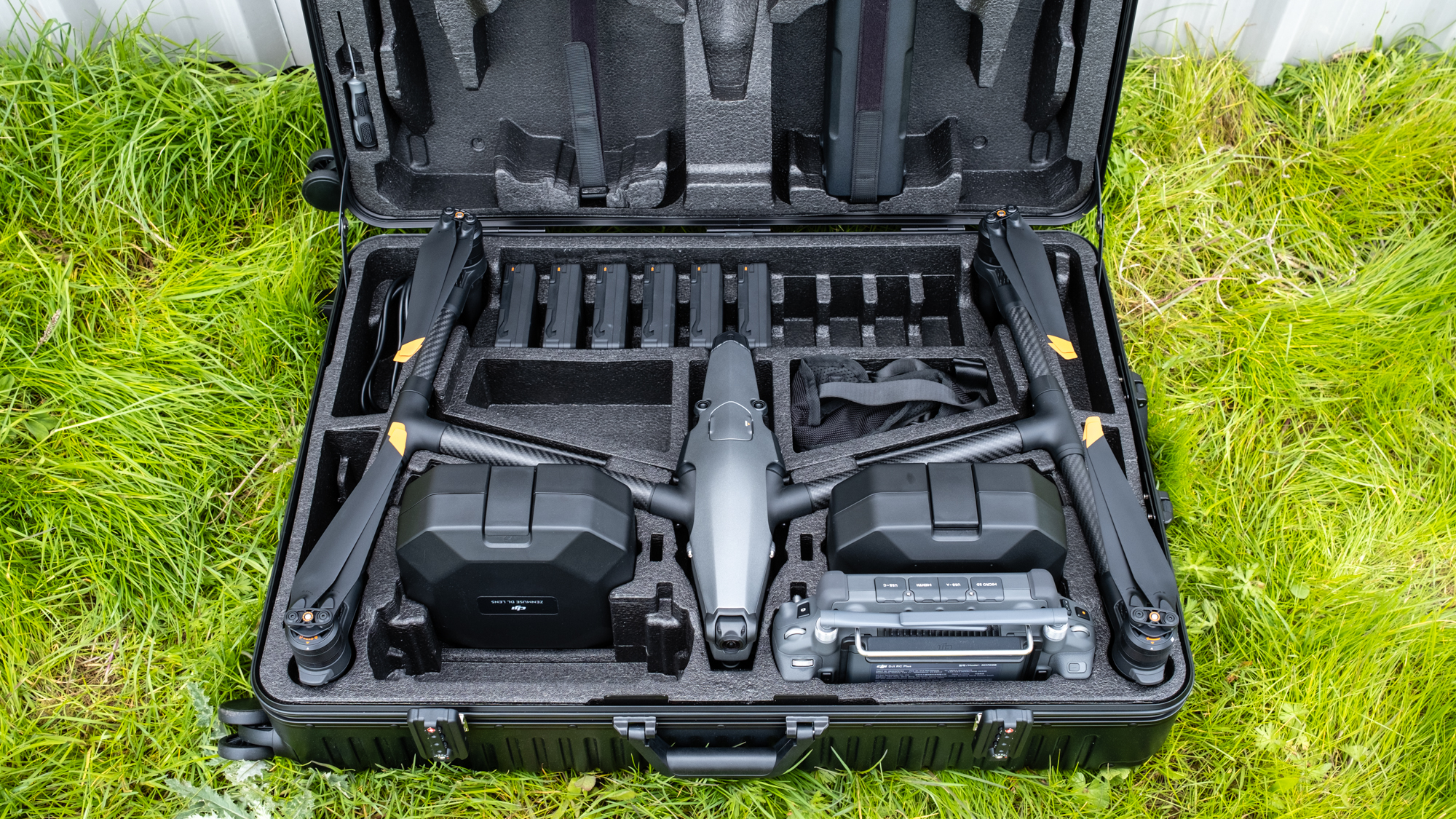
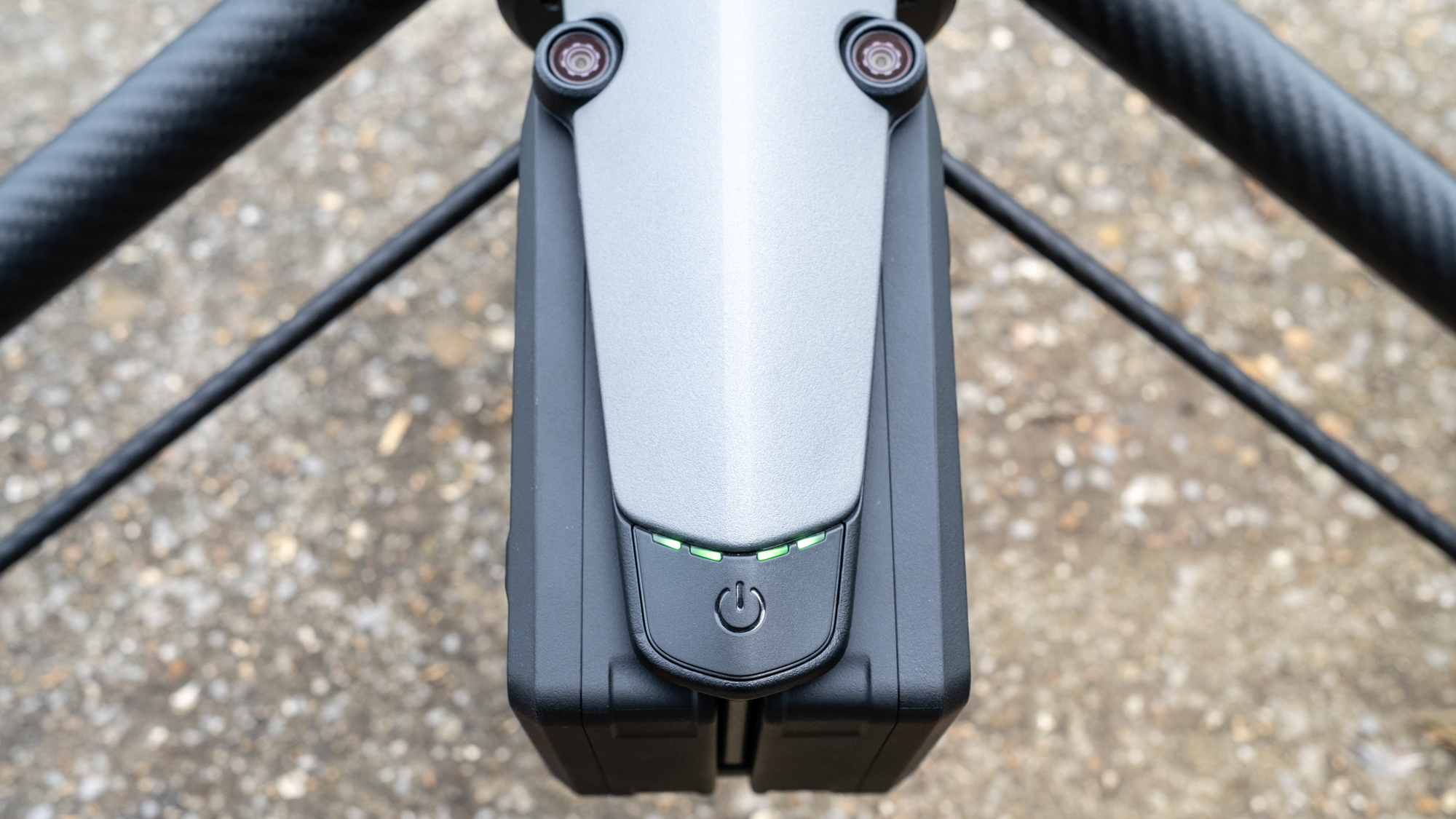
Specifications
Reasons to buy
Reasons to avoid
DJI Inspire 3 sample images
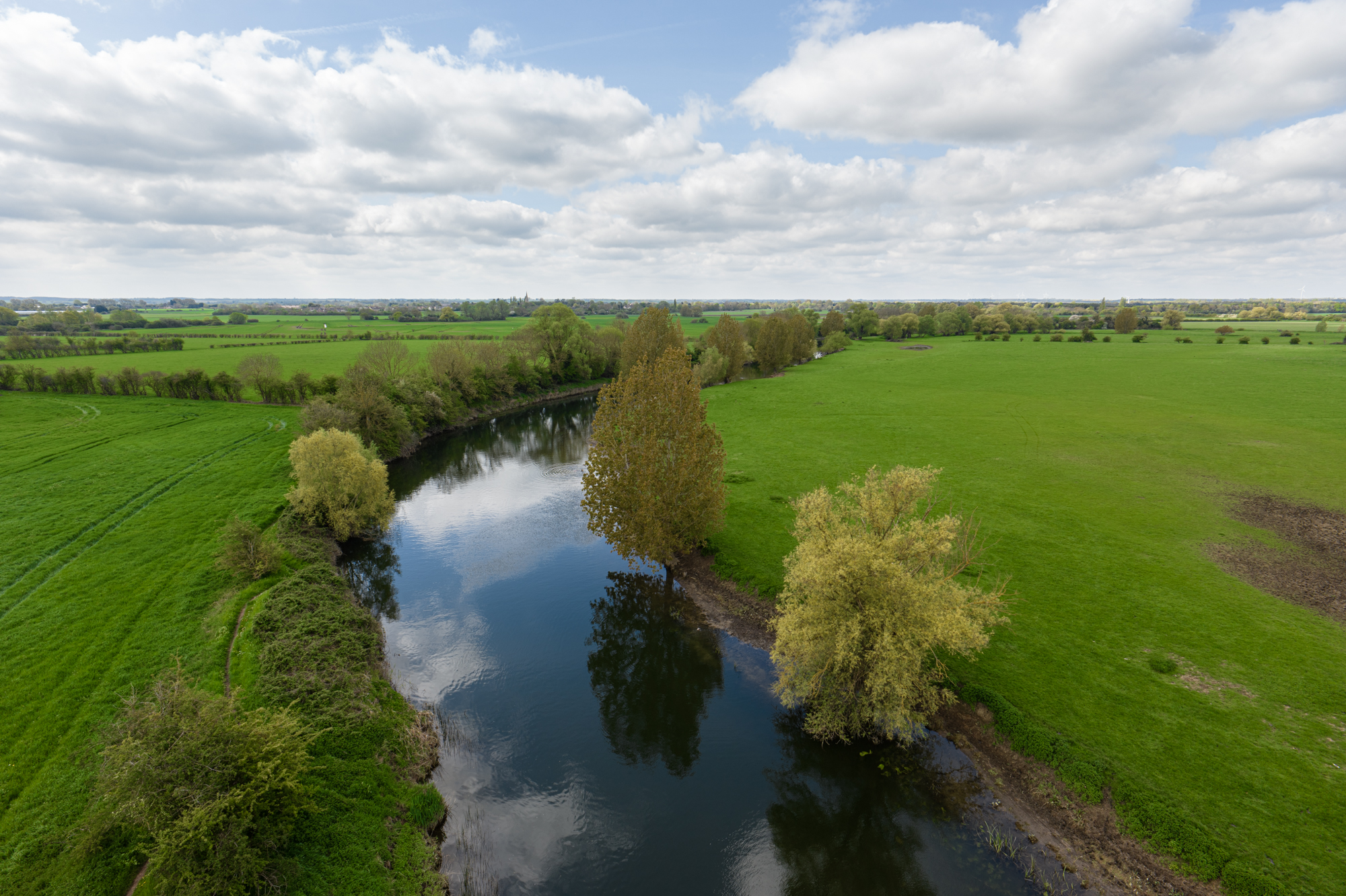
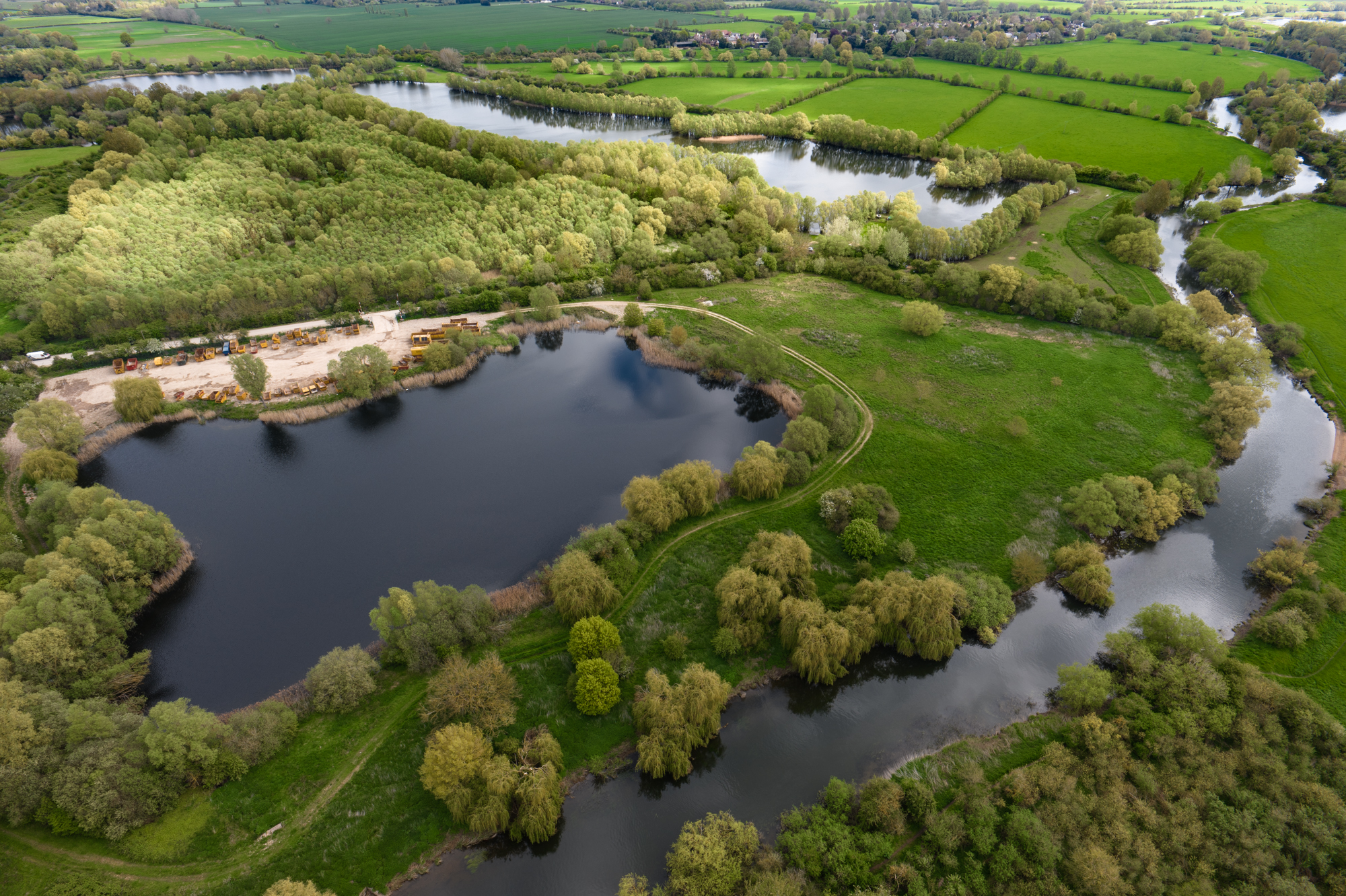
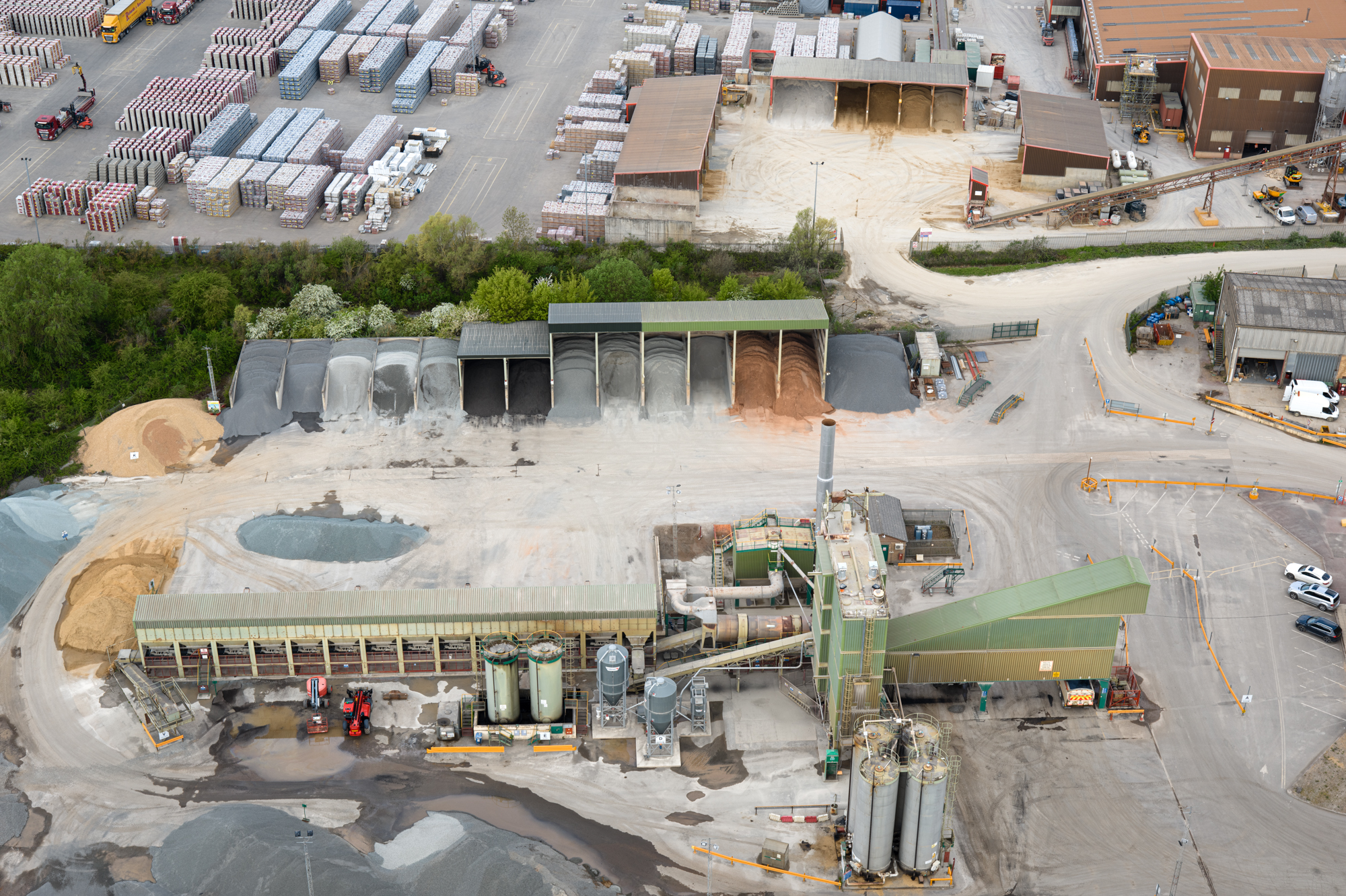
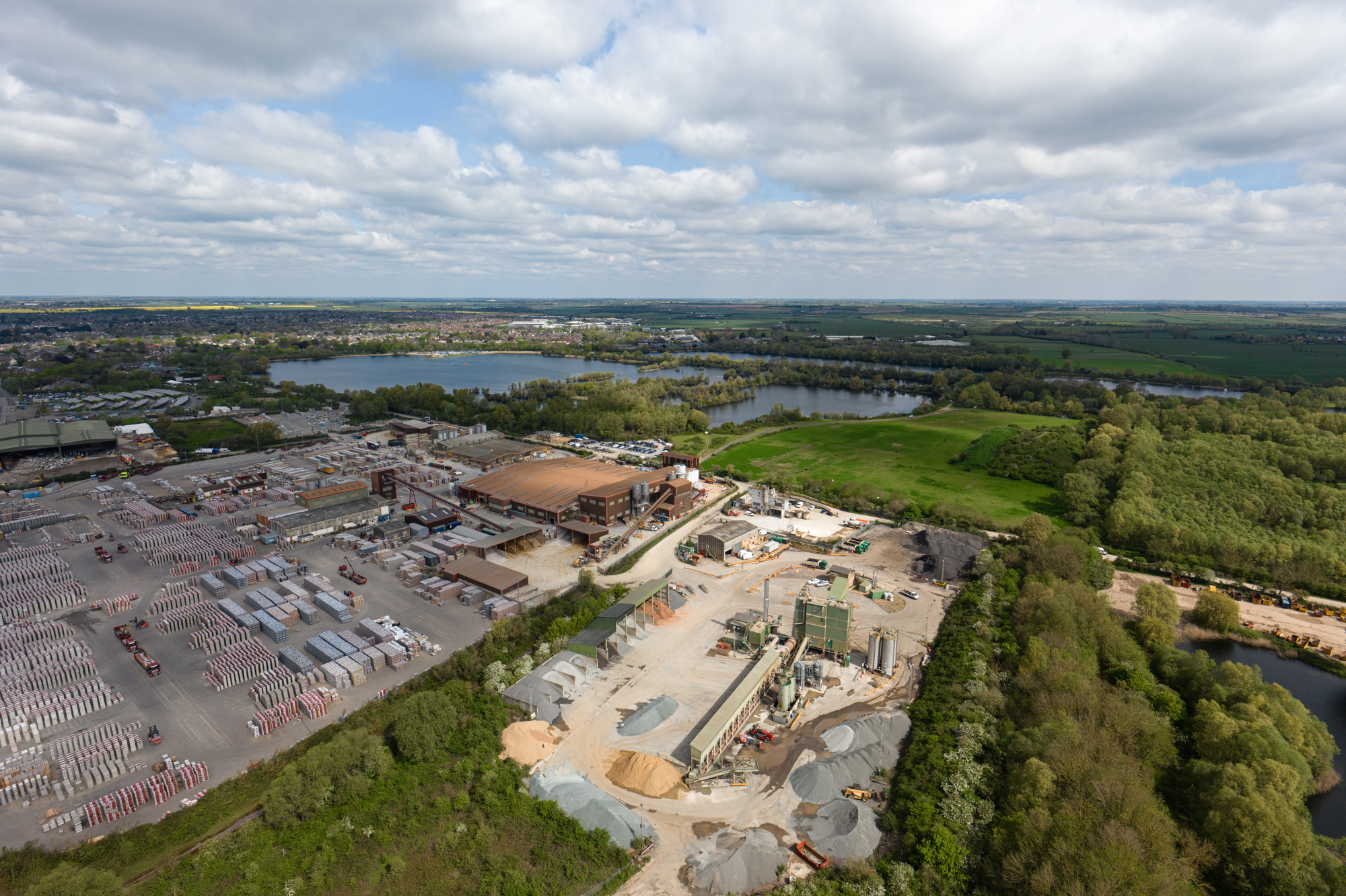
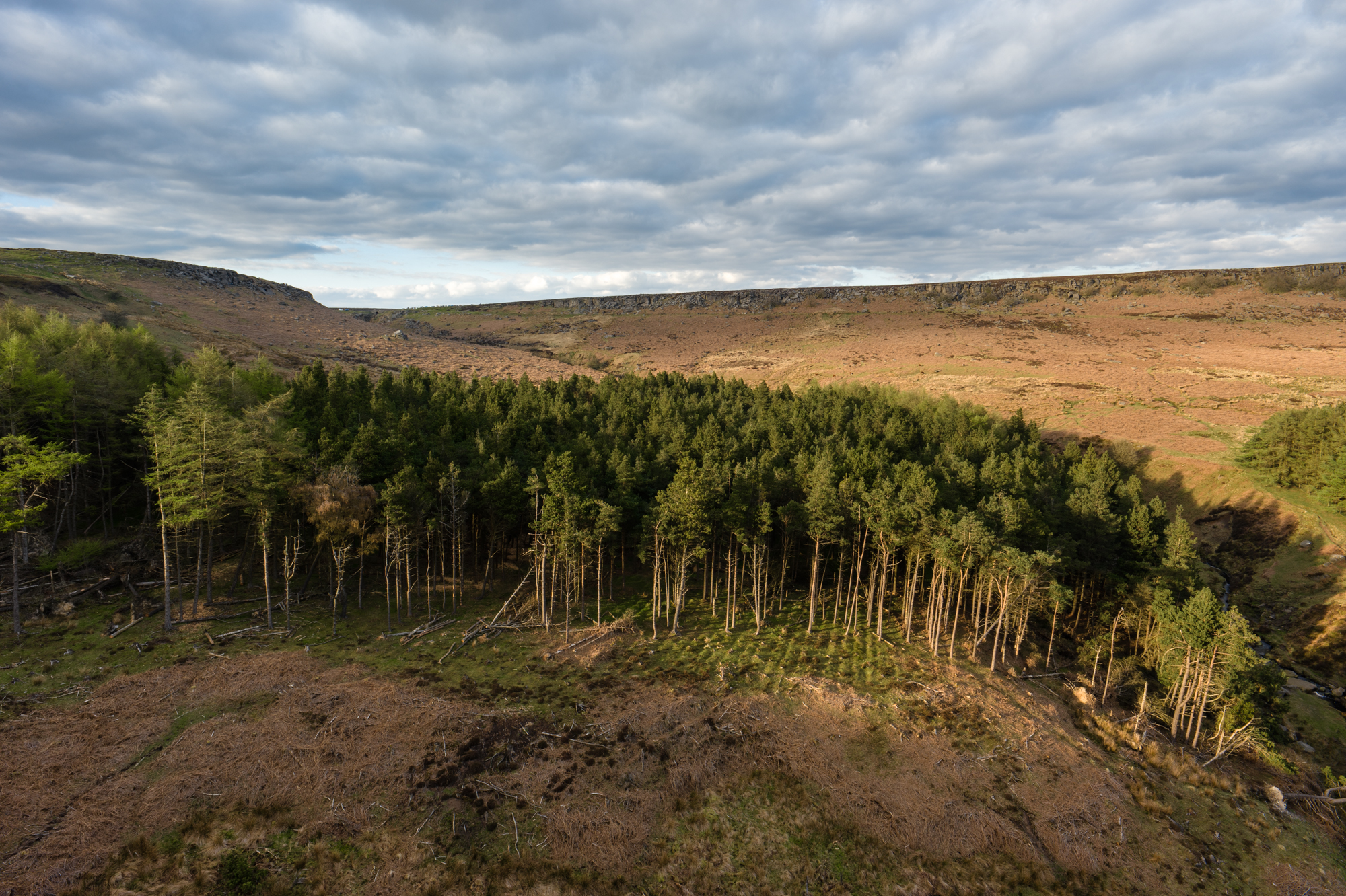
✅ You produce professional drone footage: The Inspire 3 has the tools needed for truly pro productions, including dual-operator control.
✅ You demand the upmost precision: With precise flight accuracy, the Inspire 3 was made for the highly complex environments such as crowded film sets.
❌ You’re not making money from piloting: This is a ludicrously capable and expensive drone that's no toy.
❌ You need a compact drone: The bulky Inspire 3 is heavy to carry, slow to setup and comes with legal flight restrictions.
The DJI Inspire 3 is a serious drone for seriously professional shoots and complex shoot environments. It offers precise control down to flight accuracy of 10mm, plus dual operator control. It's bulky and heavy, requires time to setup – in short, this is no consumer drone; it's built for professional environments such as film sets and commercial inspections.
Camera-wise it's a similar setup to DJI's full-frame and interchangeable lens Ronin 4D 8K, meaning image quality is fantastic and next level compared to the other consumer drones in the guide. The stabilized Zenmuse X9-8K Air Gimbal Camera can shoot 8K up to 75fps in ProRes Raw in either full-frame or Super 35, plus 4K at up to 120fps in all but the CinemaDNG codec, which tops out at 100fps in 4K. Aerial photographers are well catered for too – you can also shoot photos in raw and JPEG, with up to 14 stops of dynamic range. This is 5-star quality all the way.
- Read our in-depth DJI Inspire 3 review
The best selfie DJI drone
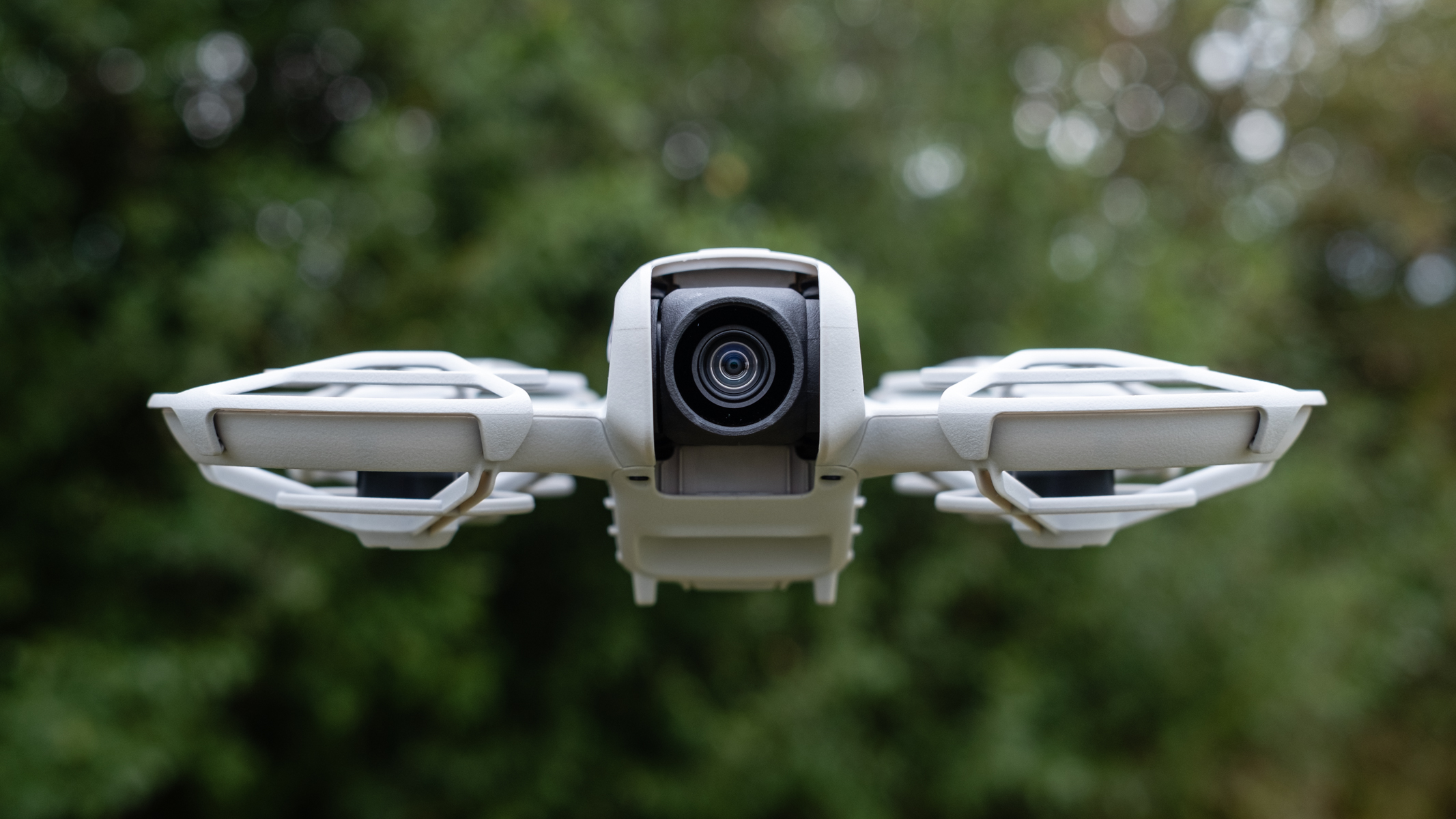
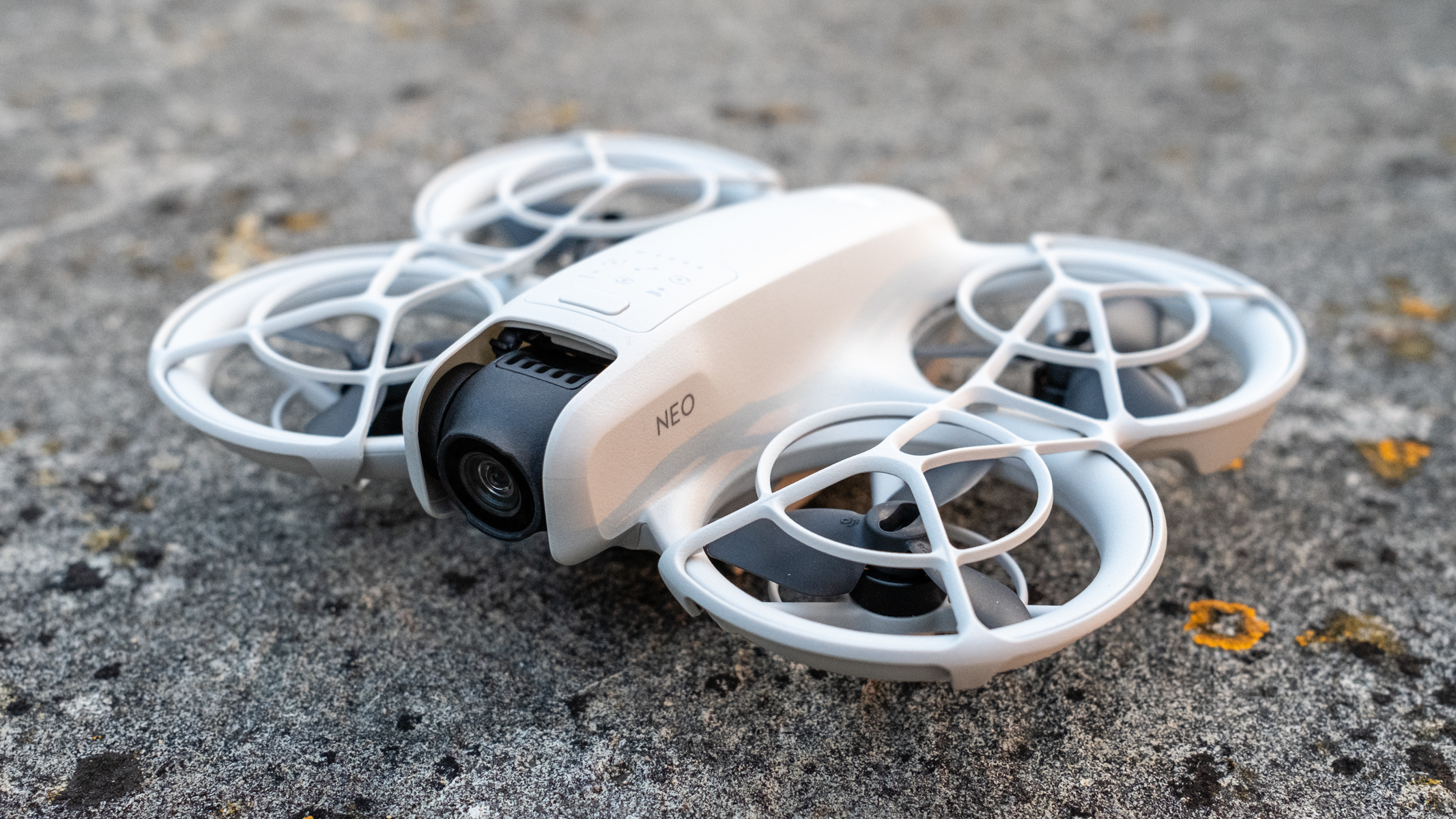
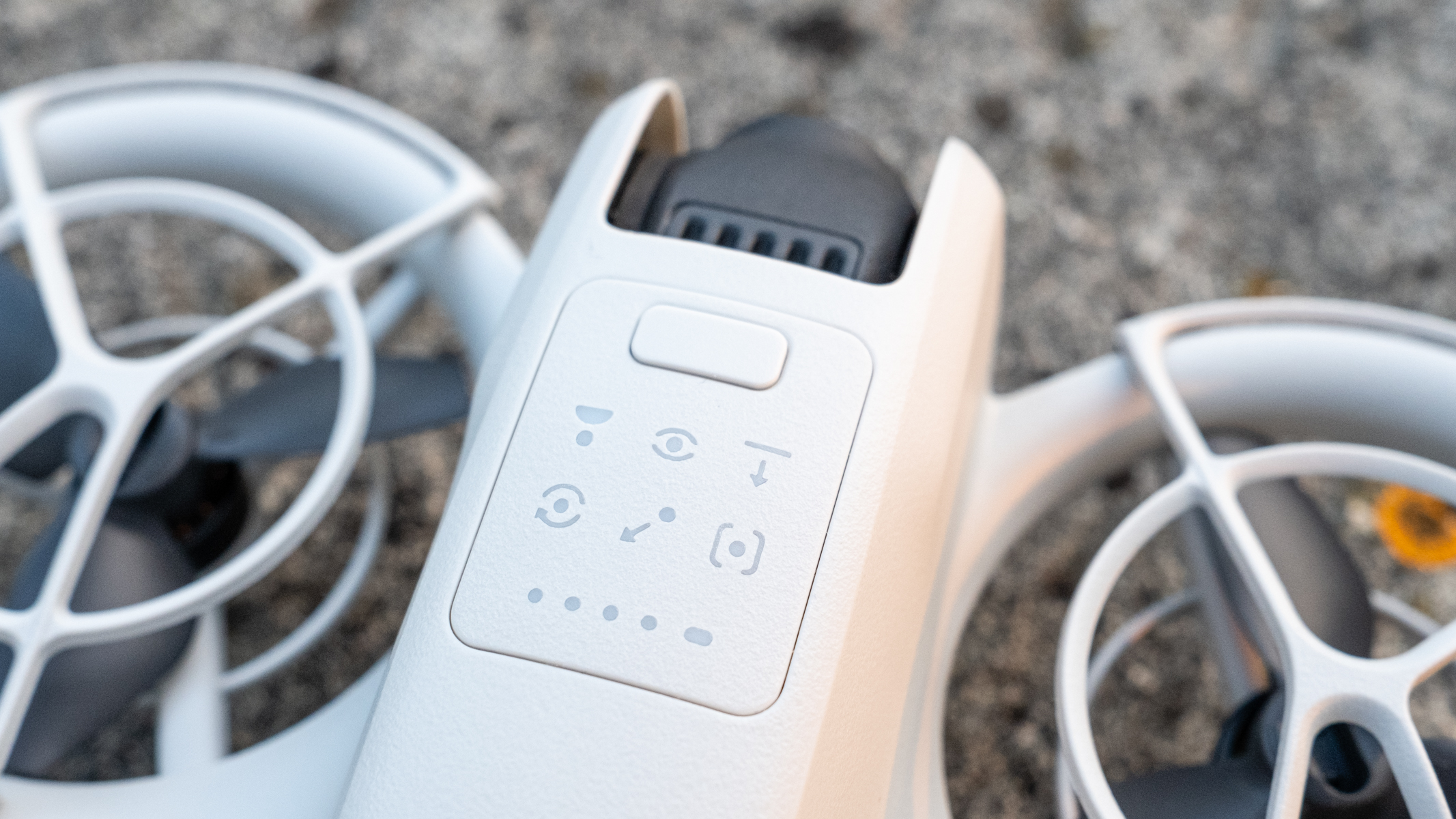
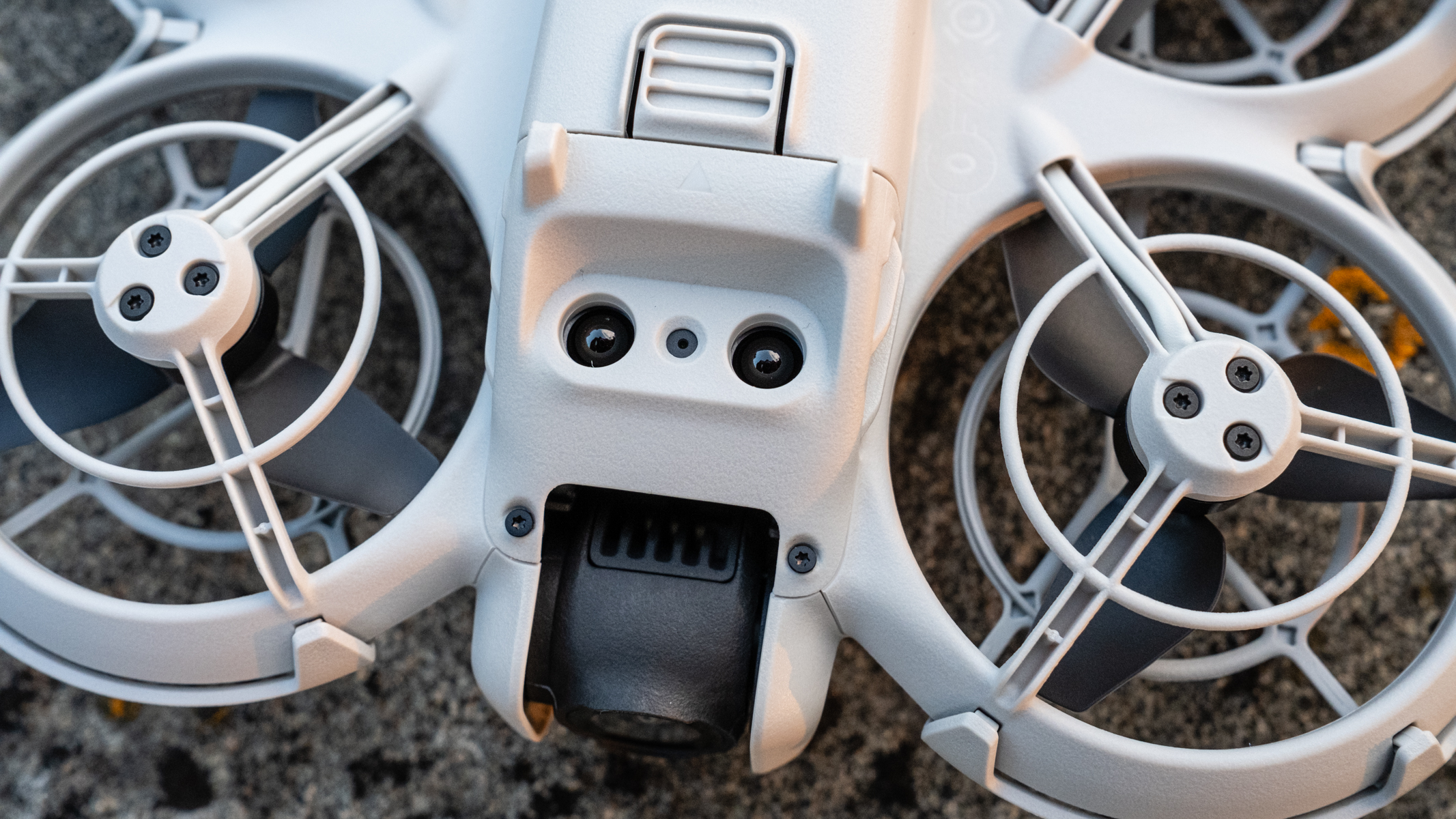
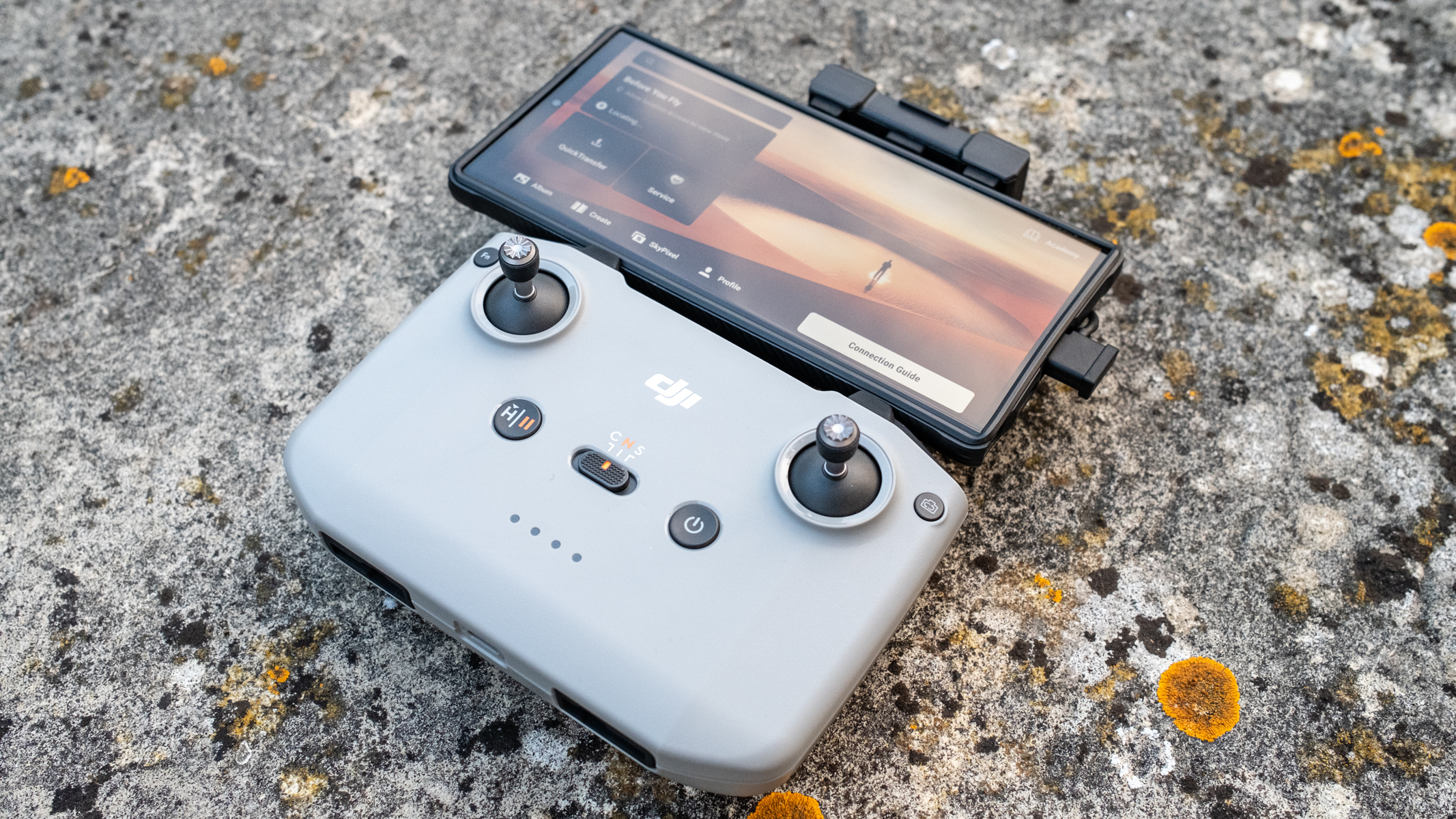
Specifications
Reasons to buy
Reasons to avoid
DJI Neo sample images
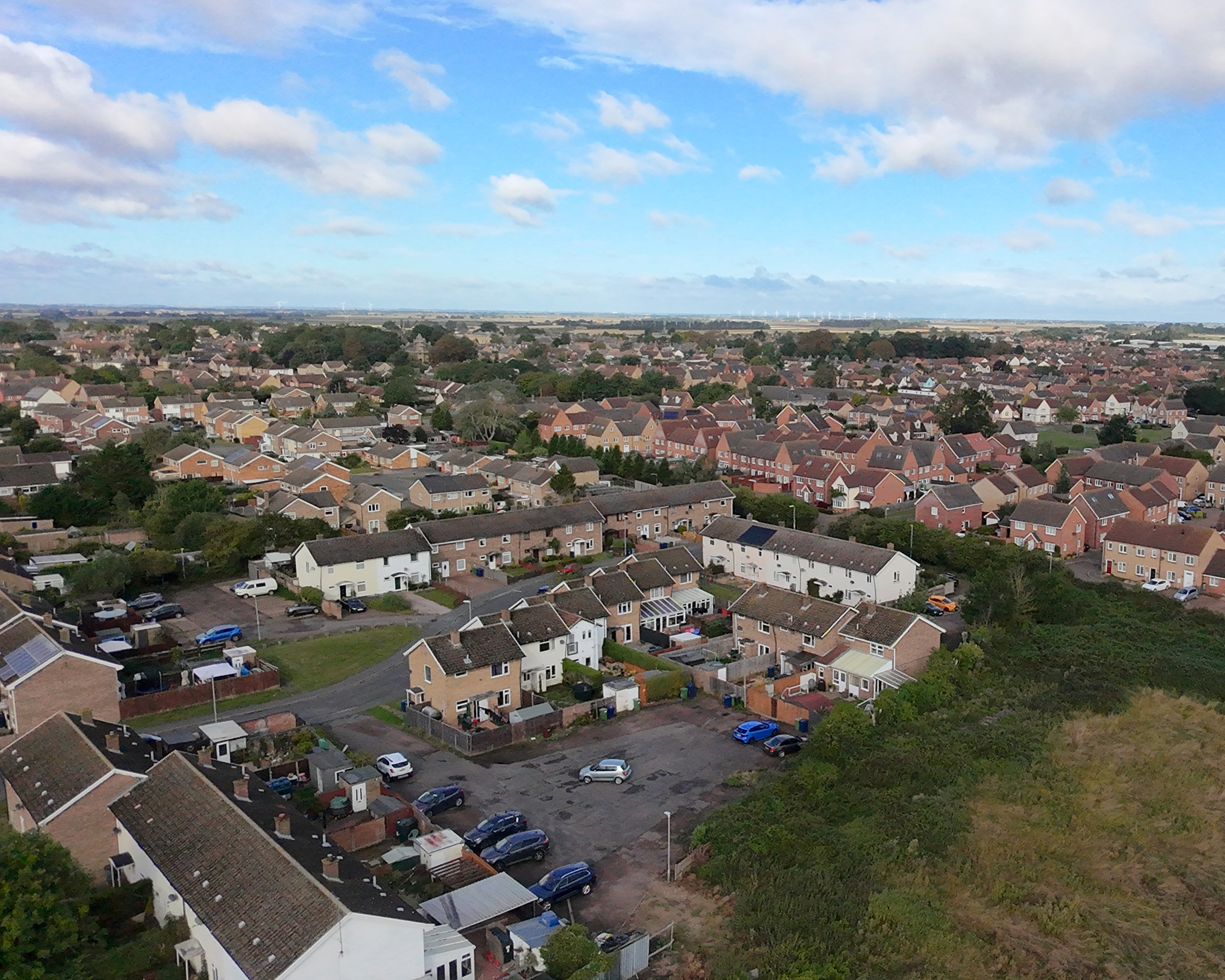
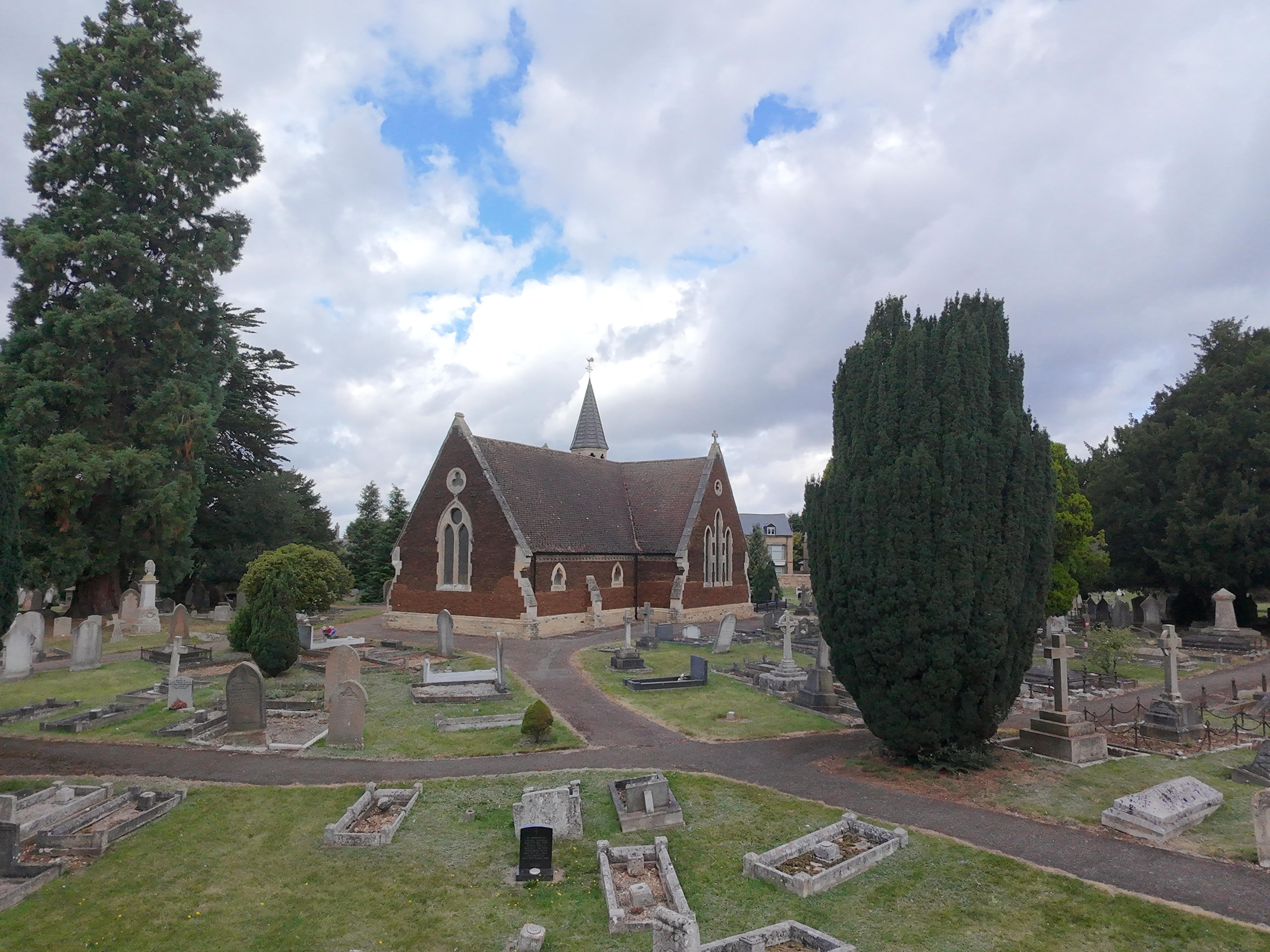
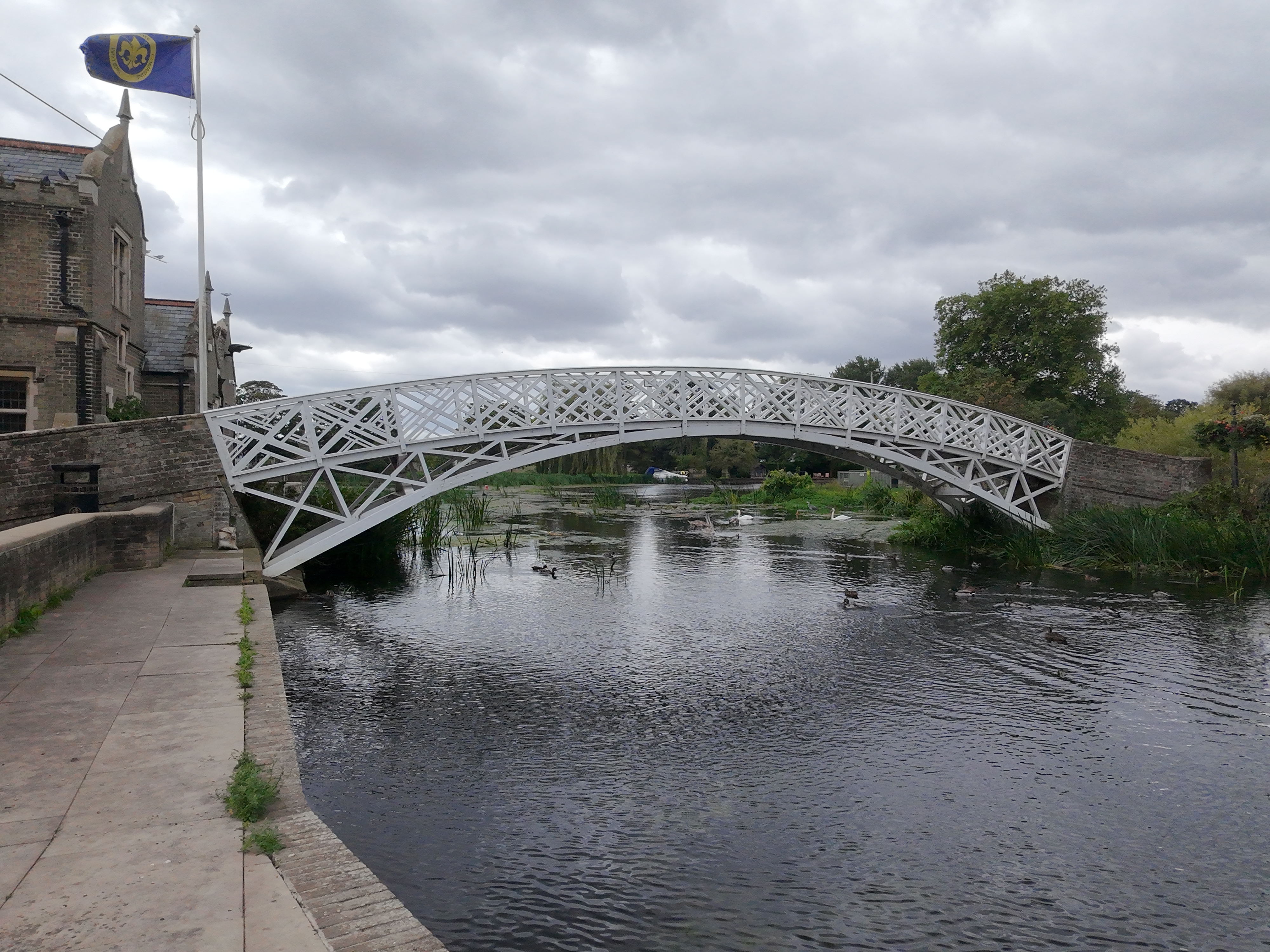
✅ You'd want plenty of flight options: You can fly the Neo without a controller, through DJI's Fly app, with a controller and even FPV Goggles, take your pick.
✅ You have no drone experience: You literally need no experience whatsoever and can take to the skies within minutes, equipped with AI subject tracking and face recognition for easy selfies.
❌ You're hoping for excellent image quality: Neo has beginner-friendly image quality meaning limited editing scope for your 4K videos and 12MP photos.
❌ It's FPV flight you're into: Yes you can fly Neo using DJI's Goggles, but they're a pricey extra and by which point you're getting close to Avata 2 combo prices, which is a much better FPV drone.
The DJI Neo stands out in DJI's drone lineup. It's the cheapest, smallest, and easiest to use drone for which you need no prior flight experience. In a matter of minutes from unboxing, you can take to the skies from the palm of your hand, without a controller, and capture aerial selfies at the push of a button. Neo is equipped with AI-subject detection and face recognition, which we found stuck to the subject like glue, even with other people entering the shot.
It's not the only selfie drone in town – there's also the excellent HoverAir X1. However, DJI has gone one step further with the Neo in that it shoots higher resolution 4K video and offers multiple control options, making use of DJI's ecosystem that includes various controllers, FPV Goggles and the DJI Fly app.
What's more, DJI priced the Neo super aggressively and for many people it could be the most obvious and fun first drone. We certainly had a lot of fun with the tiny drone during testing, navigating tight spaces with the lightweight 4.76oz / 135g drone, safe in the knowledge that it features propellor guards. The Neo isn't perfect; flight speeds and wind resistance are modest compared to the Mini 3, plus there's no additional video color profiles or raw photo options, so editing scope is limited. However, if you're simply after a little fun with a cheap and cheerful and surpisingly capable little drone, the Neo could just be the ticket.
Read our in-depth DJI Neo review
Also consider
We've reviewed a whole range of DJI drones, which means there are other options which almost made it into this list. Here are a few honorable mentions to consider.
Best alternative for beginners – DJI Mini 3: Marginally more expensive than the Mini 4K, this beginner-friendly drone has stronger video specs, with 4K HDR footage and true vertical shooting, making it a well-priced alternative for budding videographers and content creators.
Best value for enthusiasts – DJI Air 3: A strong all-rounder with generous flight times and twin-camera versatility, the Air 3 remains a strong option if you don’t need the improved low-light performance of the newer, costlier DJI Air 3S.
Best cheap DJI drone – Ryze Tello: If you want a cheap, simple and lightweight drone to get you off the ground, we highly recommend the Ryze Tello. Owned and developed by DJI, it has choppy video but very responsive flight controls.
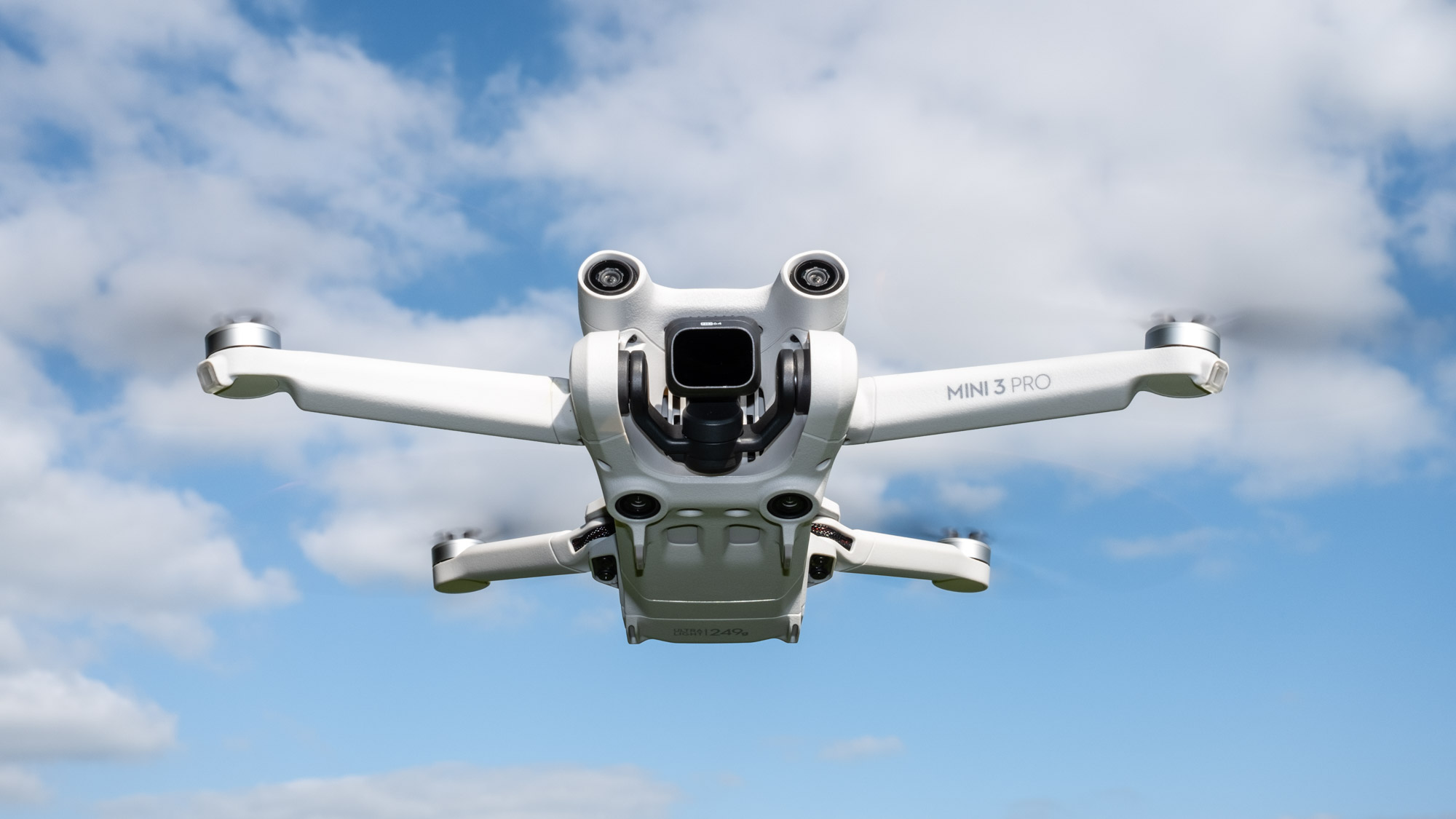
How to choose the best DJI drone
How to choose the best DJI drone
When choosing a DJI drone, budget will be a key factor. Professional models such as the DJI Inspire 3 cost significantly more than sub-250g drones like the DJI Mini 4 Pro. The payoff is that you get pro-grade features and a huge amount of versatility. Most people will find the sweet spot lies in the middle of the range, where models such as the DJI Air 3 balance performance, portability and price. If you’re looking for something more affordable, you can also look at last-gen drones like the DJI Mini 3.
Learners should look for models with safety features, such as obstacle avoidance. This isn’t found on every DJI drone, but its a useful option to reduce the risk of mid-air collisions. DJI drones are also known for their automated shooting and subject-tracking modes, which make it easier to capture cinematic shots.
Most DJI drones are sold with a controller, but these aren’t all the same. Pretty much all of them feature some kind of screen and joystick setup, but DJI has produced a number of controller versions, so it’s worth looking at which type comes with your preferred model. You can also choose to upgrade to an optional handset, if you’d like more control or a different style of grip.
DJI drones are renowned for their image quality and the effectiveness of their stabilization. Pretty much every DJI drone can record 4K video, but some capture higher frame rates and better dynamic range. The right choice will depend on whether you plan to focus more on stills or video, and how serious you are about either (or both). The Mavic 3 Pro, for example, has three cameras for maximum versatility, while the DJI Mini 3 Pro supports the D-Log M color profile for consistent video grading.
Finally, don’t overlook size and weight. Many DJI drones can be folded down to fit in a carry case or backpack for easy travel, but weight limits are crucial. Larger drones tend to be more stable, but come with additional registration requirements. Drones weighing less than 250g, like the DJI Mini 4 Pro, fly under most regulations.
Meet the team
Collectively, our team of reviewers has amassed hundreds of hours safely testing all types of consumer drones in UK and US skies, for all budgets and use cases, covering the latest and greatest models since consumer-level drones became a thing.
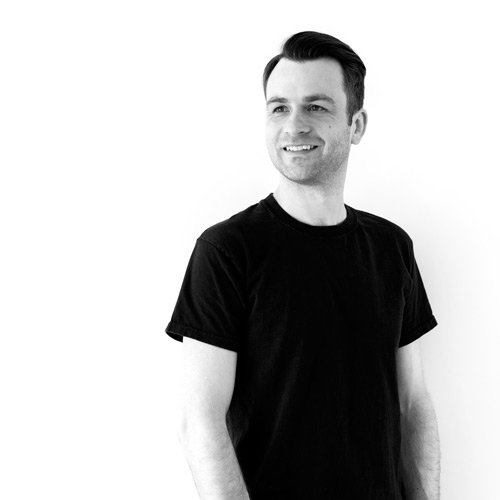
James Abbott is a professional photographer and freelance photography journalist. He contributes articles about photography, cameras and drones to a wide range of magazines and websites where he applies a wealth of experience to testing the latest photographic tech. He's one of our top go-to drone experts.
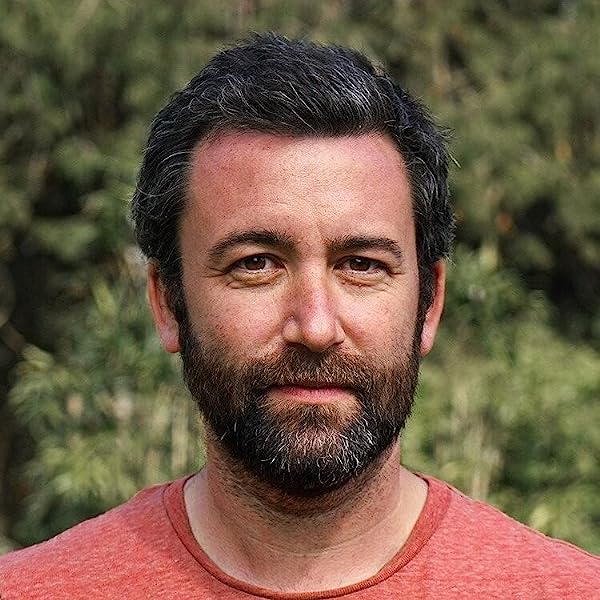
A versatile photographer since 2008 with clients including Adidas, Heineken and McLaren F1, Nico is passionate about sharing his knowledge also on his blog. Having flown camera drones since 2013, he made the jump into the FPV drones rabbithole in 2022 and is loving every minute of it (including the odd crash).

Sam has been writing about tech and digital culture for over 20 years, starting off in video games journalism before branching out into the wonderful worlds of consumer electronics and photography. Over the years he has written for Wired, Stuff, GQ, T3, Trusted Reviews and PC Zone, and now lives on the Kent coast in the UK – the ideal place for a camera reviewer and drone pilot to ply their trade.
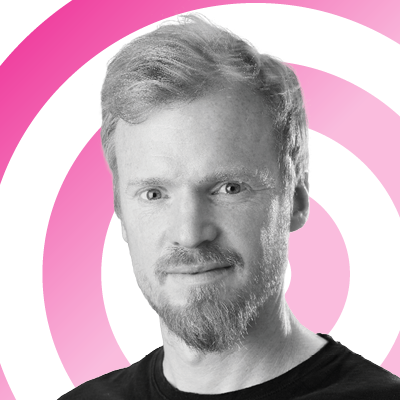
As Cameras Editor, Tim looks after all cameras content on Tech Radar. This includes buying guides, opinions, reviews and news, and covers anything from mirrorless cameras to film and smartphones. He has been cutting his teeth in the photo and video industry for almost 20 years.

Mark is an expert on 3D printers, drones and phones. He also covers storage, including SSDs, NAS drives and portable hard drives. He started writing in 1986 and has contributed to MicroMart, PC Format, 3D World, among others.
How we test DJI drones
How we test DJI drones

☑️ 10s of drones reviewed
☑️ 15 years of product testing
☑️ Over 16,000 products reviewed in total
☑️ Nearly 200,000 hours testing tech
While the cameras are the main focus of the DJI drones we review, we also test their flying performance to see how easy they are to operate. We check their stabilization in the air, their responsiveness and their top speed. Perhaps most importantly, we also assess their obstacle avoidance – which is particularly crucial if you want a drone that automatically tracks and follows a subject.
After testing the drone's battery life claims based on some real-world flights, we then move onto their cameras. We shoot a range if clips at different resolutions and frame-rates, including high-contrast scenes to push their dynamic range to the limit, plus some low-light scenes. Automated flight modes are also tested to see whether they're genuinely useful or fun gimmicks.
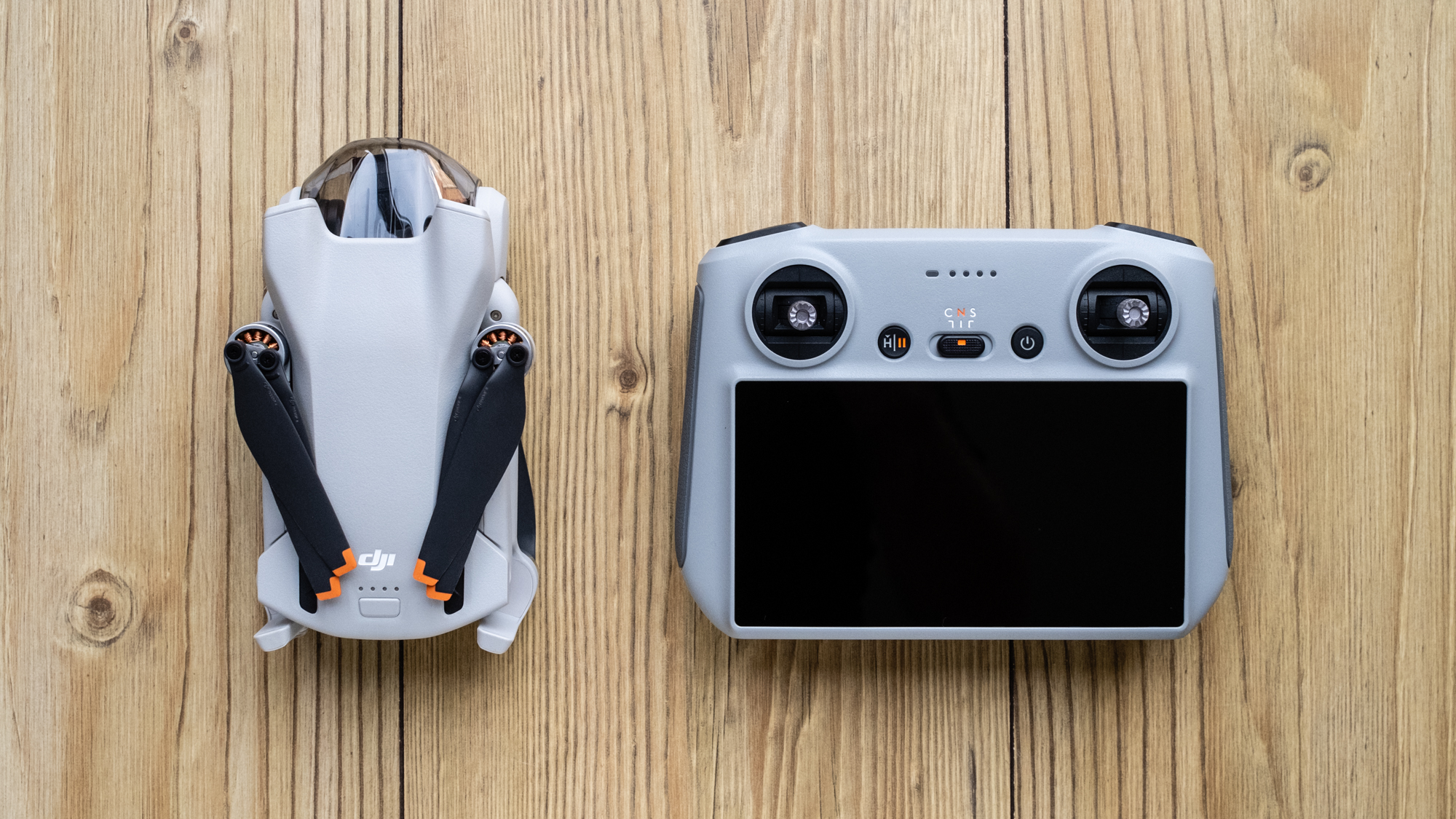
These videos are then assessed on a calibrated monitor, along with the drone's still photos (which we shoot in maximum resolution in both JPEG and raw, at various ISOs).
When it comes to image quality, we look at detail, sharpness across the frame, and high ISO noise handling, to see which conditions you can reasonably expect to shoot usable video and stills in. We then combine these results with our overall impression of the drone's design, features and value to produce our final verdict.
Get daily insight, inspiration and deals in your inbox
Sign up for breaking news, reviews, opinion, top tech deals, and more.

Tim is the Cameras editor at TechRadar. He has enjoyed more than 15 years in the photo video industry with most of those in the world of tech journalism. During his time as Deputy Technical Editor with Amateur Photographer, as a freelancer and consequently editor at Tech Radar, Tim has developed a deeply technical knowledge and practical experience with cameras, educating others through news, reviews and features. He’s also worked in video production for Studio 44 with clients including Canon, and volunteers his spare time to consult a non-profit, diverse stories team based in Nairobi. Tim is curious, a keen creative, avid footballer and runner, and moderate flat white drinker who has lived in Kenya and believes we have much to enjoy and learn from each other.
- Paul HattonFreelance writer
- Chris Rowlands